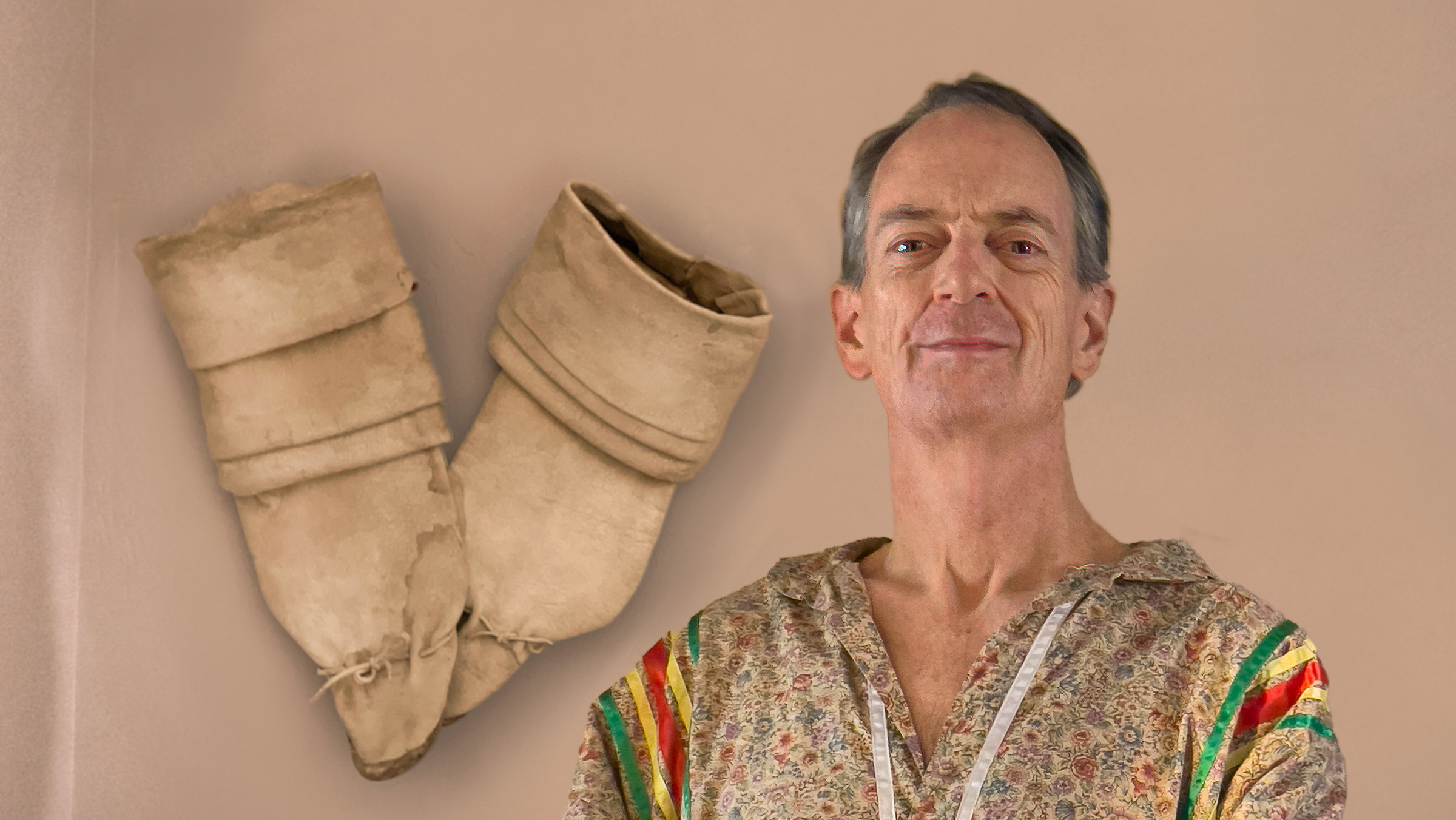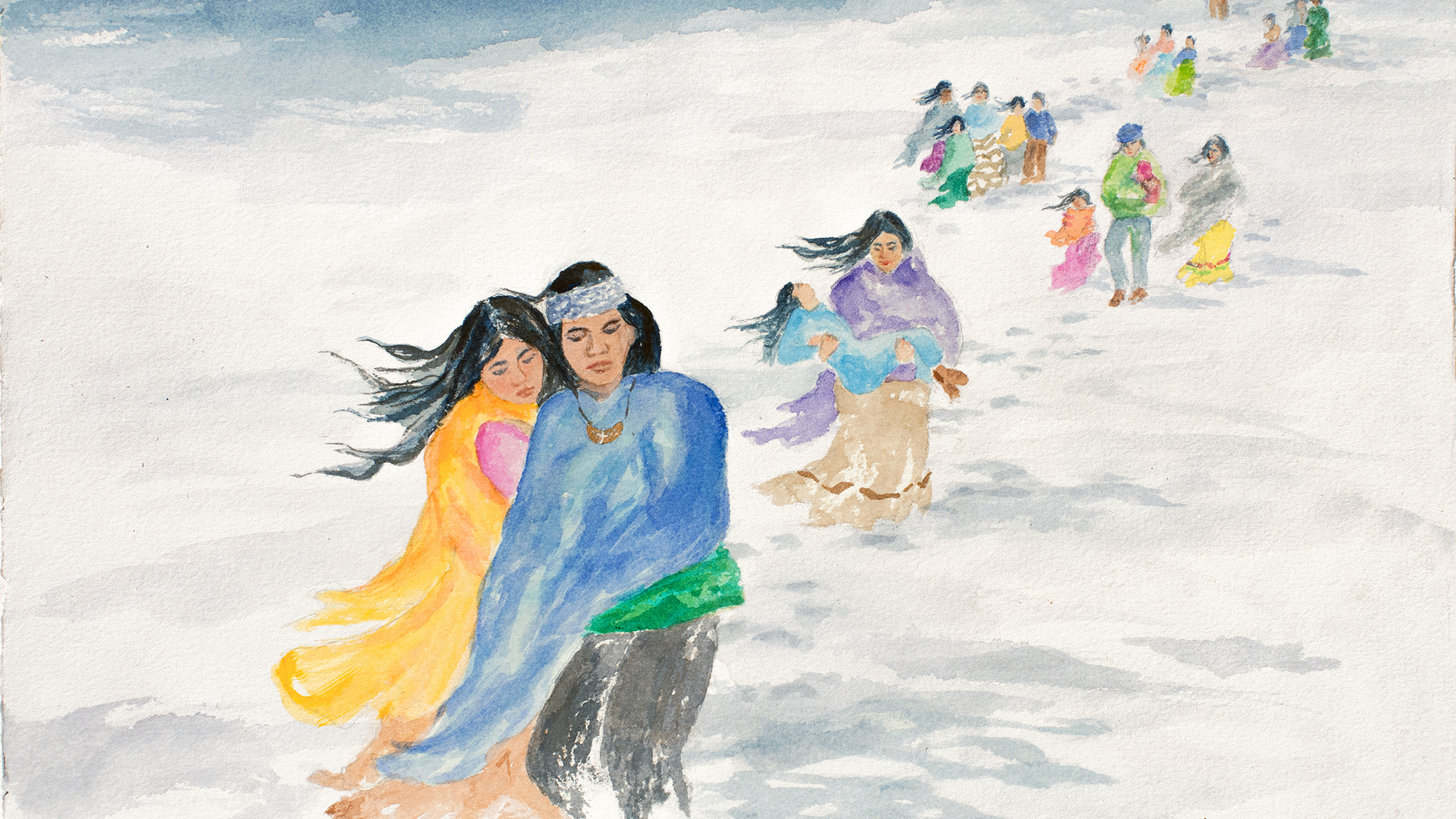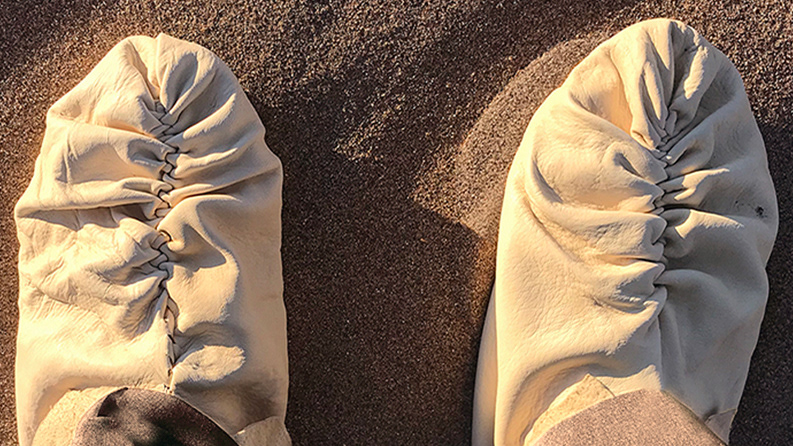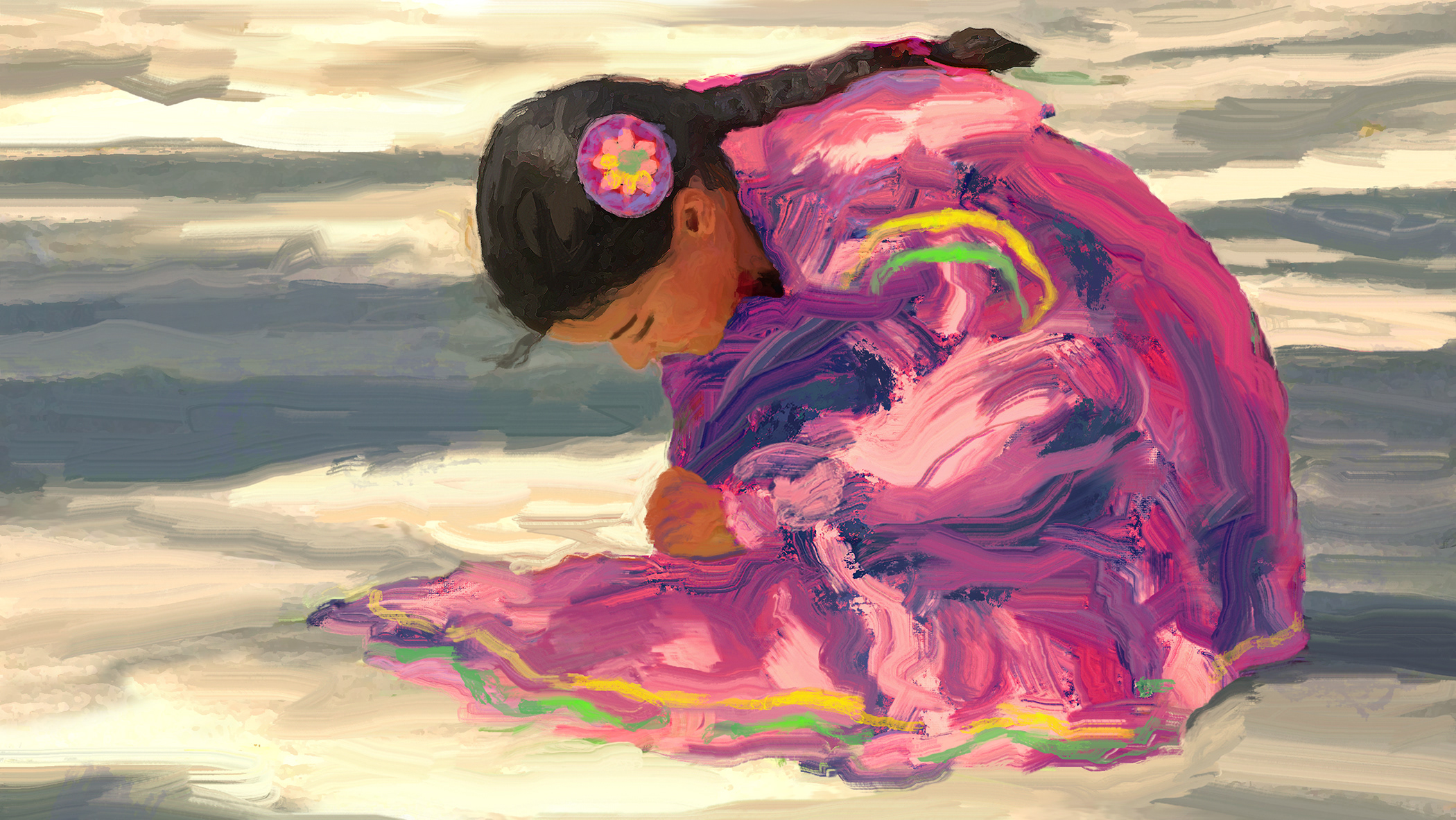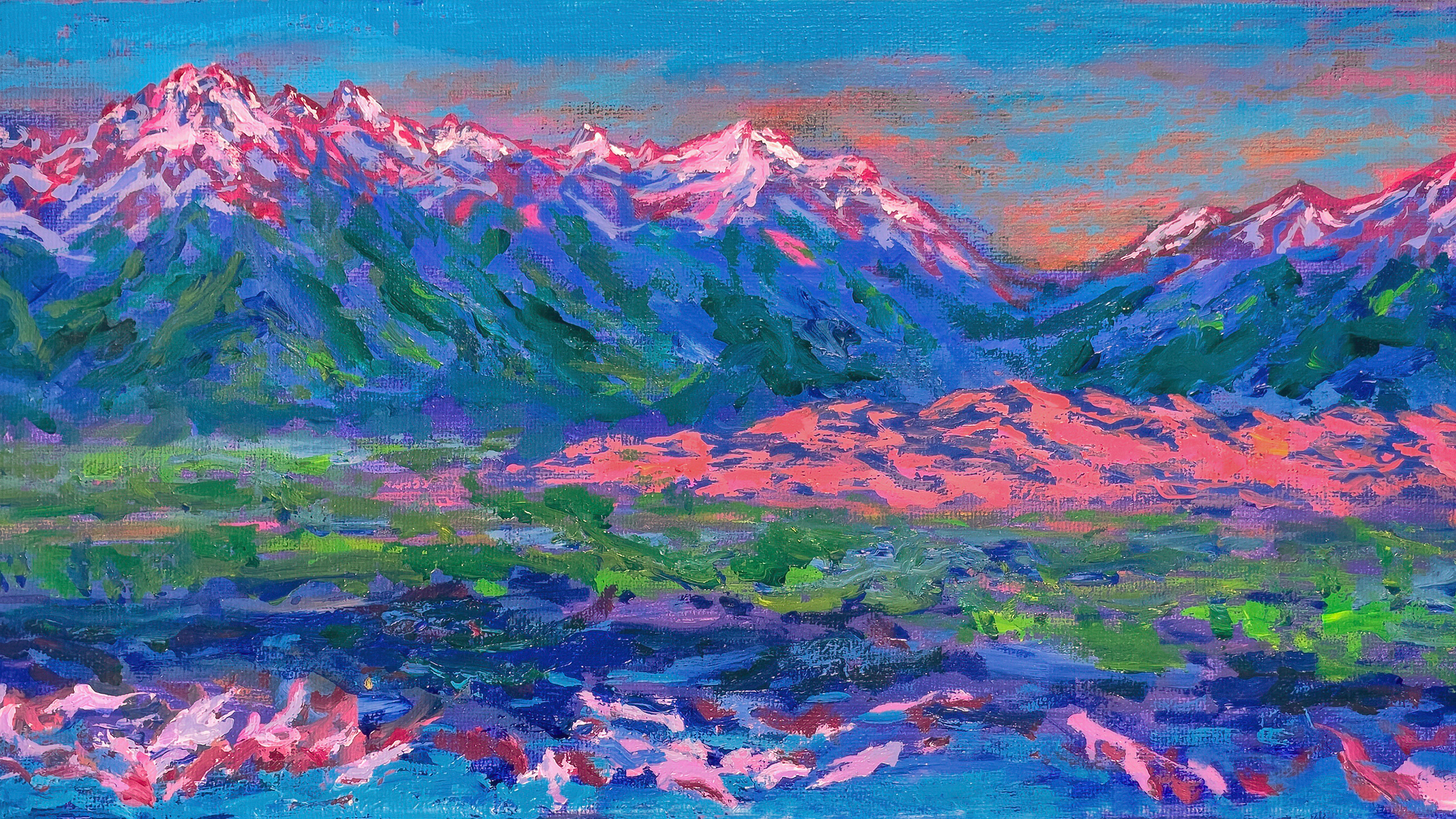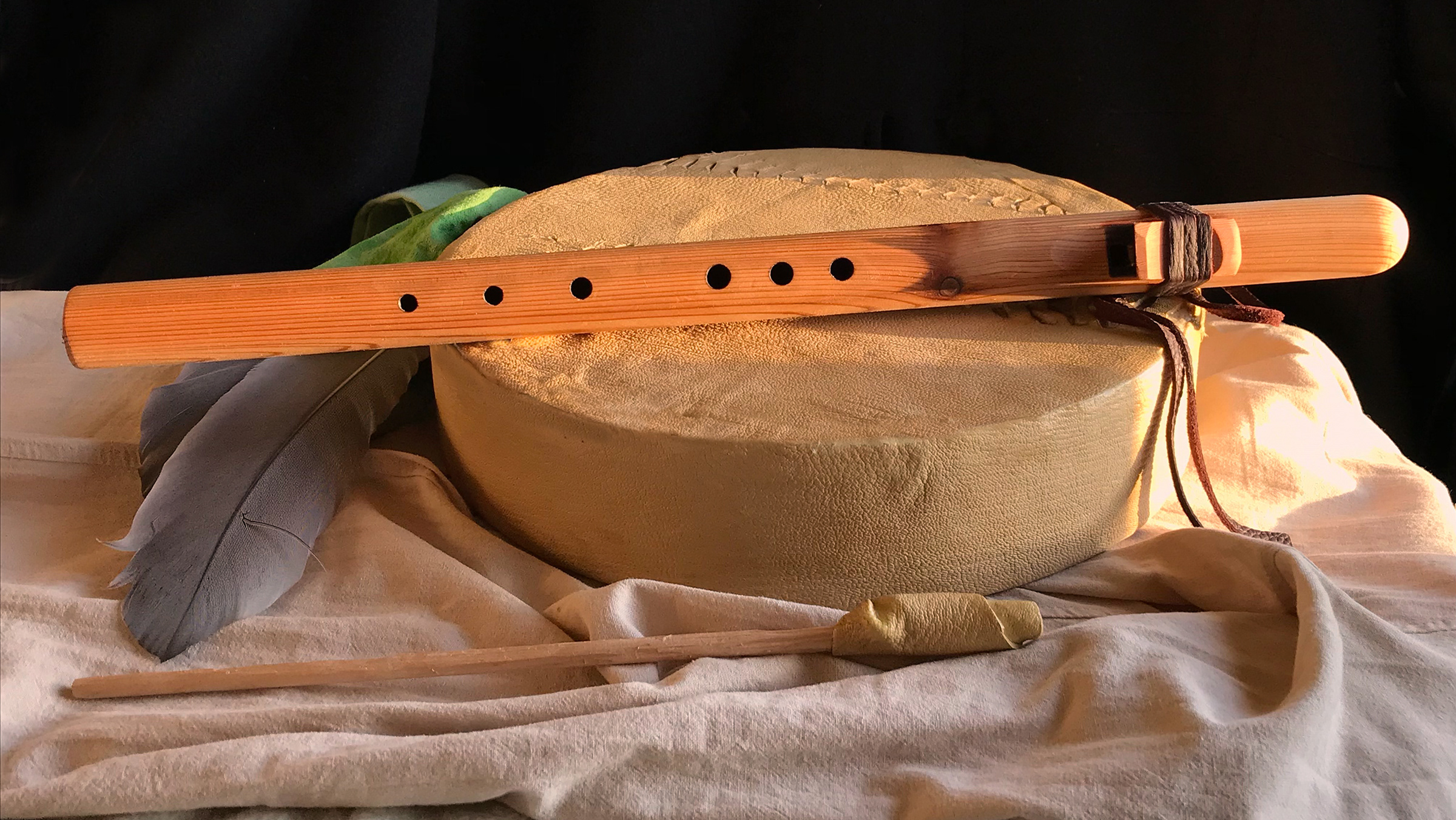August 8, 2025
My newest watercolor is ‘A Cherokee Gathering’ ('Anitsalagi Anadatlisisgv’ or ‘ᎠᏂᏣᎳᎩ ᎠᎾᏓᏟᏏᏍᎬ’ in Cherokee syllabary). Cherokees of various ages walk toward a gathering place in anticipation of celebrating Cherokee culture, heritage, and 'gadugi' (ᏍᎦᏚᎩ), which means working together in community to serve and care for one another. This painting is now in the juried Cherokee Homecoming Art Show:
https://homecomingartshow.com/
https://homecomingartshow.com/
__________
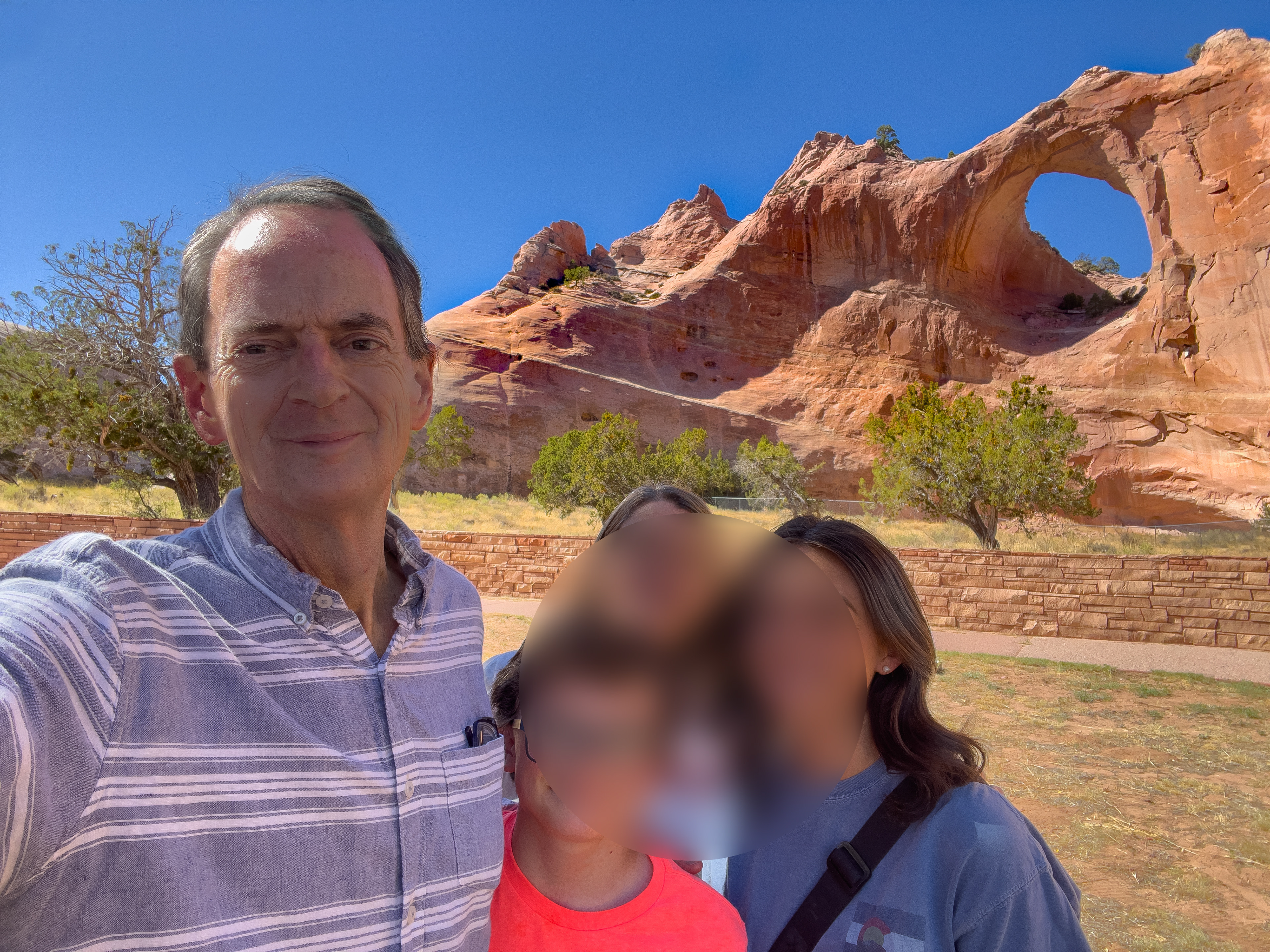
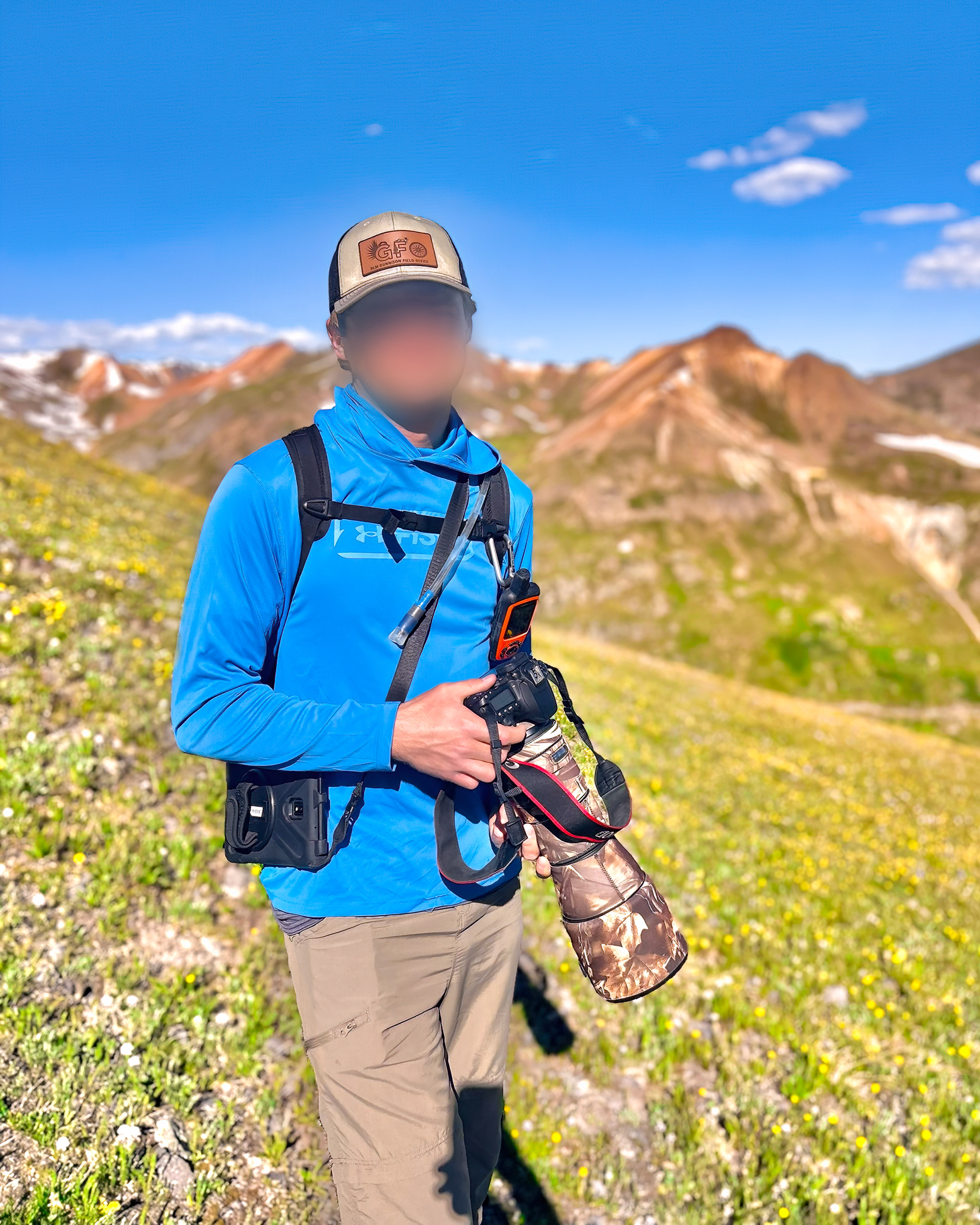
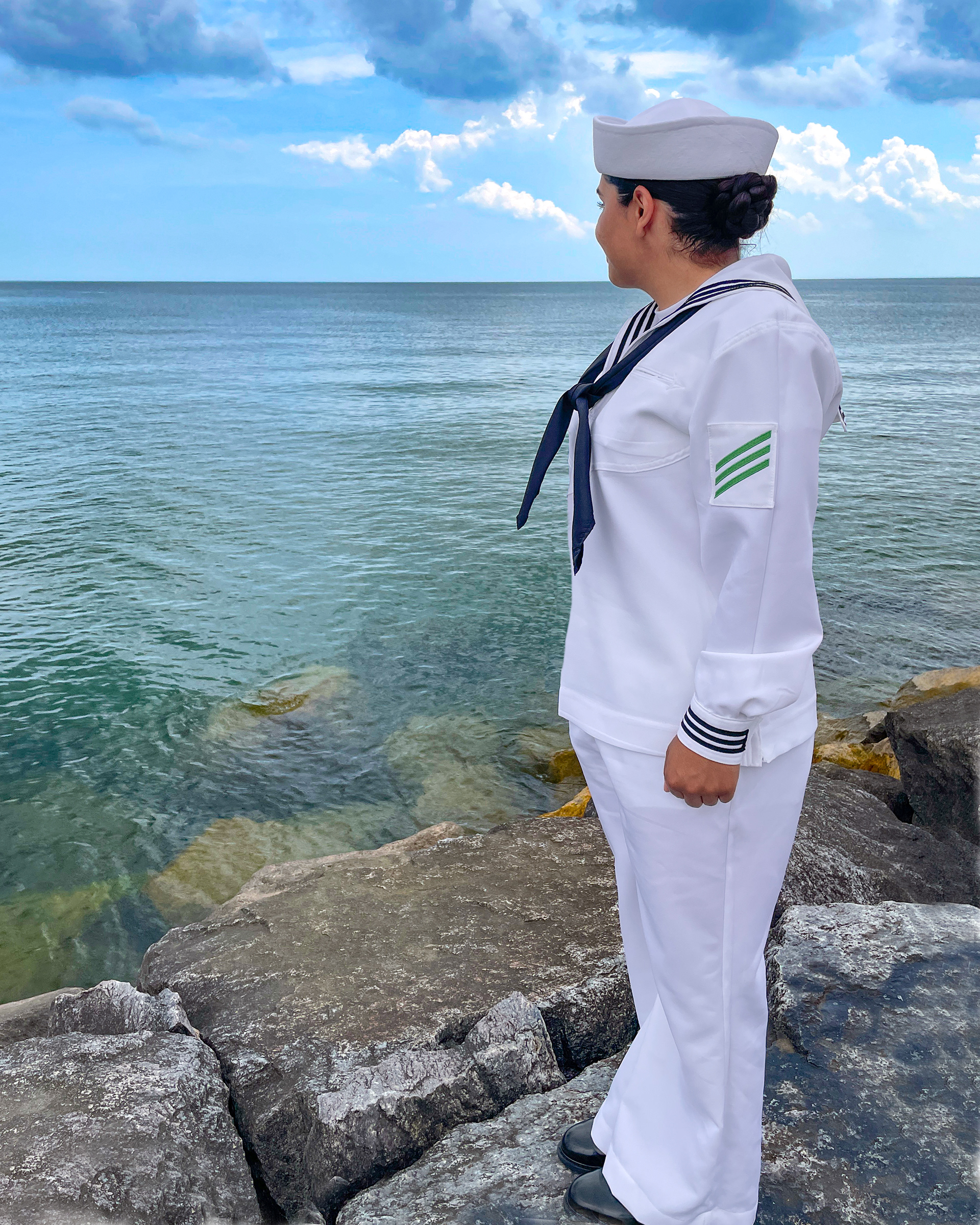
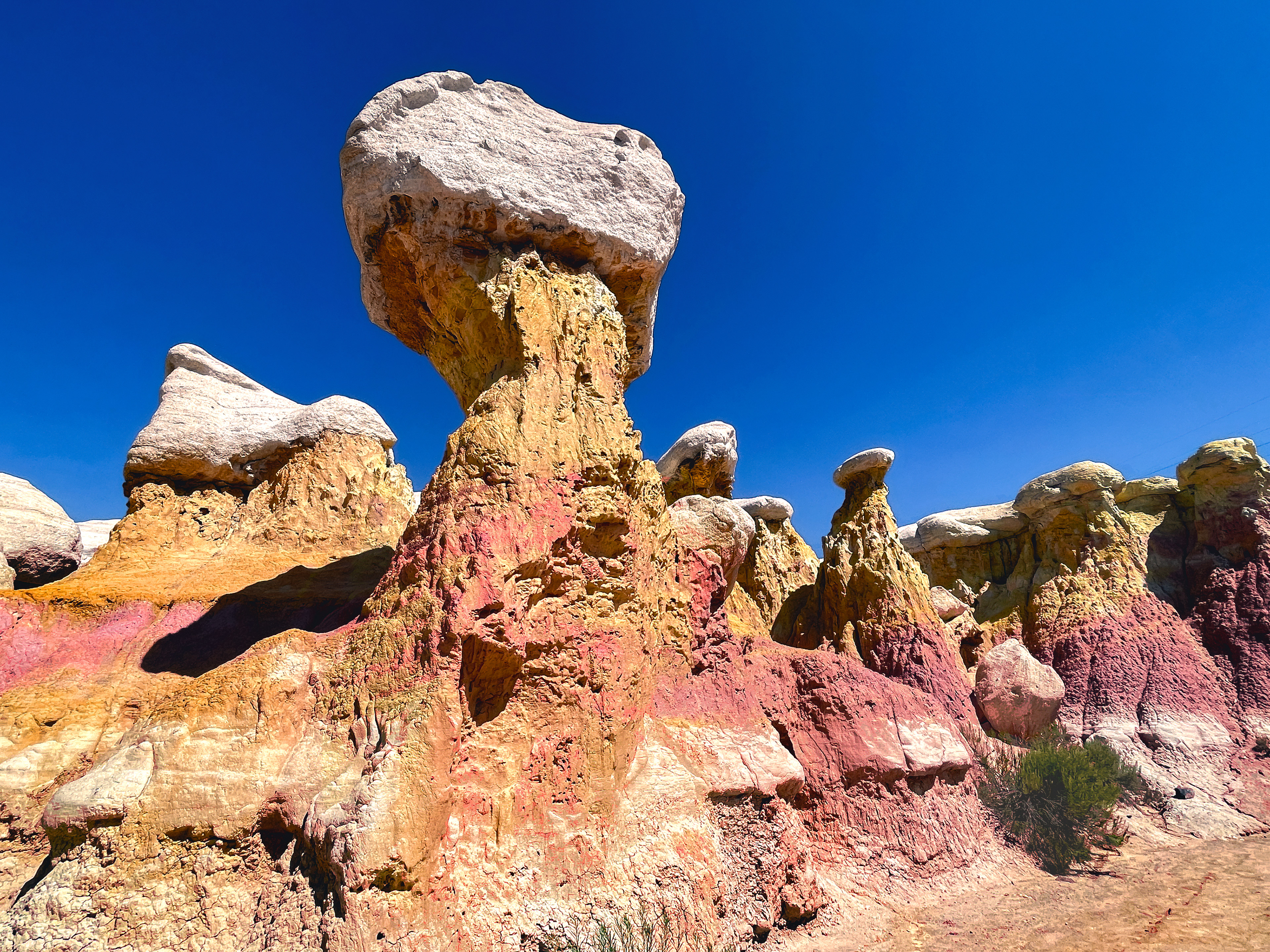
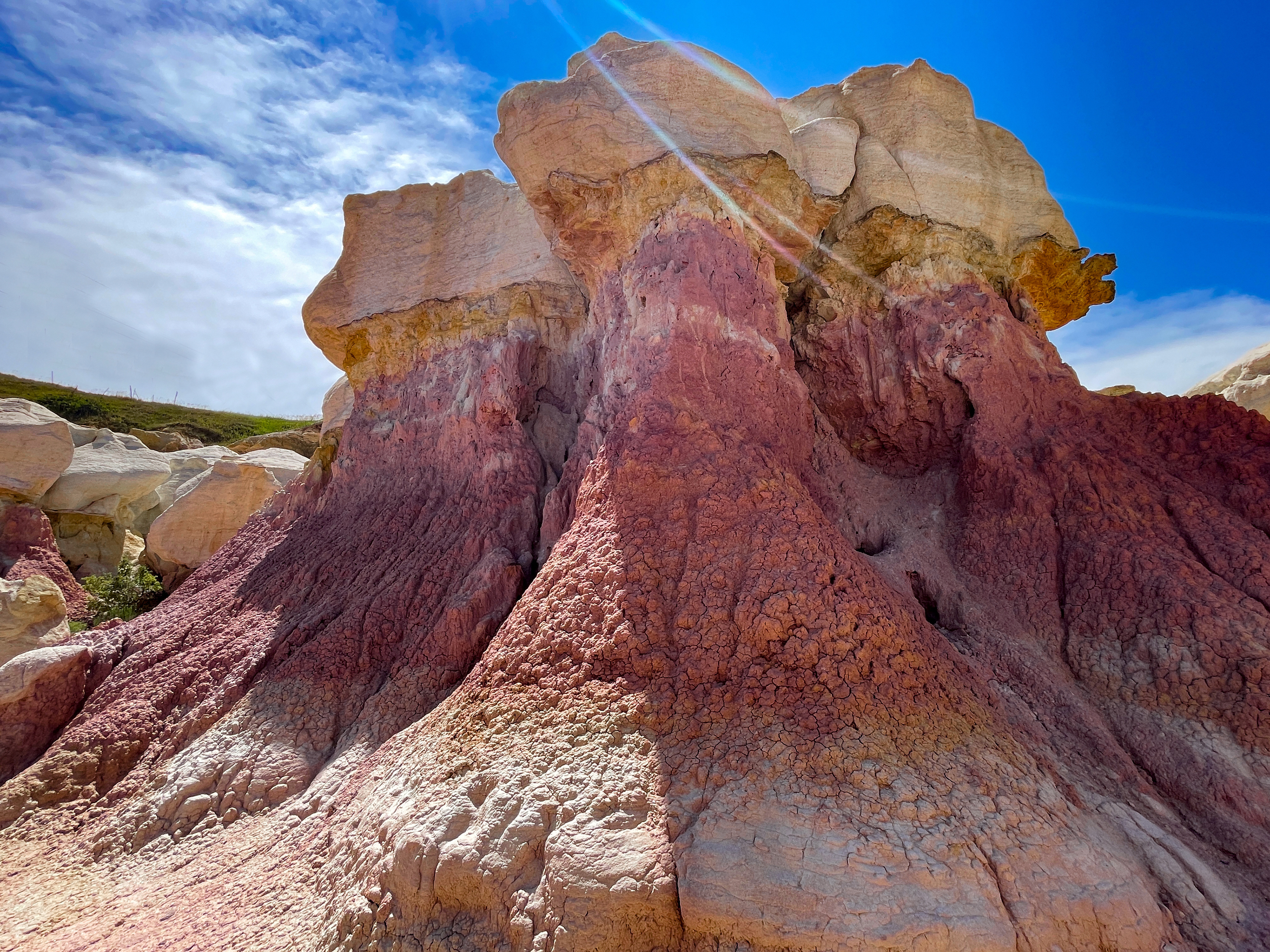
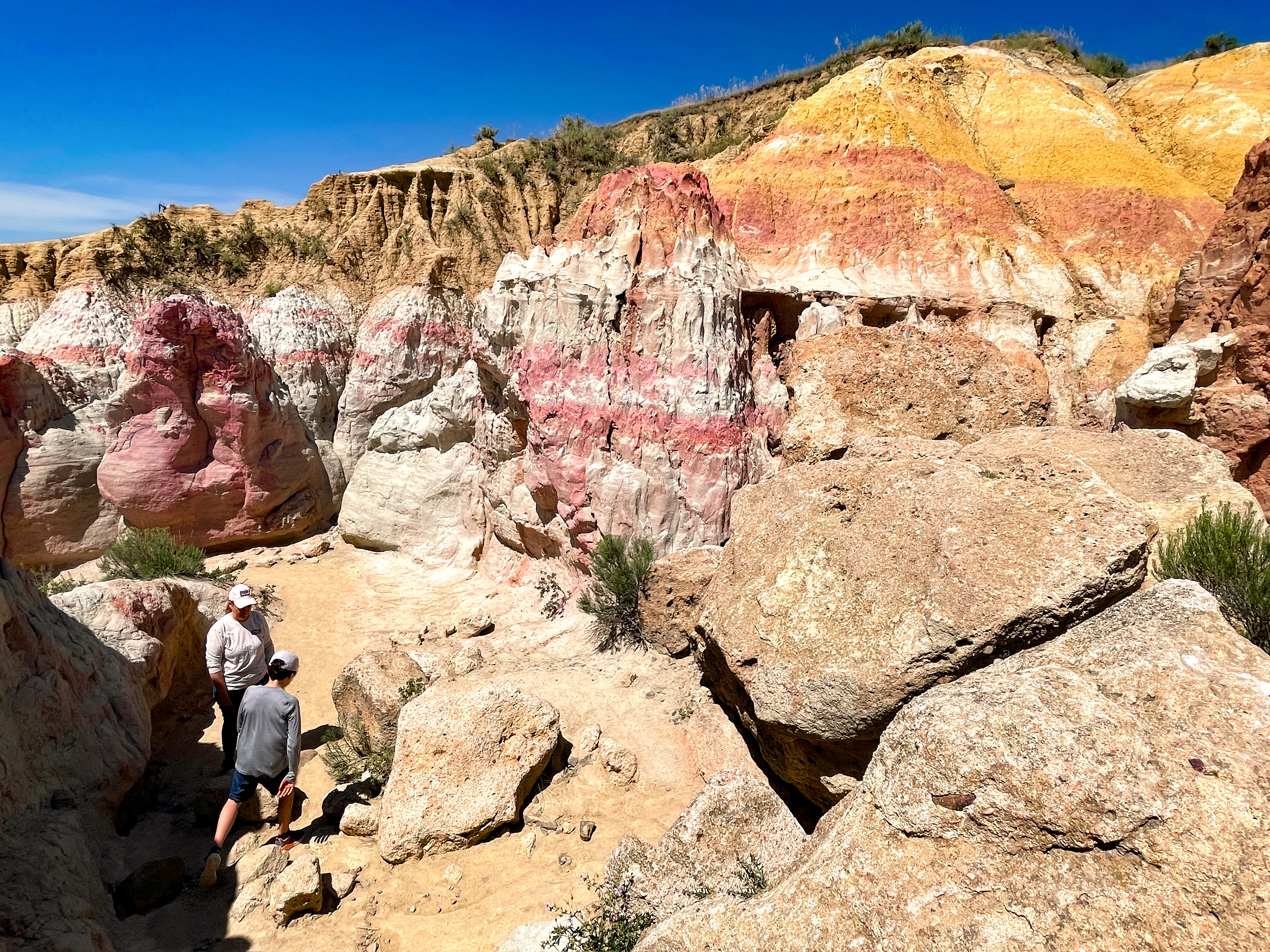
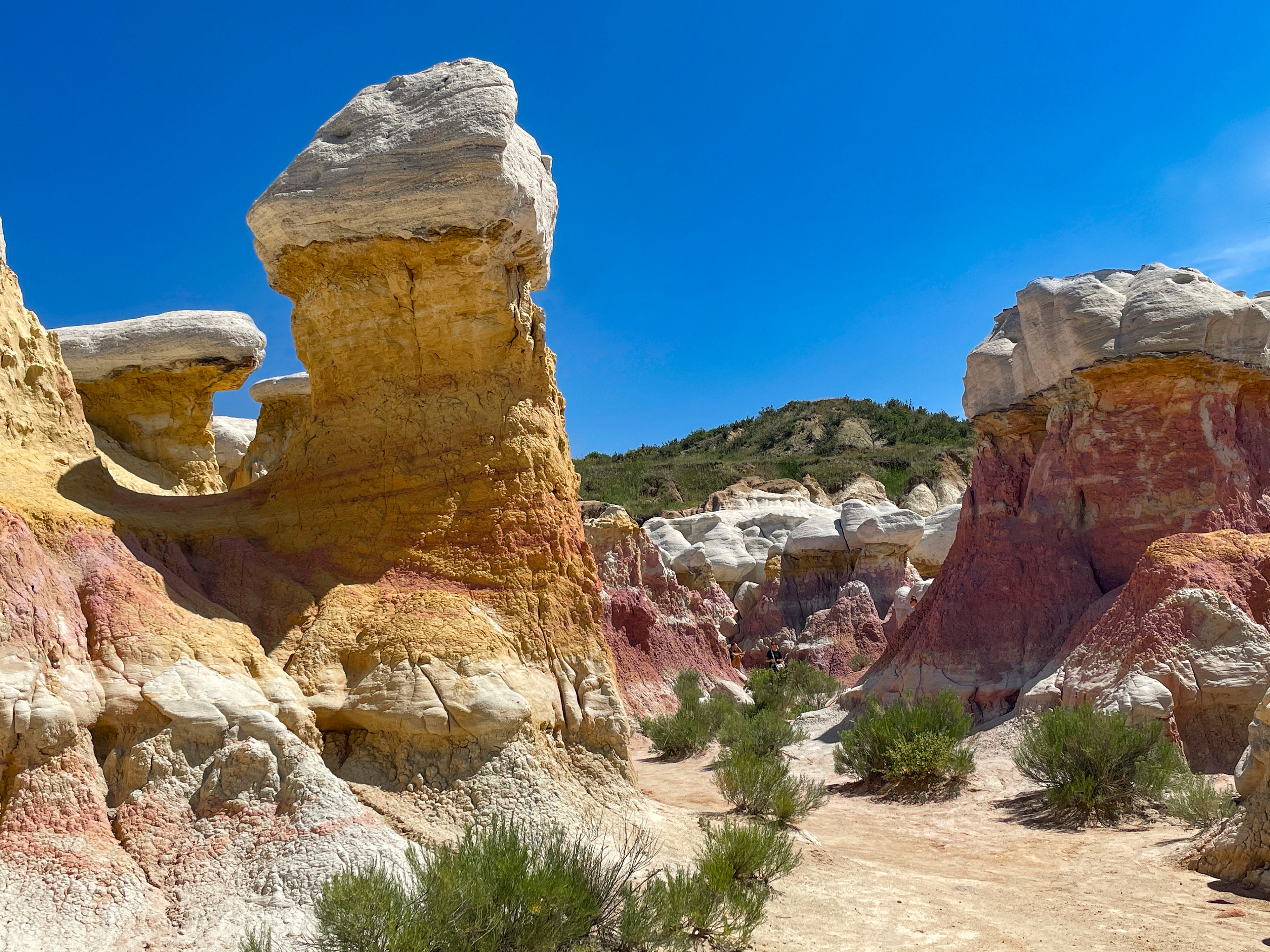
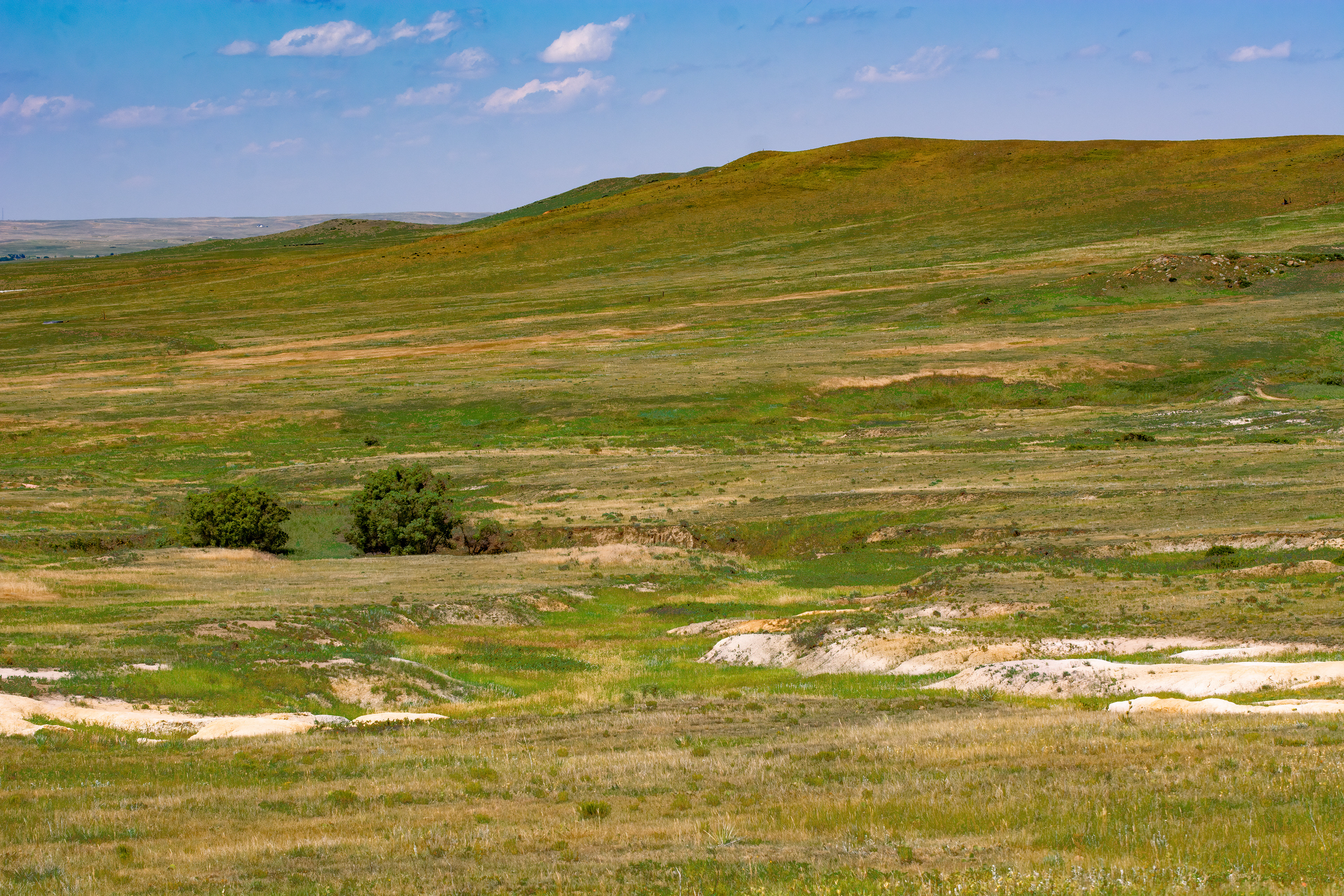
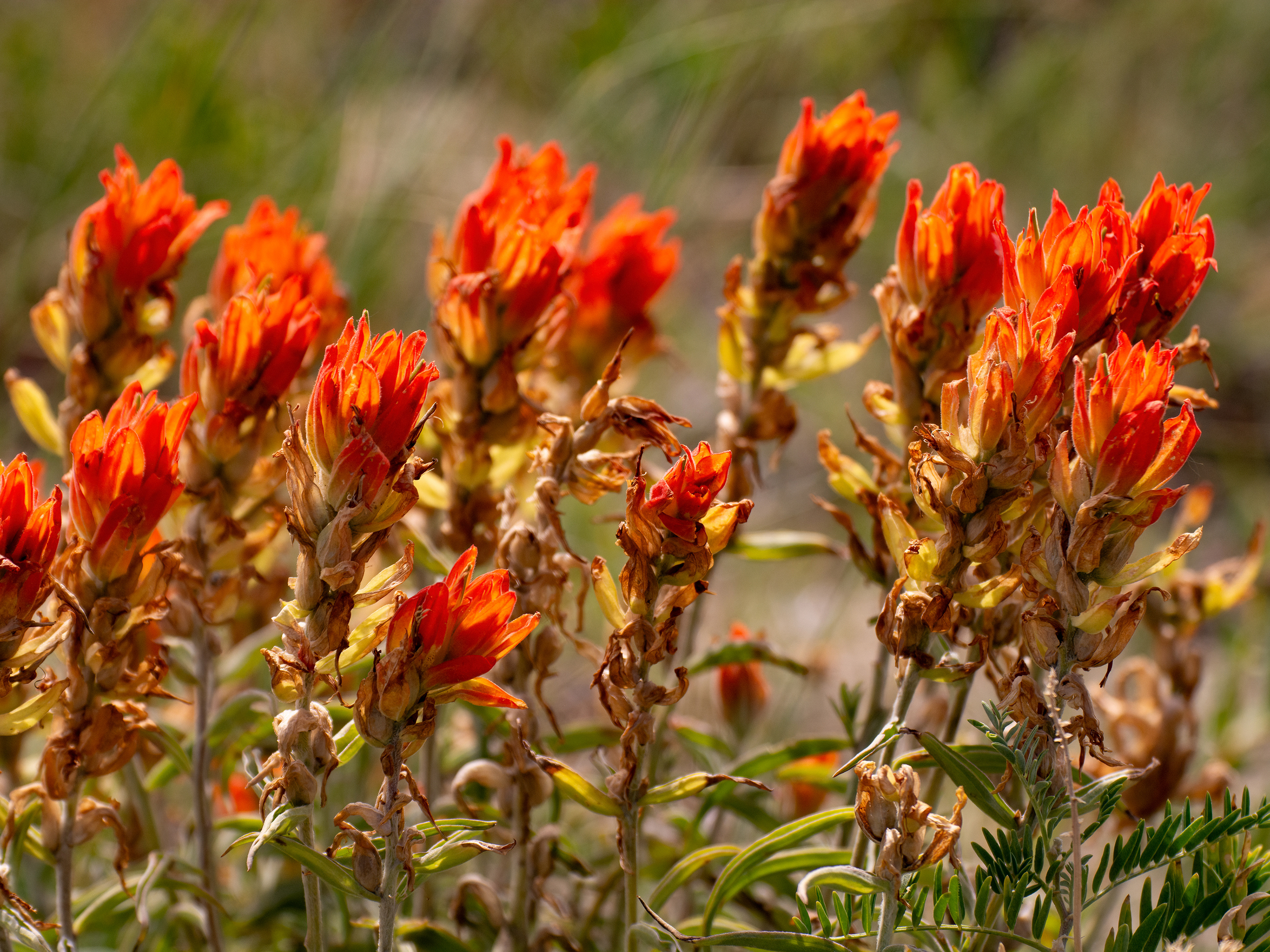
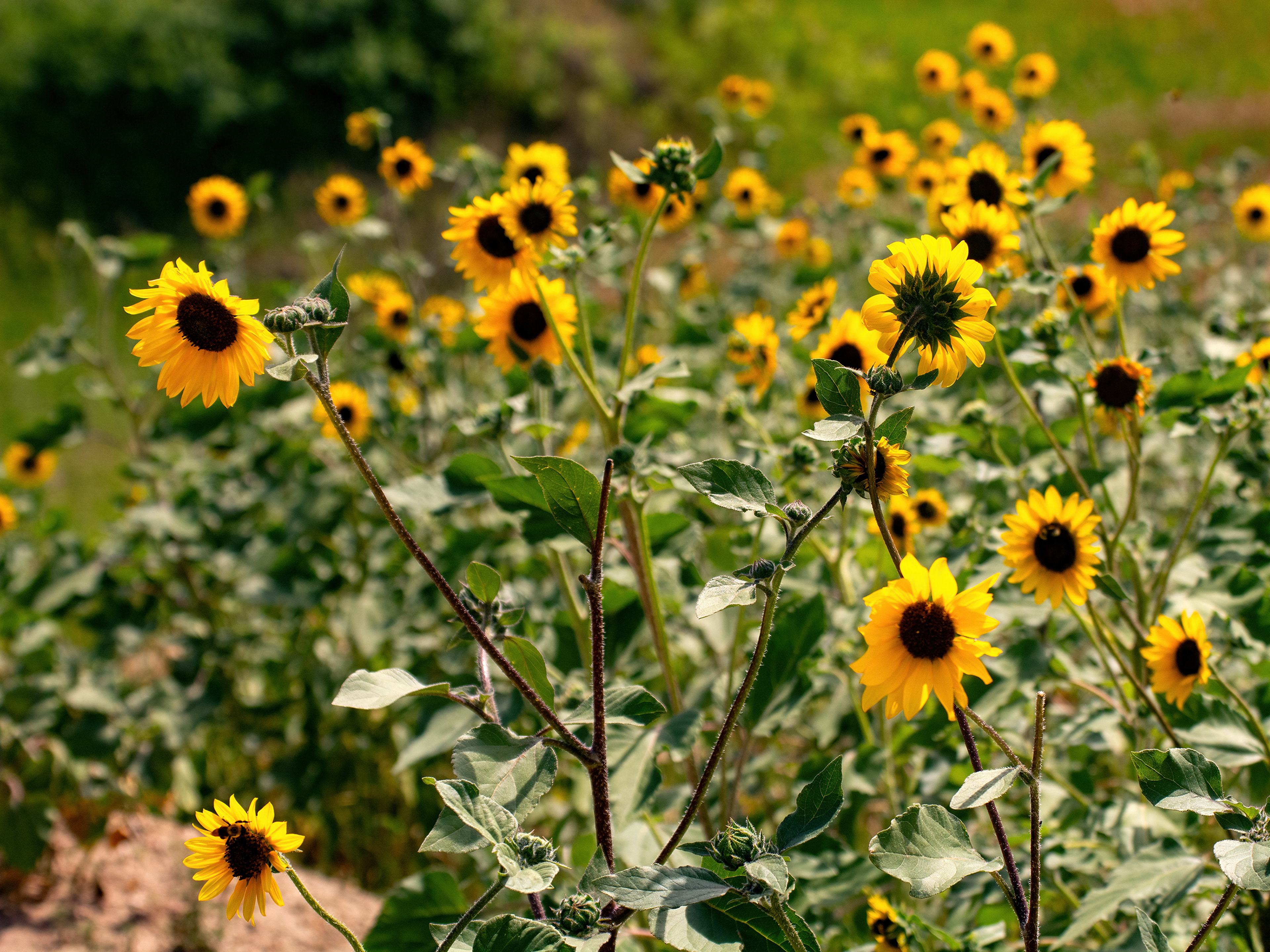
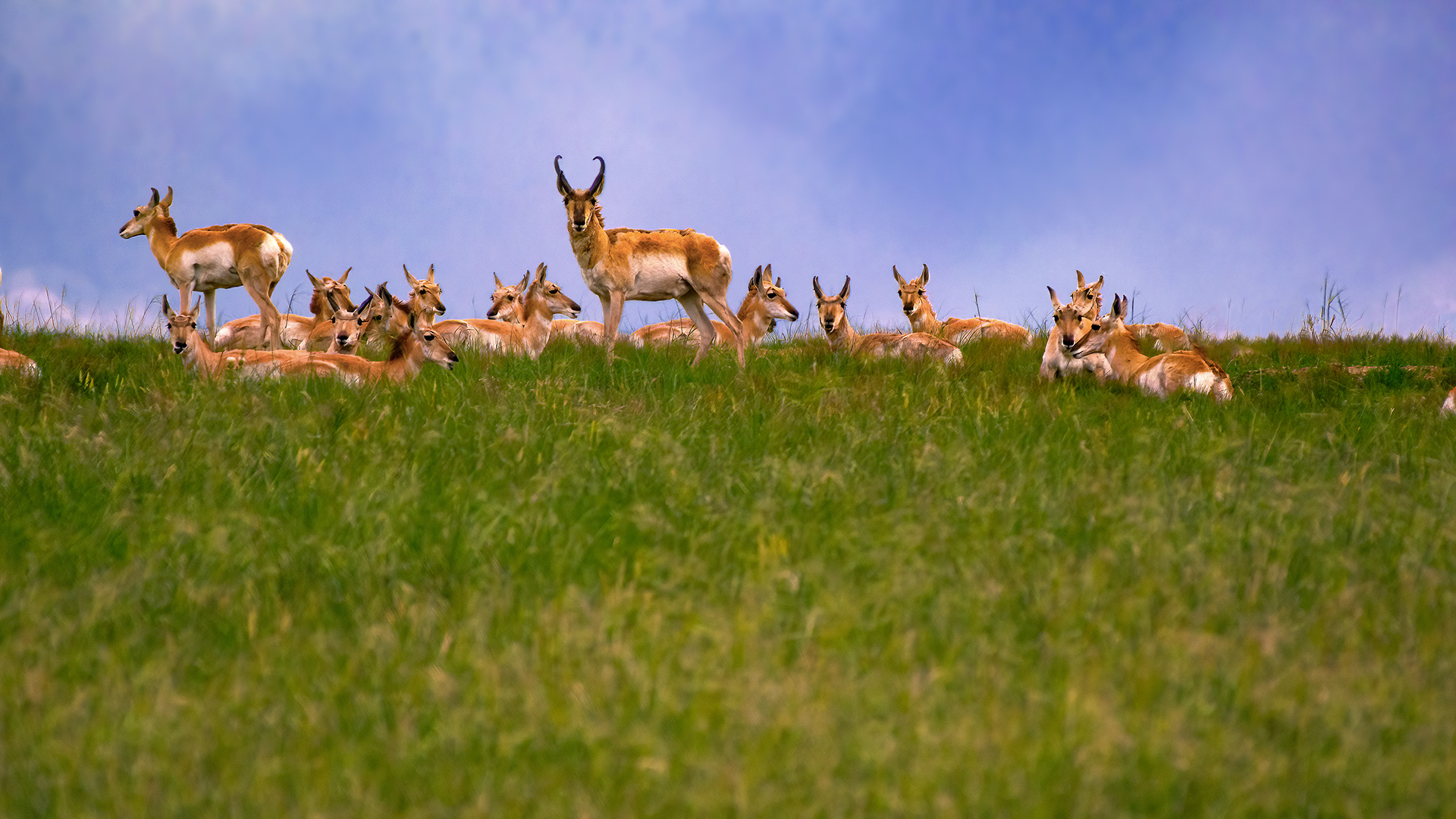
August 3, 2025
This has been a challenging summer of changes. My National Park Service position was eliminated, part of the significant federal job cuts taking place this year. We have been moving our lives to Colorado Springs, looking for new jobs, and prayerfully navigating many transitions.
There are many positive moments and events through it all. I'm especially proud of each our our children - my family is more important to me than anything on this Earth. To protect their privacy in this public space, I do not share their faces or names. Our older three are now young adults, and we still have a tween at home; their lives are also in transition now. One of the older kids just started teaching on the Navajo reservation, one is interning in wildlife biology, and one just graduated from Navy basic training in Chicago. Our younger son has had to leave his school and friends and start a new life. We believe that it will ultimately work out for the good, but this summer hasn't been easy.
We recently took a break from it all and explored Paint Mines Interpretive Park. It’s a natural formation located 30 miles east of Colorado Springs in the high prairie, where Indigenous people have collected the colorful clays for thousands of years. We were last there 15 years ago, when the older kids were 5, 5, and 8. This time we took our younger son.
Our Creator provided these natural paints for people to express their ideas, emotions, and worship - provision in the midst of what some consider a landscape without landmarks. In the same way, during each day of this uncertain season of our lives, we have been given sufficient provision. We are grateful and our hearts are full.
__________
June 10, 2025
While in Kansas this week, we went to a bison preserve where I photographed these three. Bison (yanasa or ᏯᎾᏌ in Cherokee) have long been a staple for many Indigenous people on this continent. Their slaughter to the brink of extinction in the 19th century was part of an overall effort to also exterminate or at least marginalize tribes. By the grace of the Creator, and through the efforts of some courageous people, bison are coming back. I hope that the voices of people with Indigenous heritage will also increasingly be heard in our nation.
__________

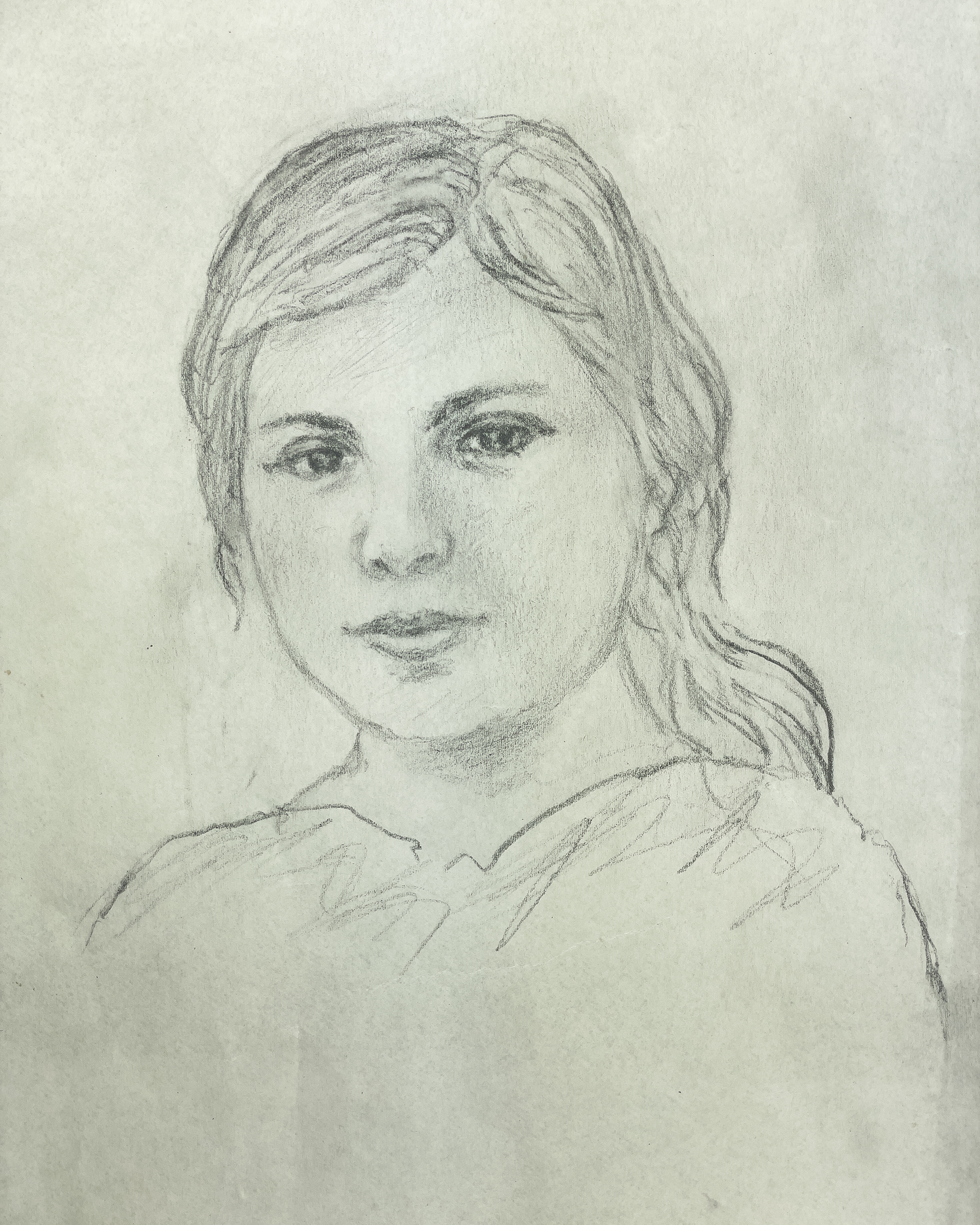
January 12, 2025
My first artworks this year are a couple of pencil drawings of my grandmother, one in her older years, and another of her as a young woman.
__________
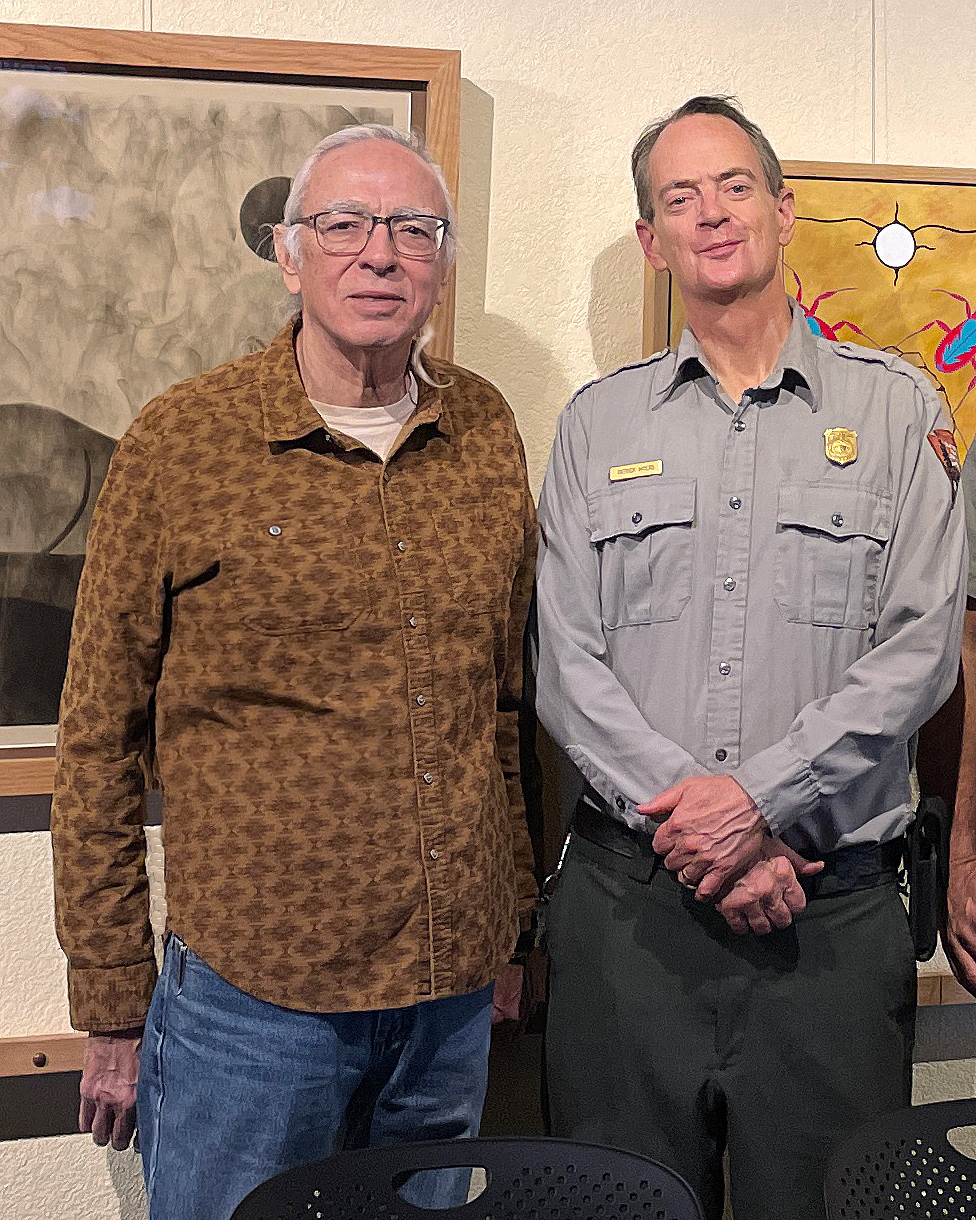
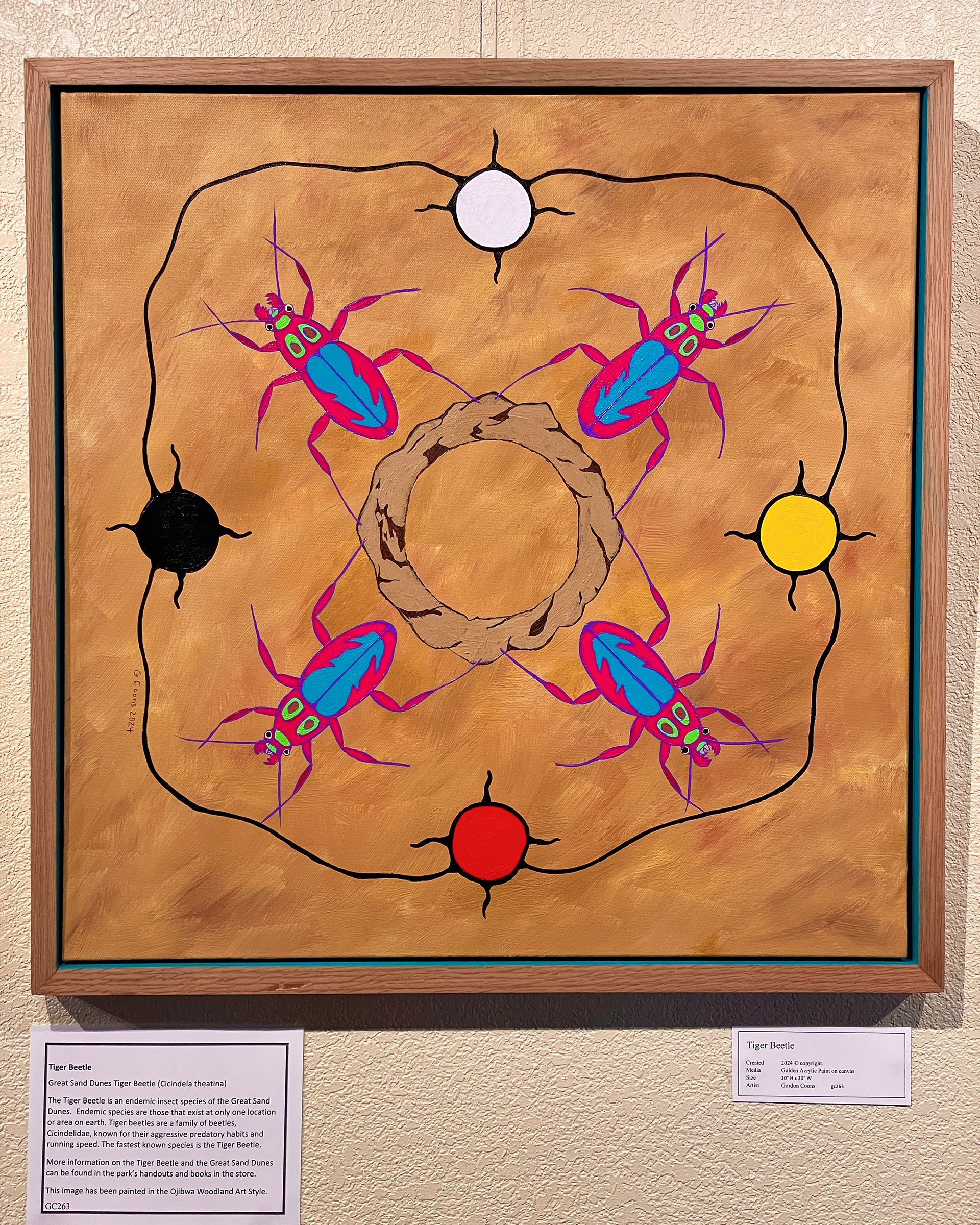
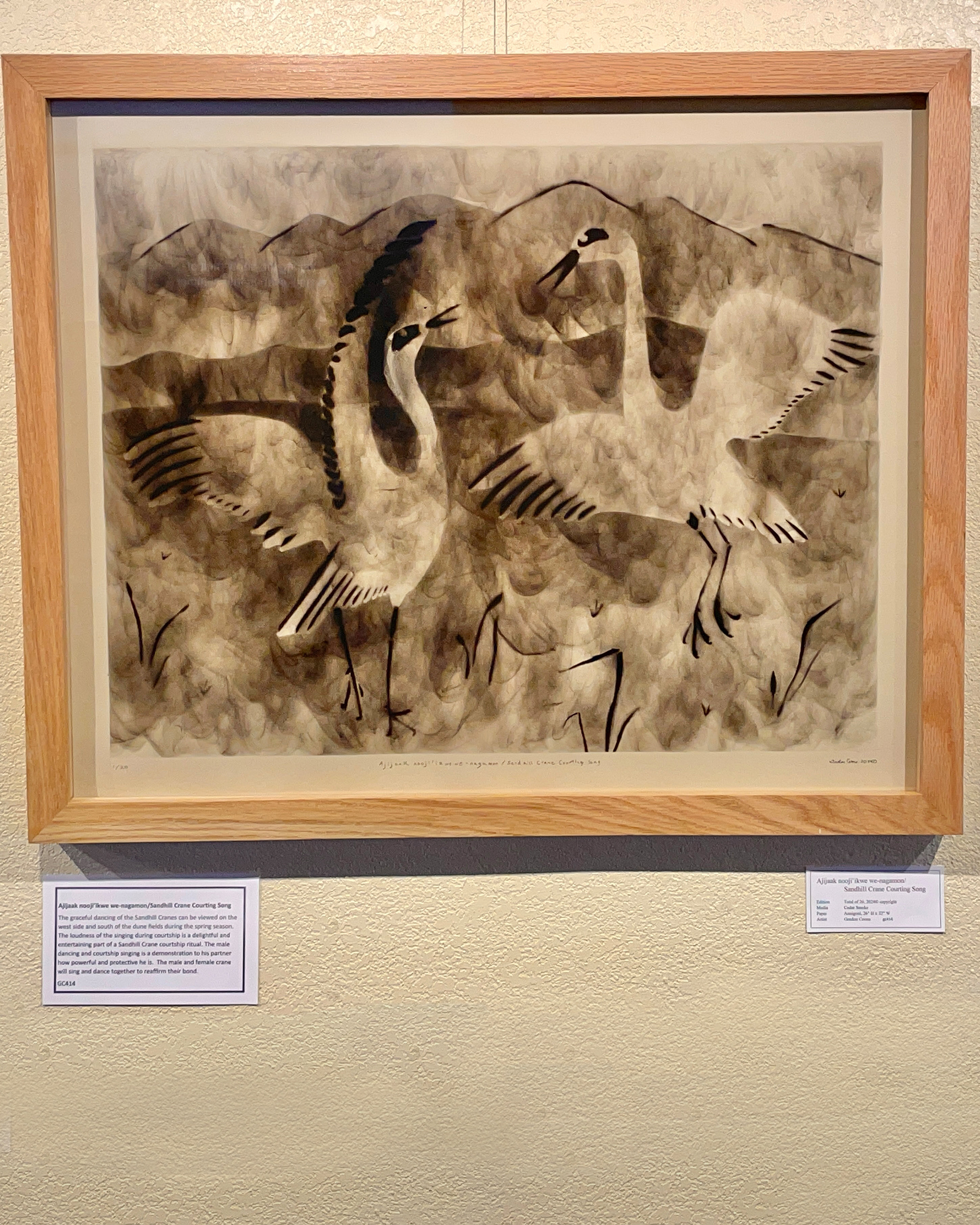
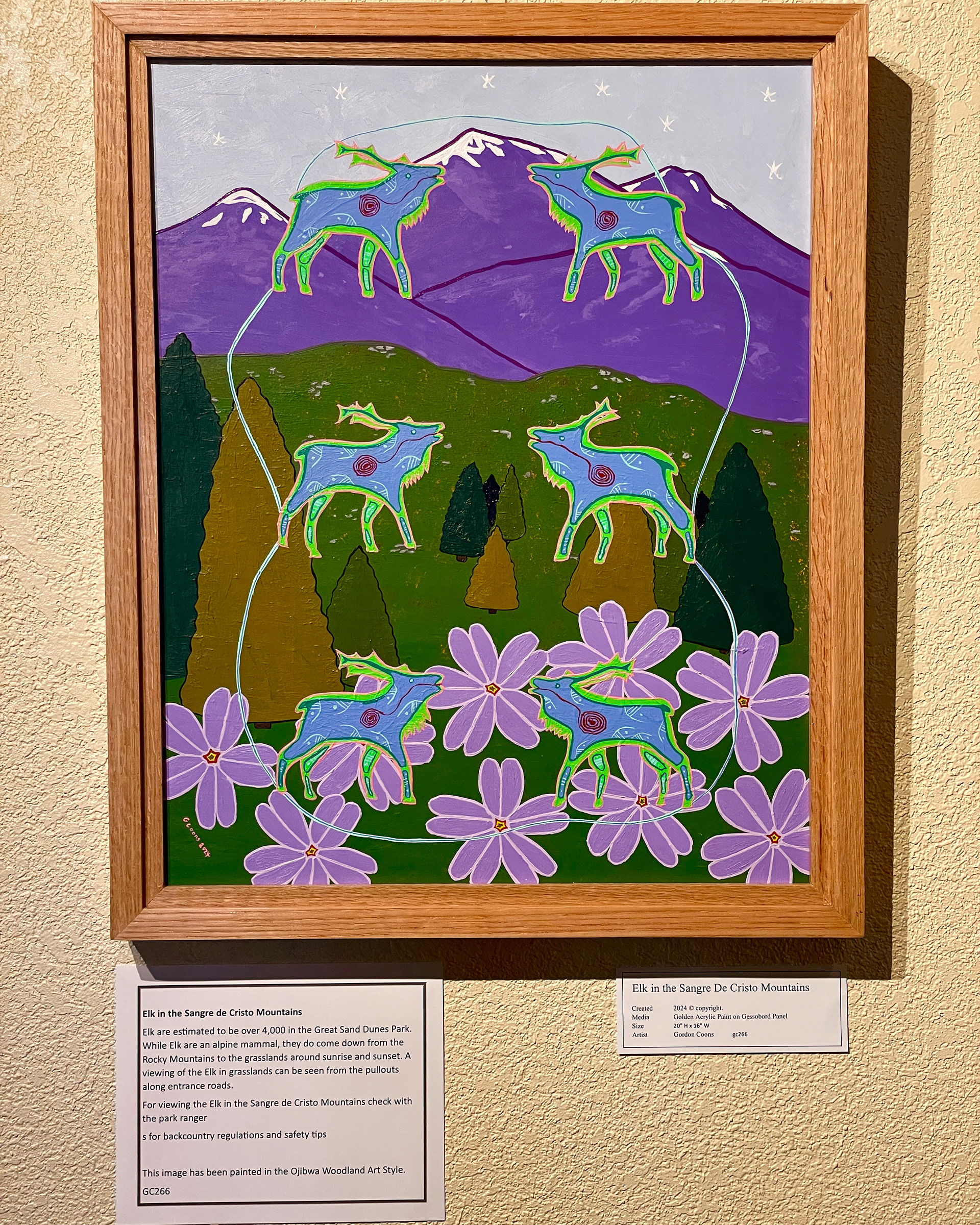
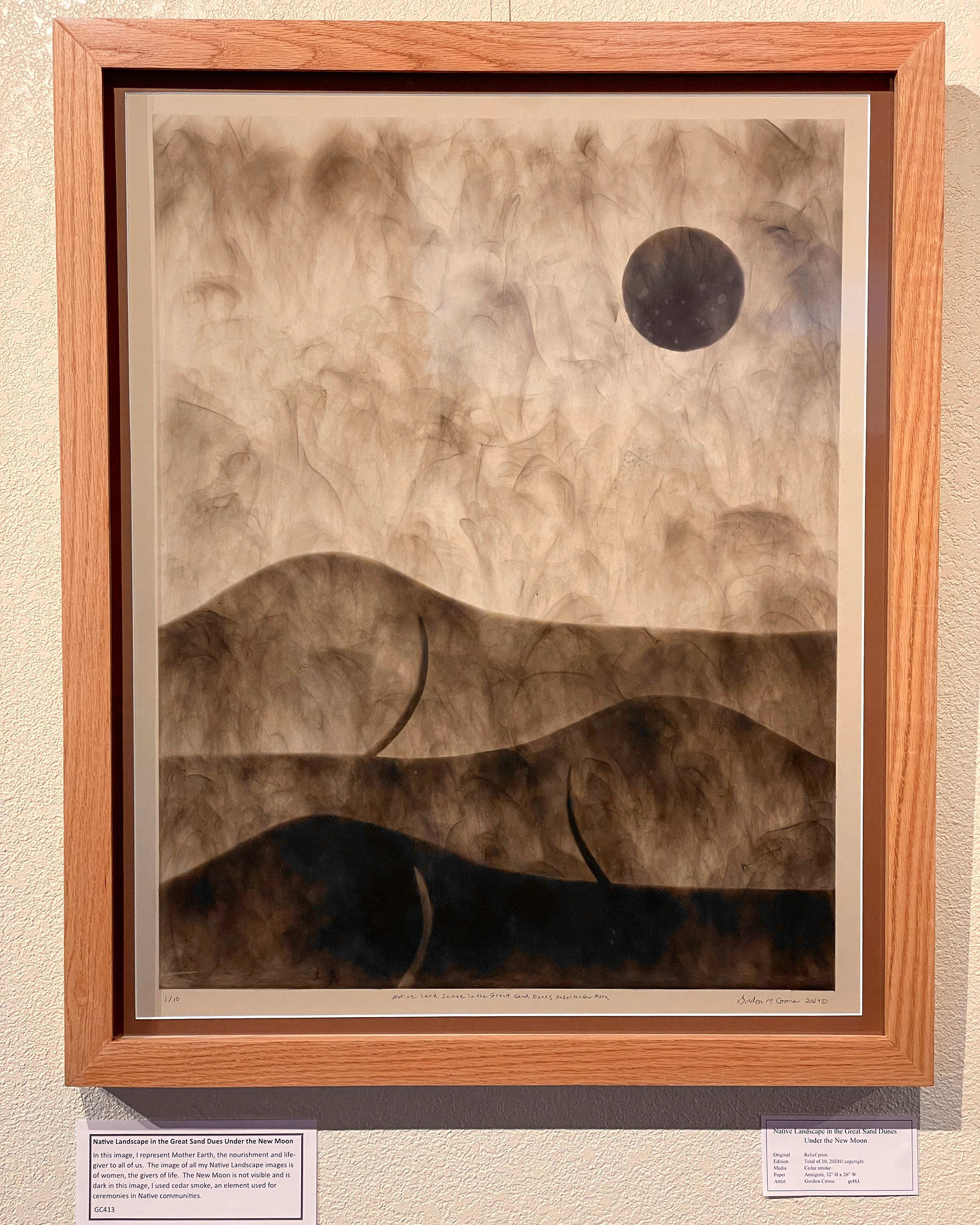
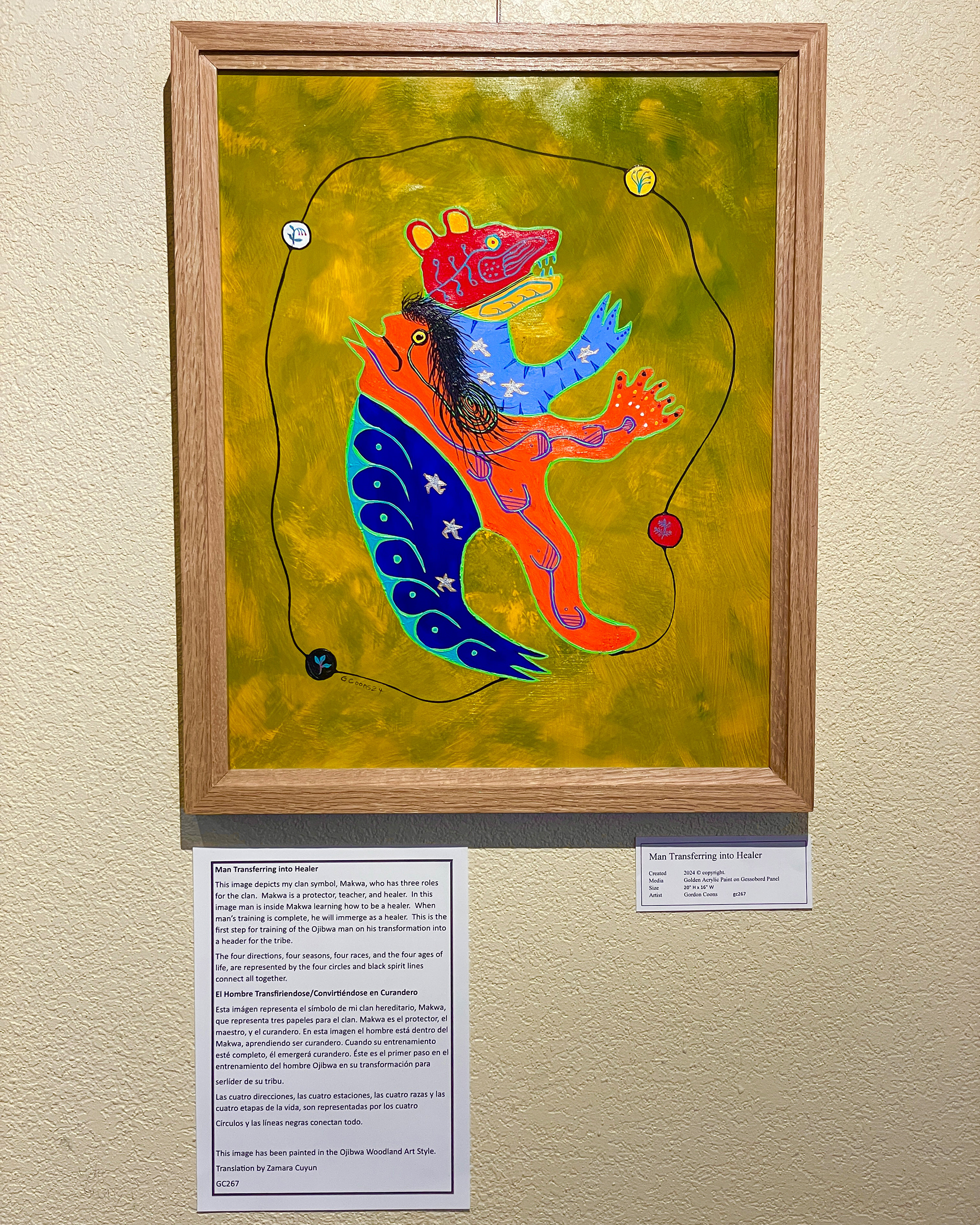
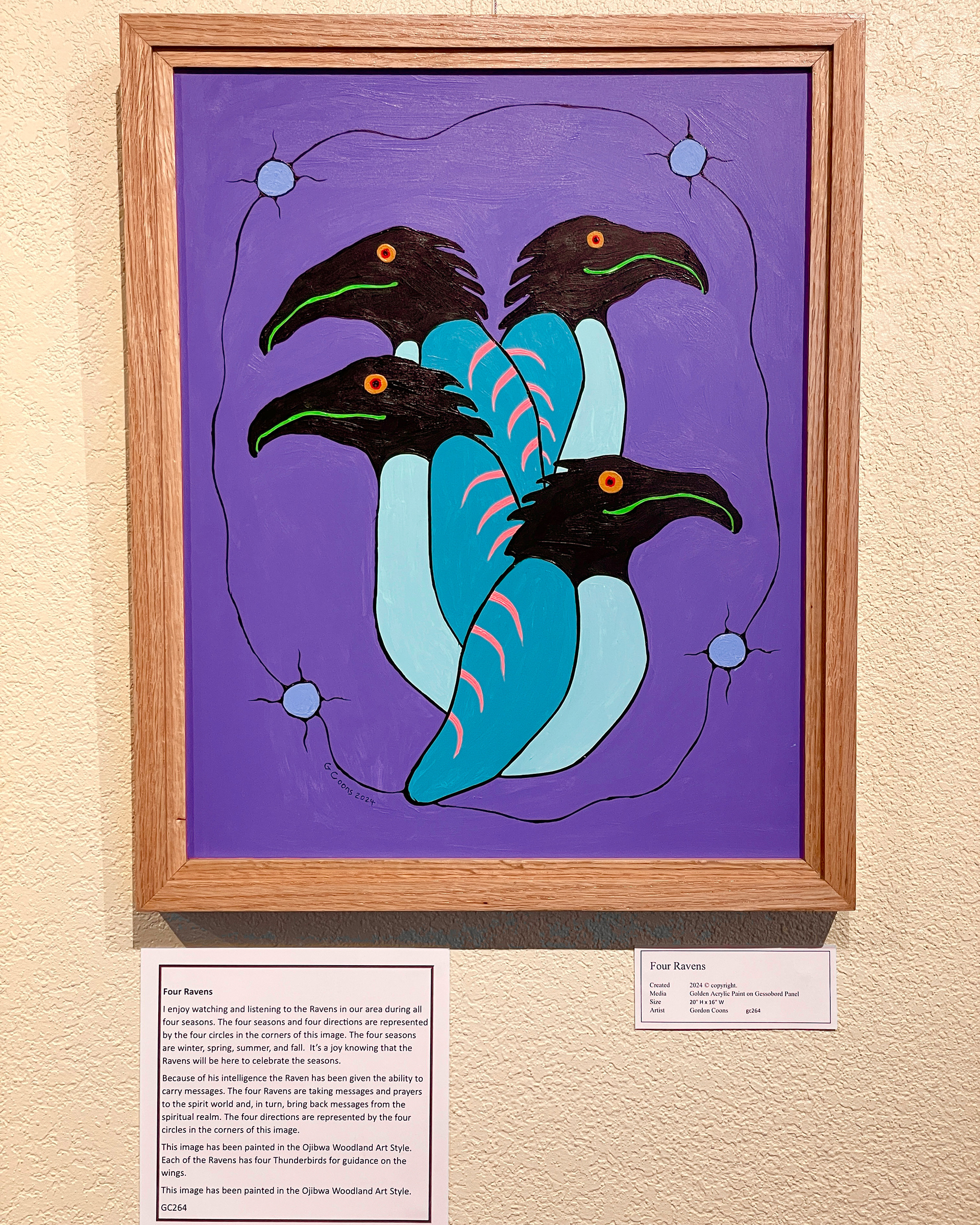
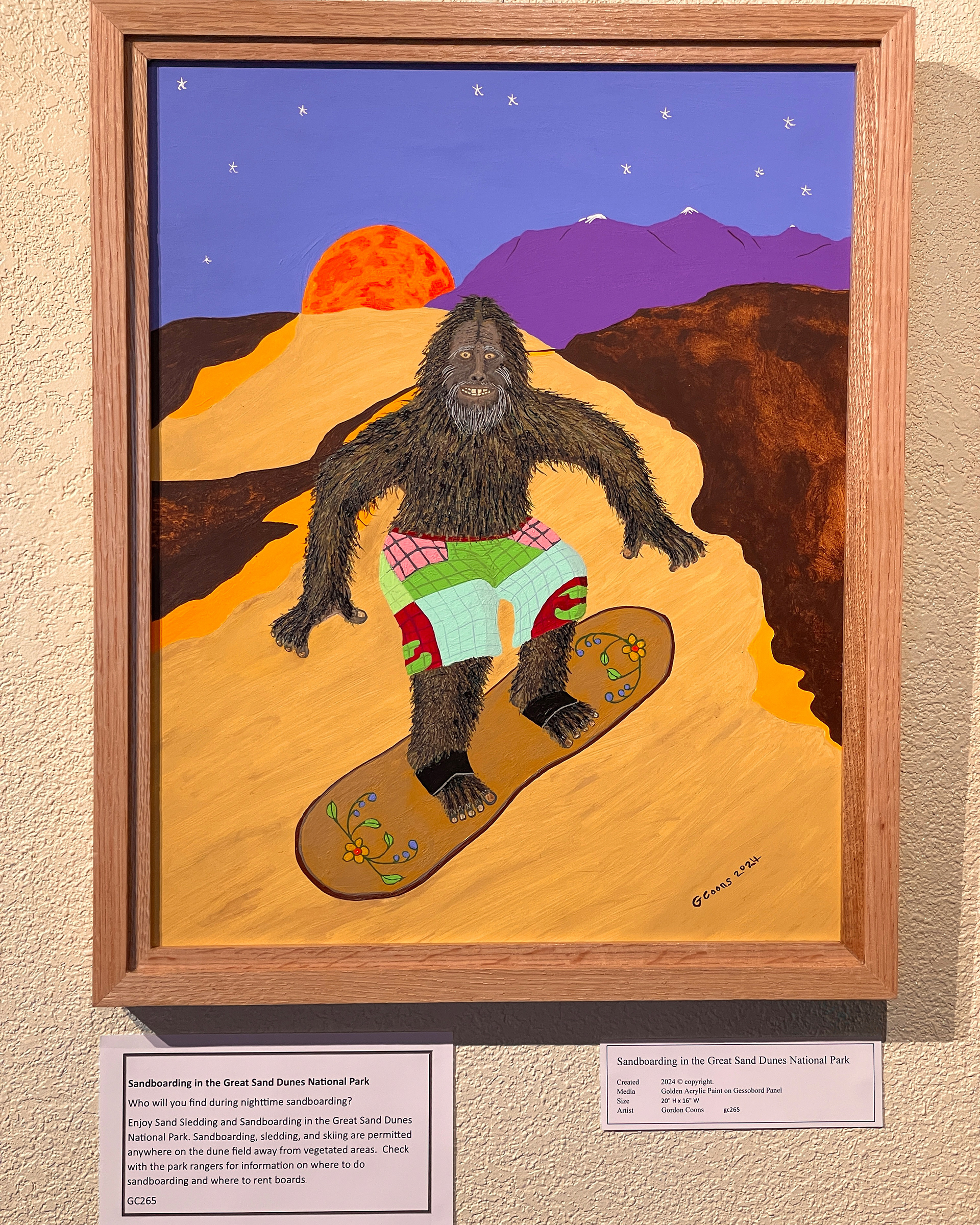
November 3, 2024
Just installed in the Great Sand Dunes National Park and Preserve Visitor Center art exhibit space this November are new paintings by Gordon Coons, an Ojibwa / Ottawa artist. I've been working with him for the last couple of years to prepare for this show.
His imagery is of animals and natural features in the park and preserve as seen through his unique vision and traditional Native stories. Most of the paintings have vivid colors, while the image of sandhill cranes dancing and another one of dunes under a dark new moon are painted by applying smoke to the paper.
These paintings will be on display through October 2025. To complement the more literal, science-based exhibits in the visitor center, our goal is to use this art exhibit space to engage a wide variety of artists in sharing their unique, creative visions of the park and preserve.
#NativeAmericanHeritageMonth
His imagery is of animals and natural features in the park and preserve as seen through his unique vision and traditional Native stories. Most of the paintings have vivid colors, while the image of sandhill cranes dancing and another one of dunes under a dark new moon are painted by applying smoke to the paper.
These paintings will be on display through October 2025. To complement the more literal, science-based exhibits in the visitor center, our goal is to use this art exhibit space to engage a wide variety of artists in sharing their unique, creative visions of the park and preserve.
#NativeAmericanHeritageMonth
__________
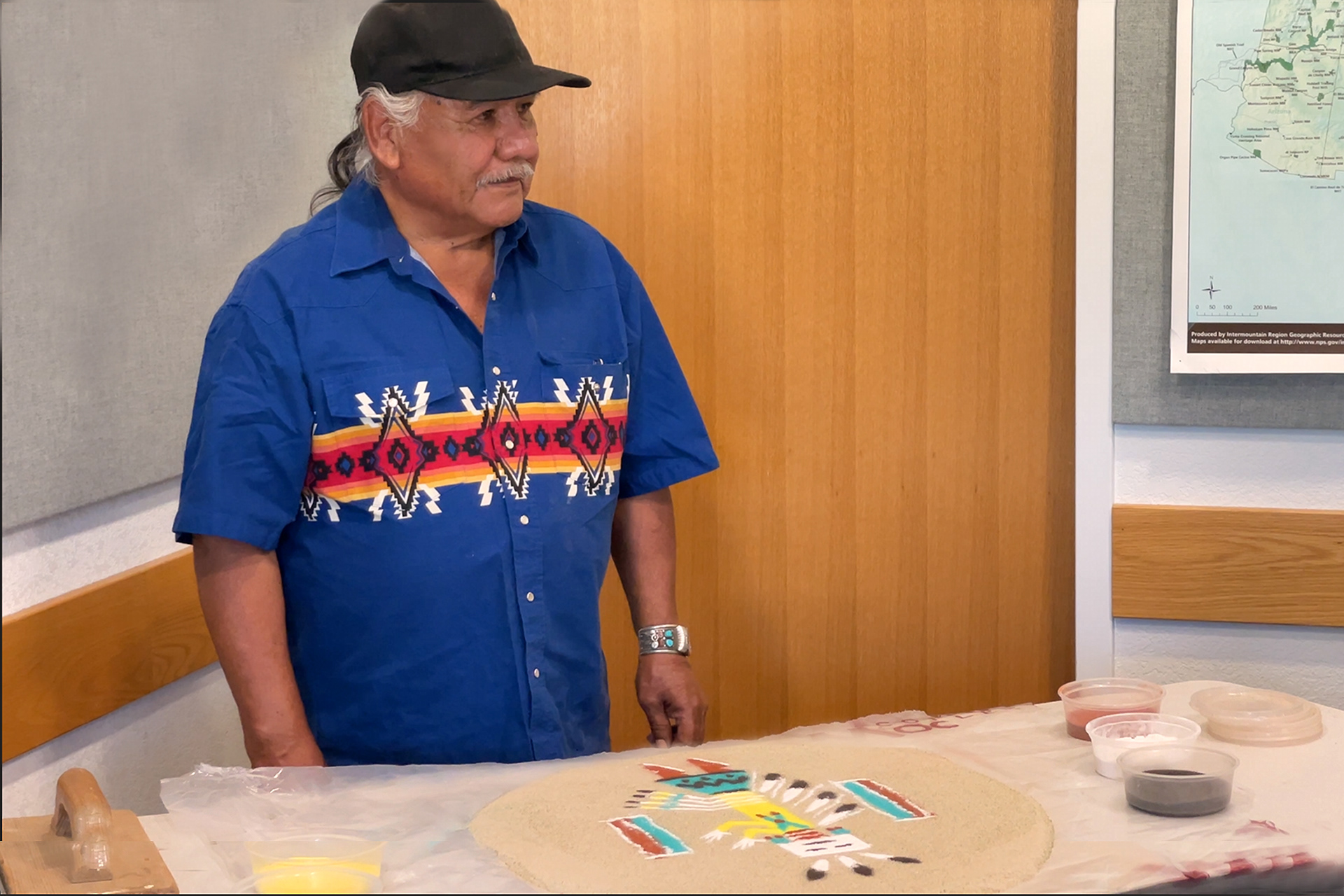
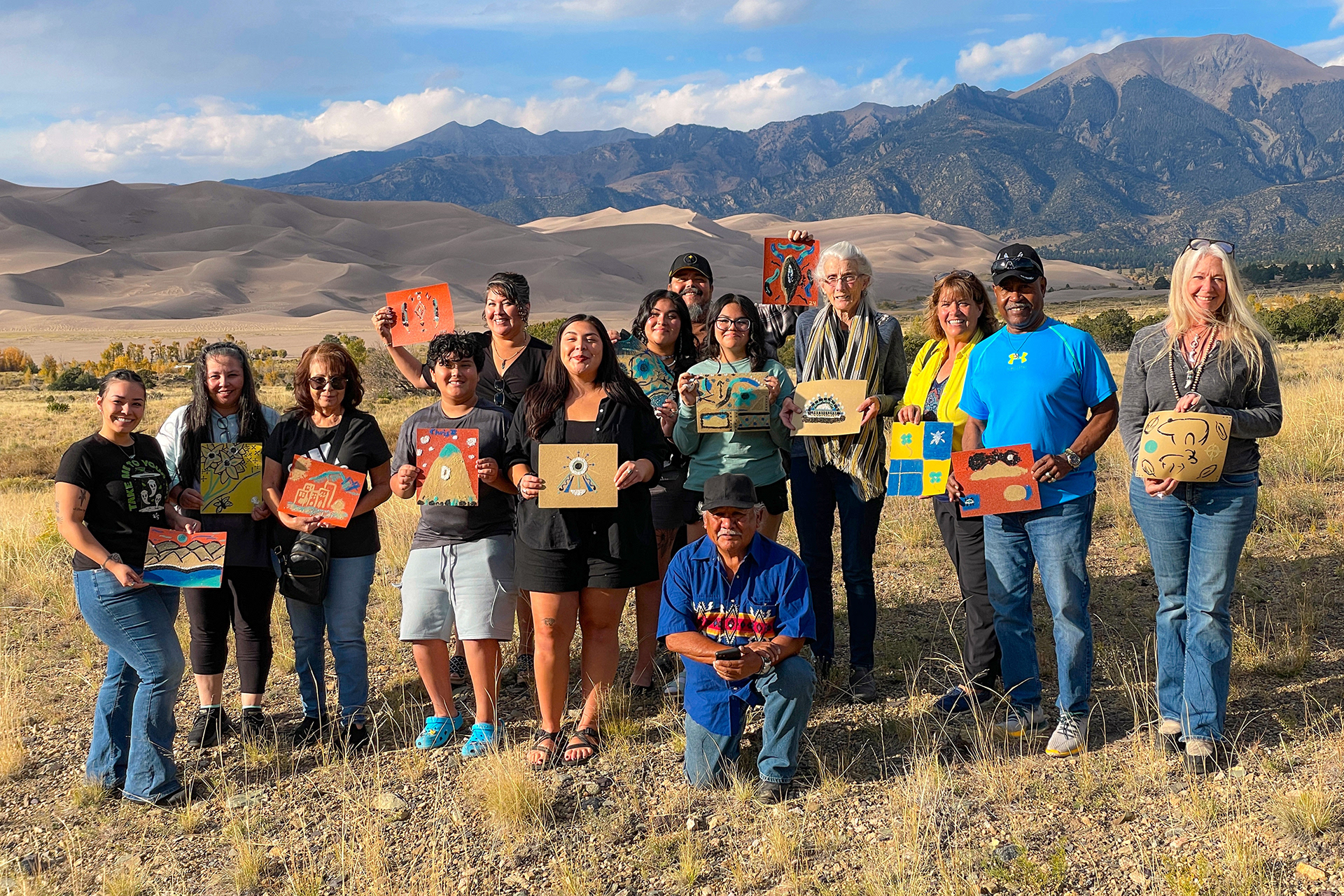

October 7, 2024
We recently hosted a very engaging sand painting workshop with Navajo (Dine') sand painter Mitchell Silas. Participants created their own unique, permanent sand painting to take home, using sand of different earth tones as well as turquoise, white, blue, yellow, and orange. Mitchell created a larger sand painting (pictured) that was impermanent, meant to be released to the wind when completed. Coordinating and photographing these events is a highlight of my job.
We recently hosted a very engaging sand painting workshop with Navajo (Dine') sand painter Mitchell Silas. Participants created their own unique, permanent sand painting to take home, using sand of different earth tones as well as turquoise, white, blue, yellow, and orange. Mitchell created a larger sand painting (pictured) that was impermanent, meant to be released to the wind when completed. Coordinating and photographing these events is a highlight of my job.
__________
August 23 2024
My painting 'Toward the Light' (at right in photo and full painting) is currently on display at the Cherokee Homecoming Art Show in Tahlequah, Oklahoma, the capital of the Cherokee Nation.
__________
July 7, 2024
I discovered this old newspaper feature of my grandmother (at right) being on an “All-Indian Broadcast” on a radio station in Oklahoma.
__________

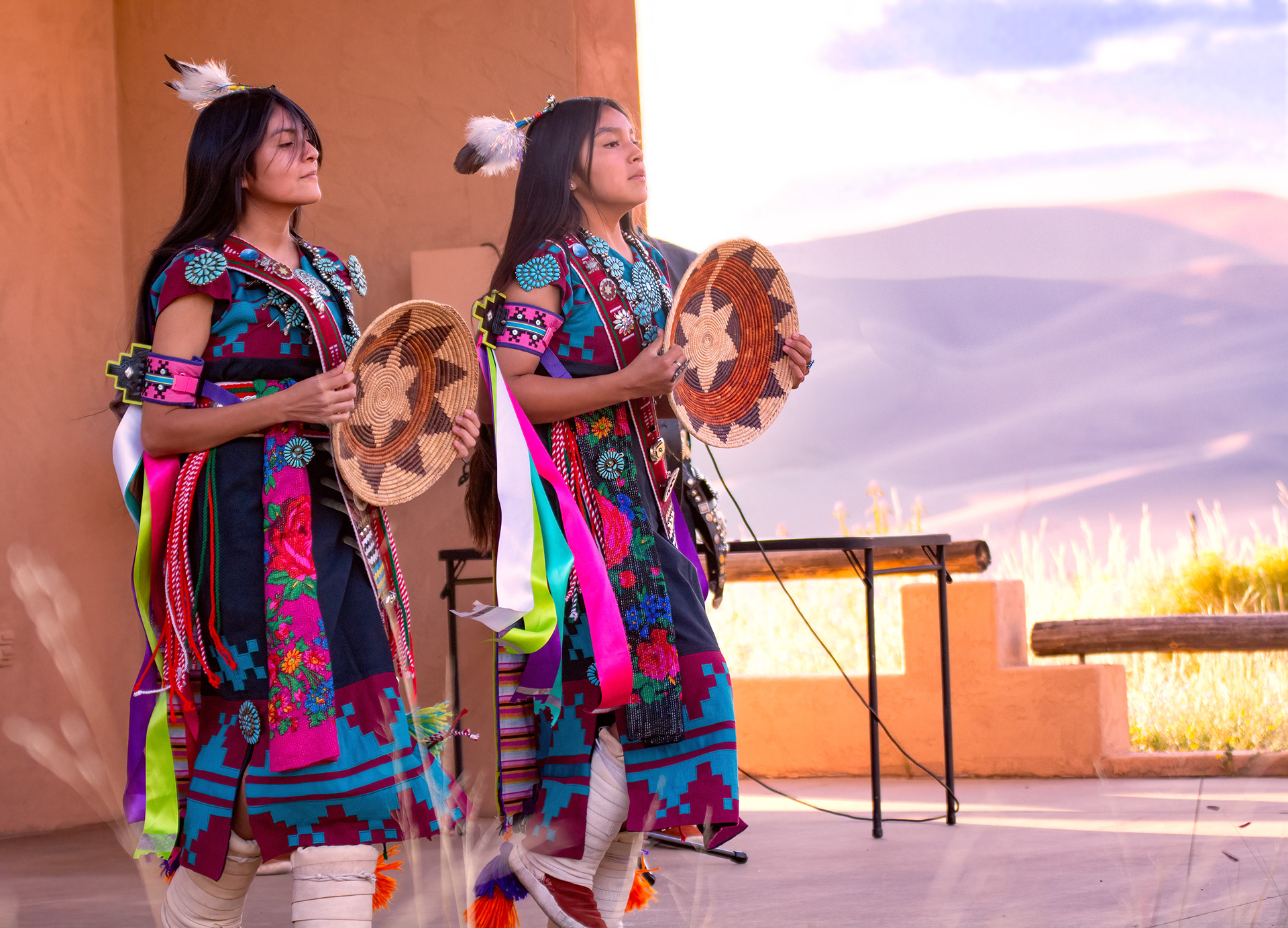
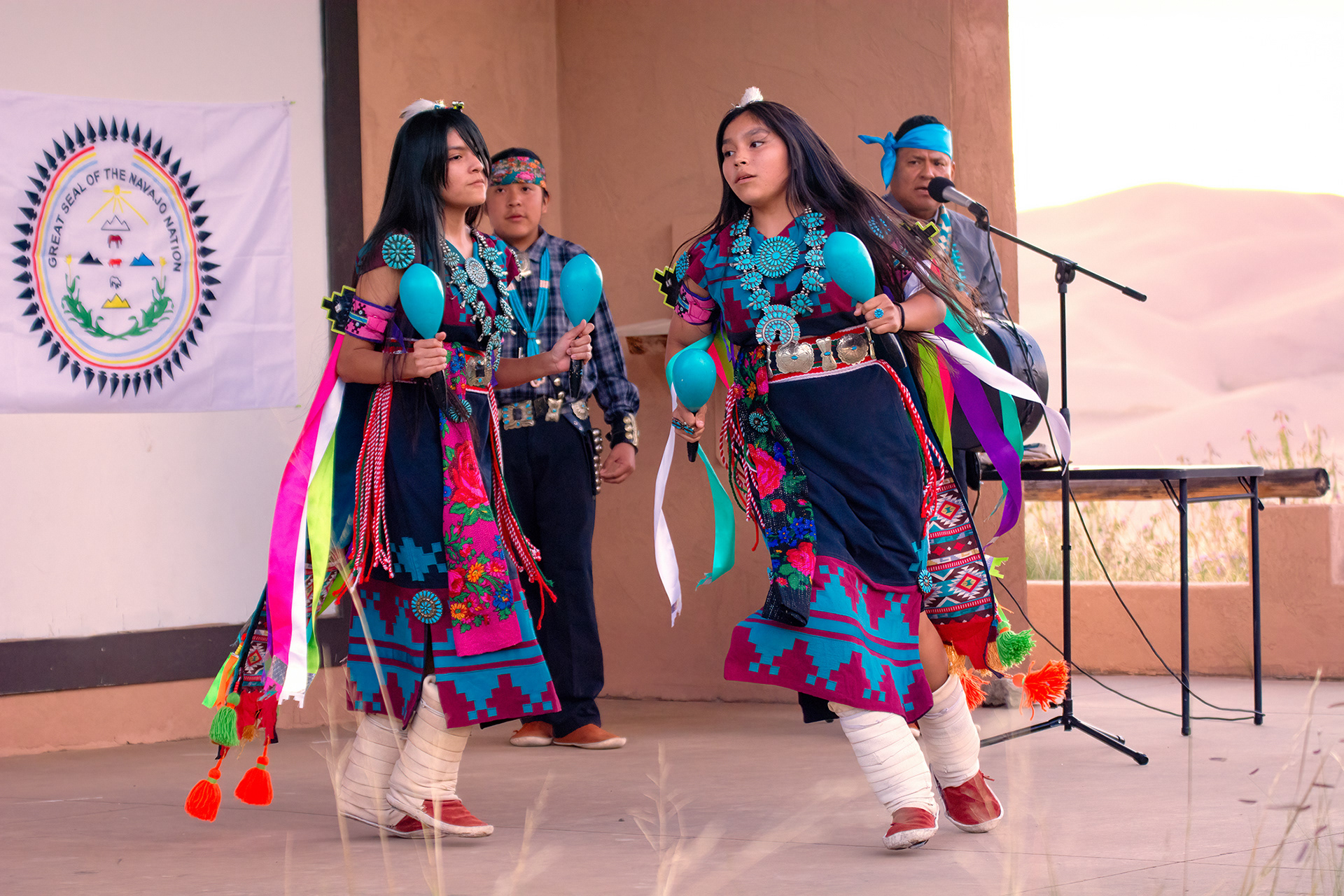
September 12, 2024
We again hosted the Dine' Tah Navajo Dancers for traditional dances and a lecture on tribal treaties. These photos I took were approved by the dancers.
Great Sand Dunes National Park is part of the homeland of the Dine' (Navajo) people. One of the four mountains marking their homeland is Sisnaajini (Blanca Peak), located just south of the dunes.
Great Sand Dunes National Park is part of the homeland of the Dine' (Navajo) people. One of the four mountains marking their homeland is Sisnaajini (Blanca Peak), located just south of the dunes.
__________
August 24, 2024
I recently made this simple illustration for the national park where I work. Here's the social media post that went with it.
#NativeAmerianHeritageMonth – The ancient heritage of Indigenous peoples of North America extends back deep into the Ice Age era, when the climate was dramatically different and giant mammoths, camels, and sabertooth cats thrived. In this illustration, a hunter uses an atlatl to launch a spear at a huge prehistoric bison by a large lake west of the dunes. ‘Bison antiquus’ was over 7 feet (2.2 m) tall and 15 feet (4.6 m) long!
To survive here, these people had a mental database of every plant - how it could be processed and used for food, medicine, or fibers. They possessed intricate engineering skill to craft perfectly arced projectile points and sewing needles. They had to know how to predict weather, understand the life cycles and movements of animals, and intimately know the geography of the region. They taught this knowledge, shared generational stories and lessons, and imparted their spiritual beliefs to each new generation.
Archeological evidence of the earliest cultures at Great Sand Dunes gives us glimpses into their perseverance, ingenuity, relationships, and creativity. Learn more on the park website:
Illustration: NPS/Patrick Myers
#GreatSandDunes #IceAge #Indigenous #NativeAmerican #NativeAmericanHistory #IceAge #Bison #BisonAntiquus #Atlatl #Paleo #Archaic #FindYourPark
__________


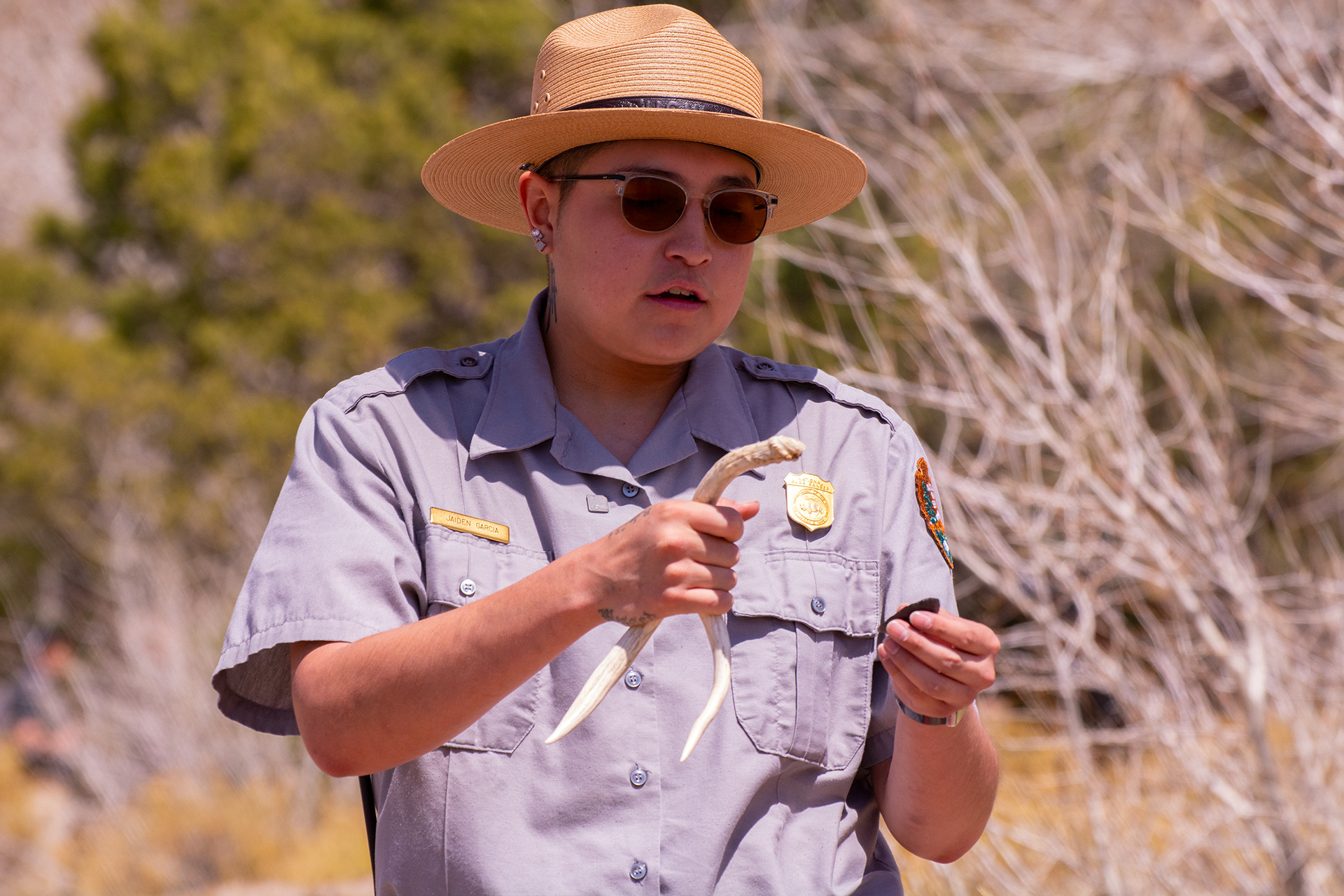


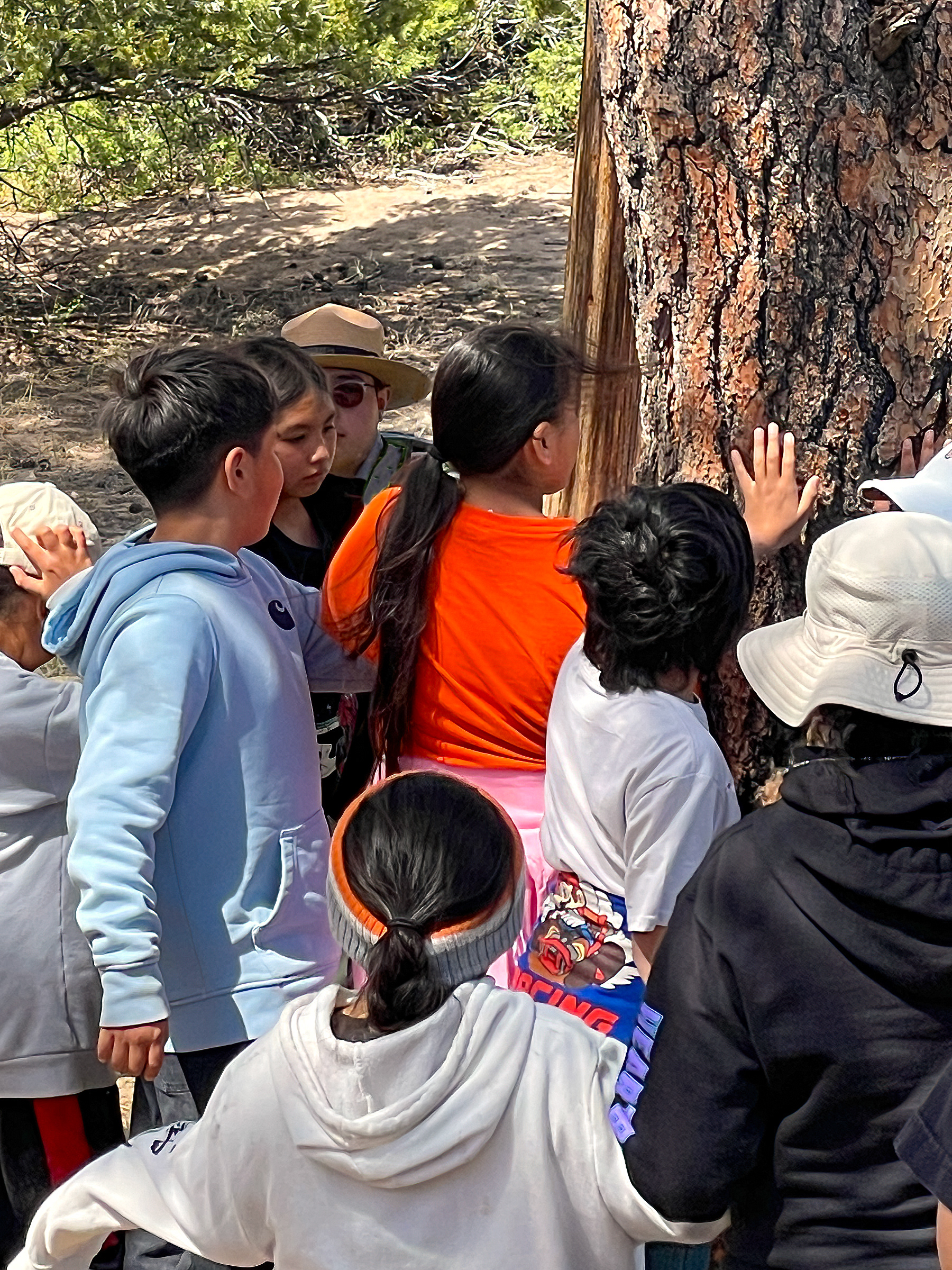
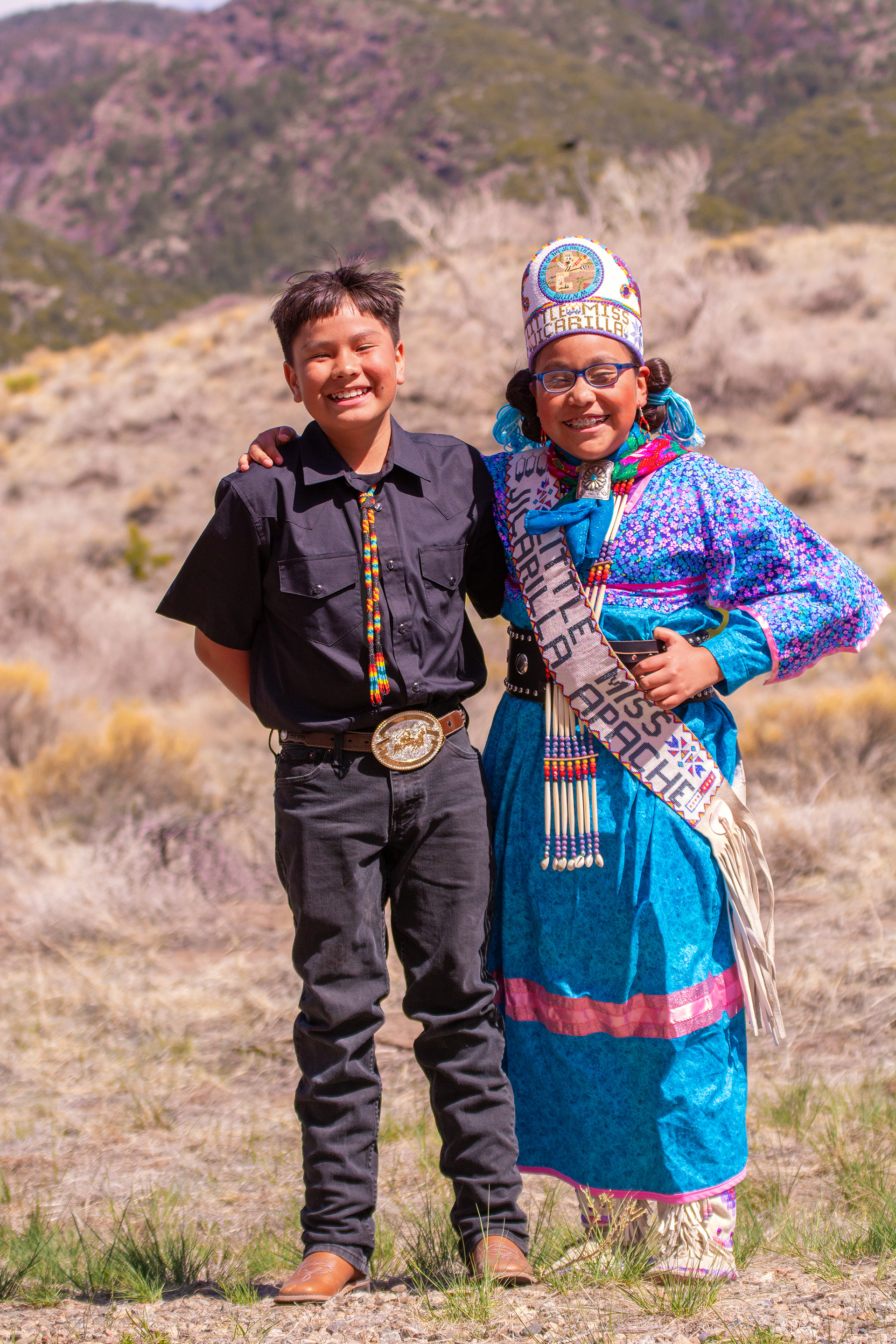
May 9, 2024
We just hosted a very special and unique two-day field trip at Great Sand Dunes with 4th grade students from the Jicarilla Apache Nation and our local school. Students threw spears with atlatls, extracted magnetite from the sand, learned about traditional crafts and flintknapping, listened to traditional stories, and hiked to a 500-year-old ponderosa pine that was peeled for food and medicine by a tribal ancestor in the 19th century. Sessions were all led by Jicarilla Apache tribal members, including elders, artists, and Great Sand Dunes Park Ranger Jaiden Garcia. Rocky Mountain PBS filmed the field trip as part of the creation of a curriculum about Jicarilla Apache culture, ecological practices, and history for Colorado 4th grade students.
__________
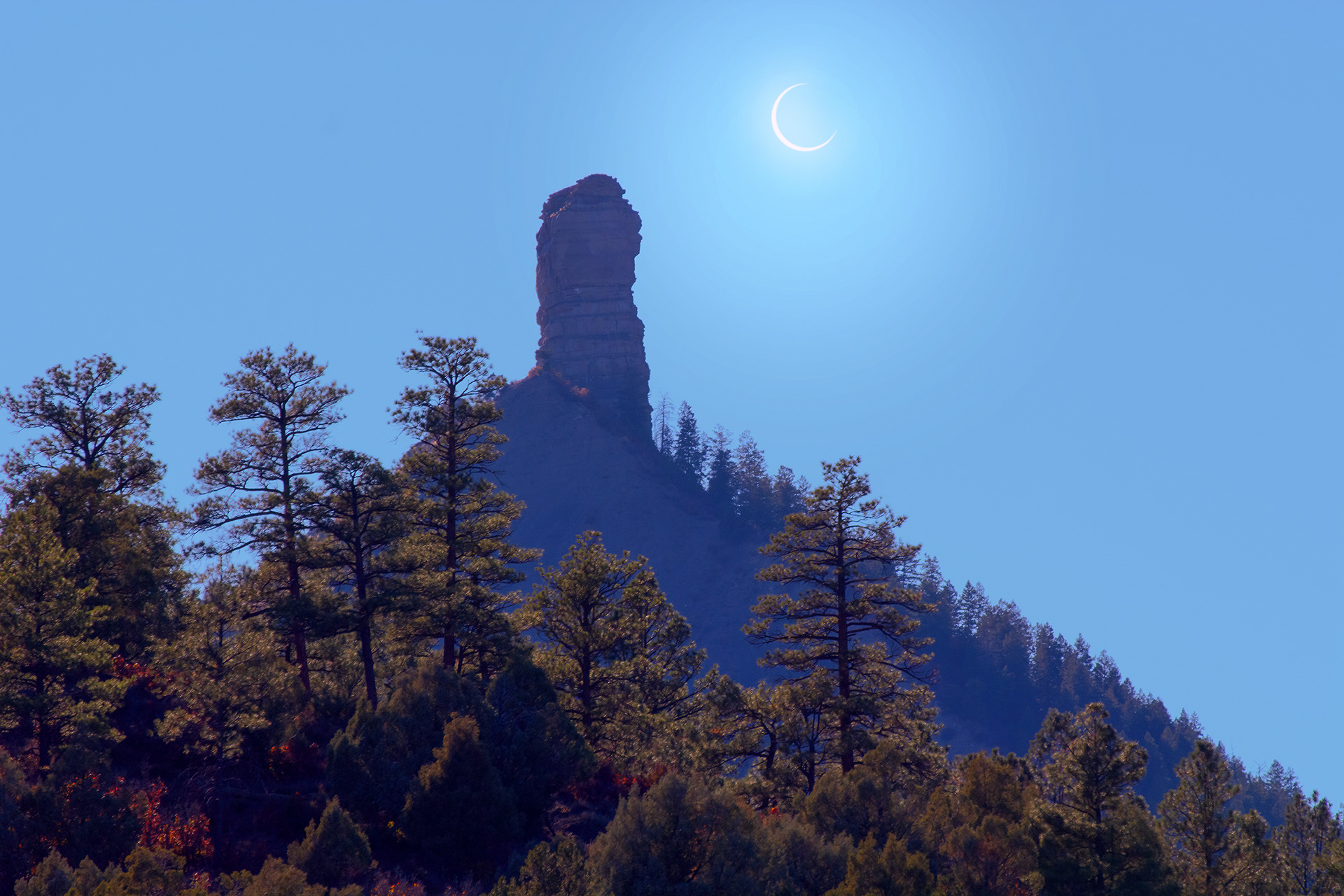
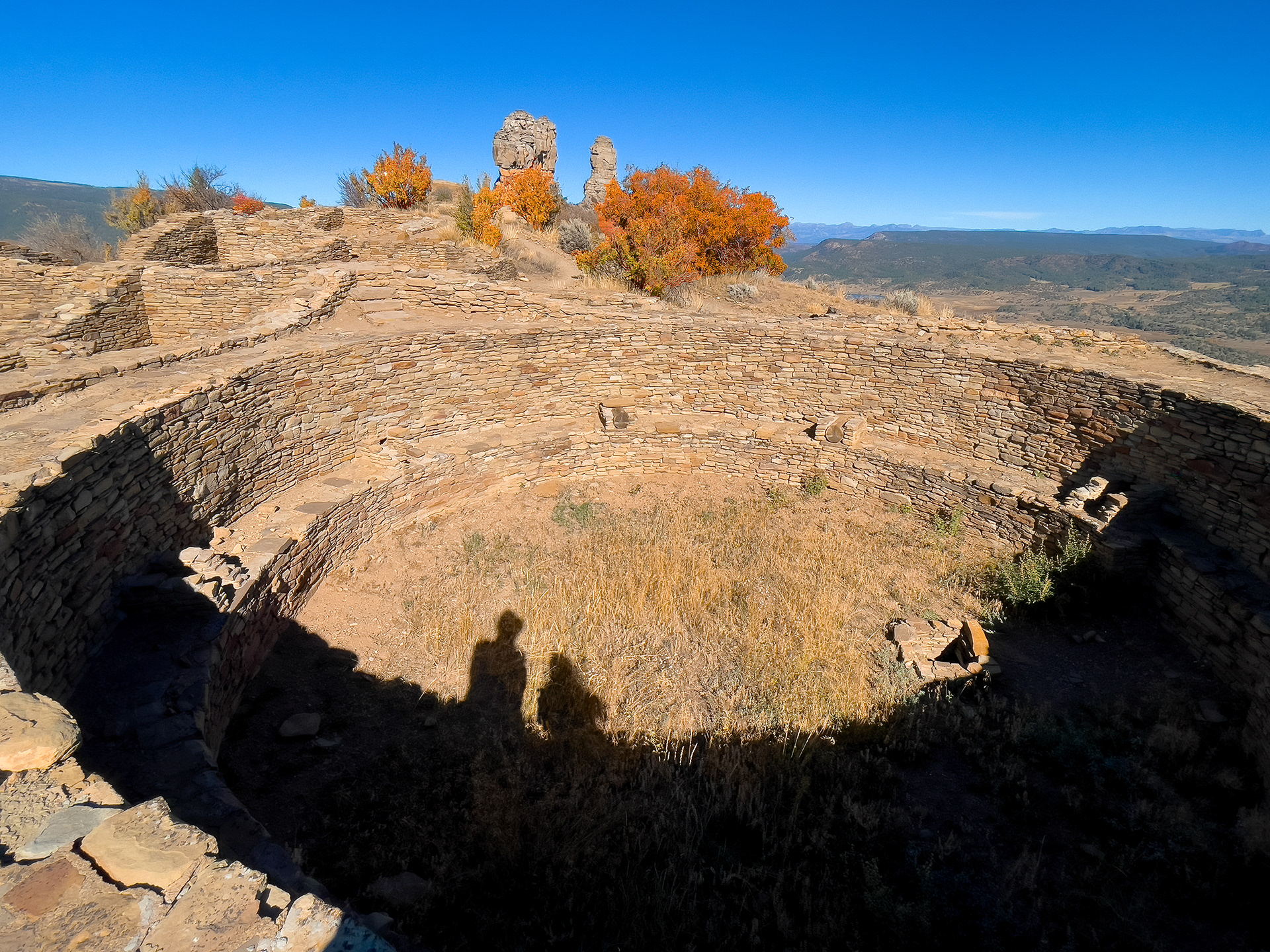
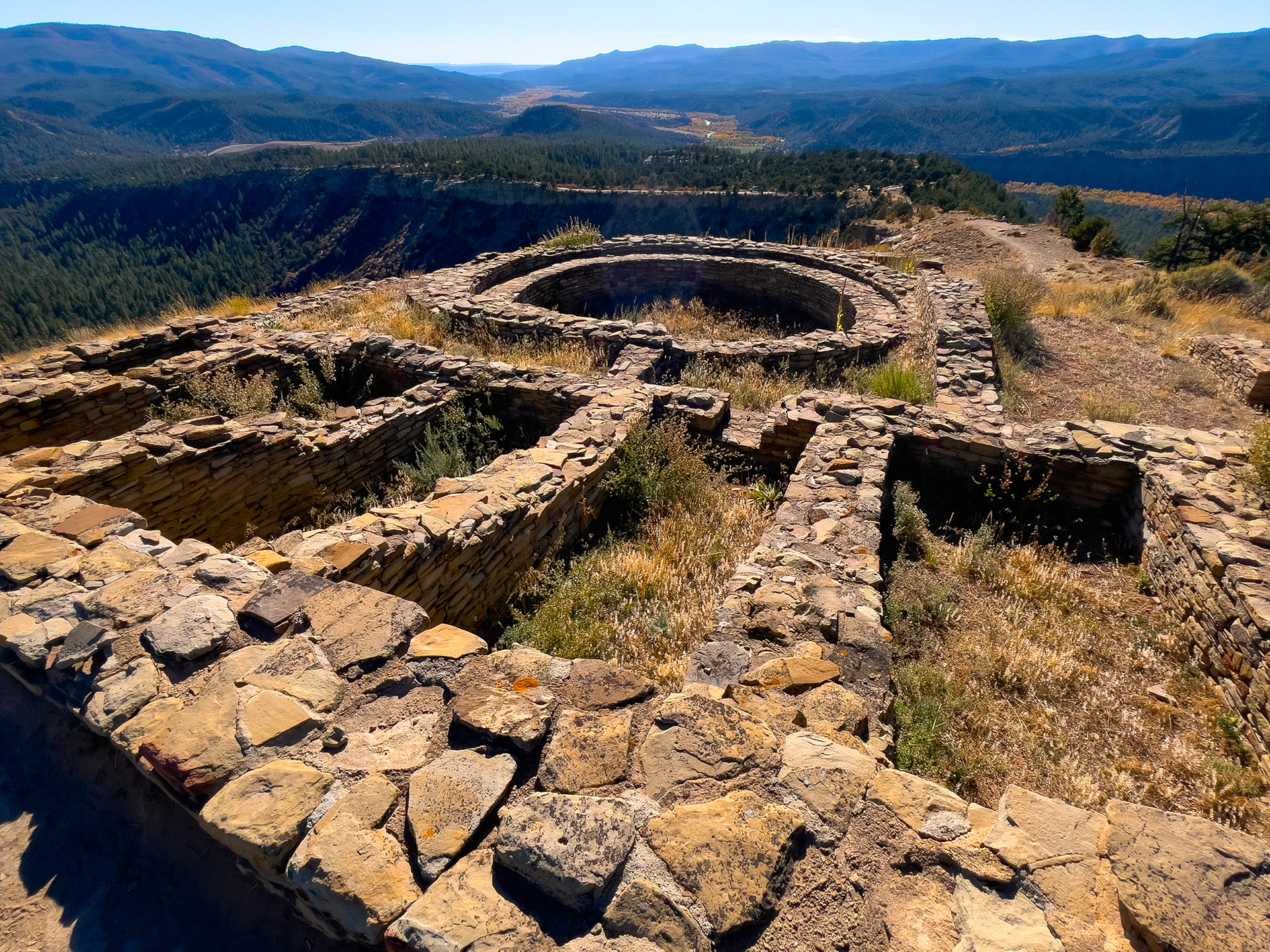
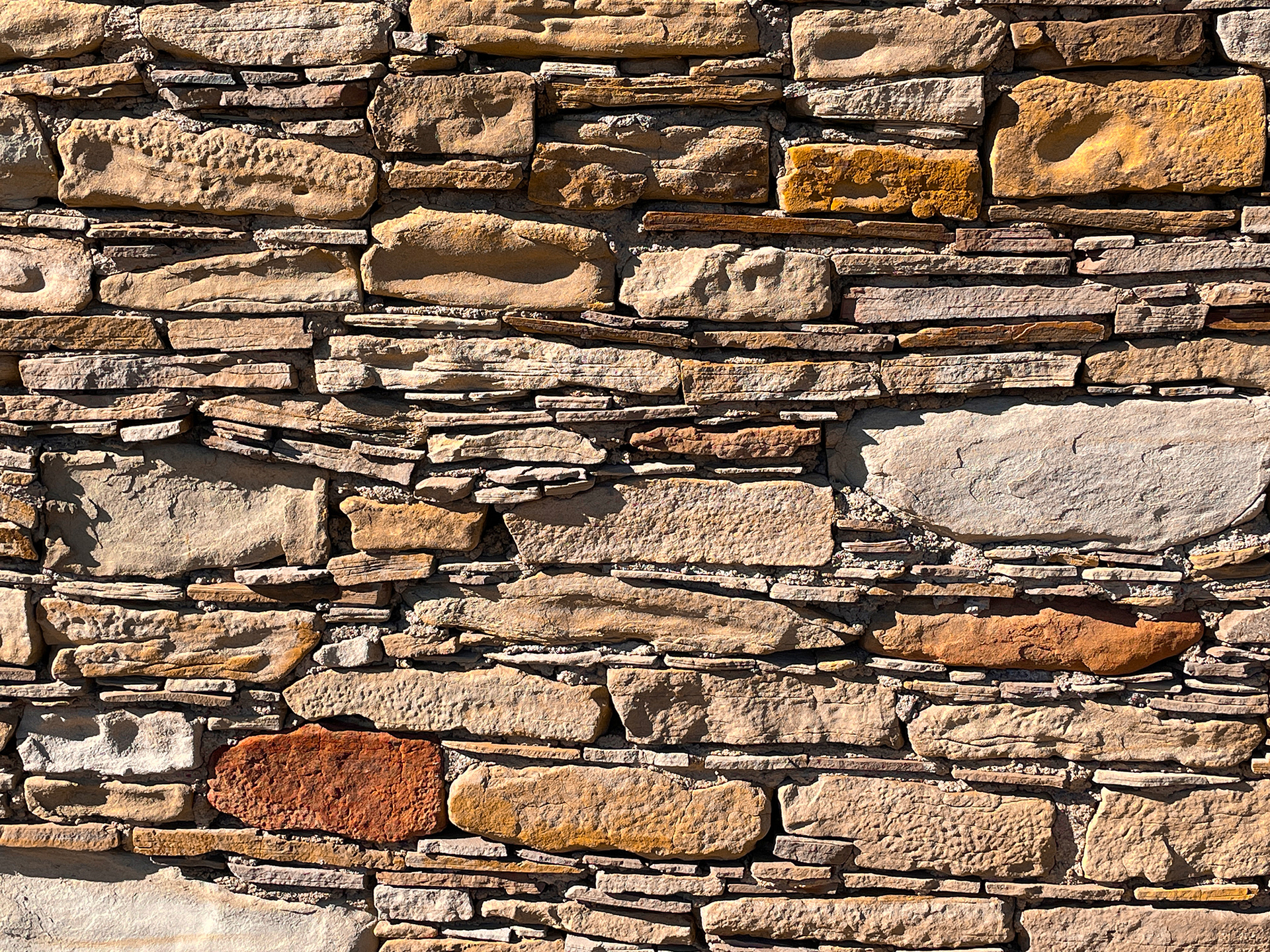
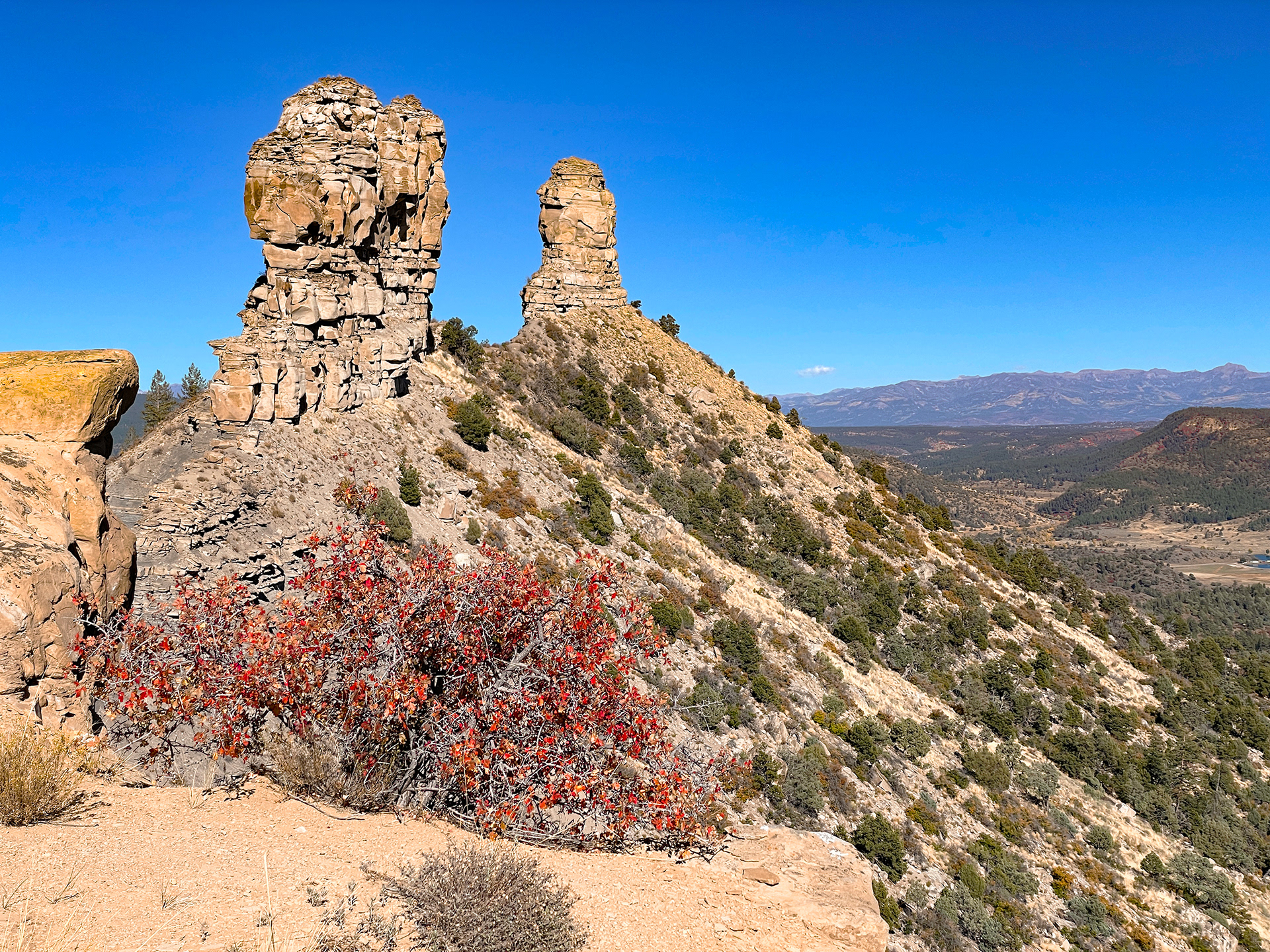
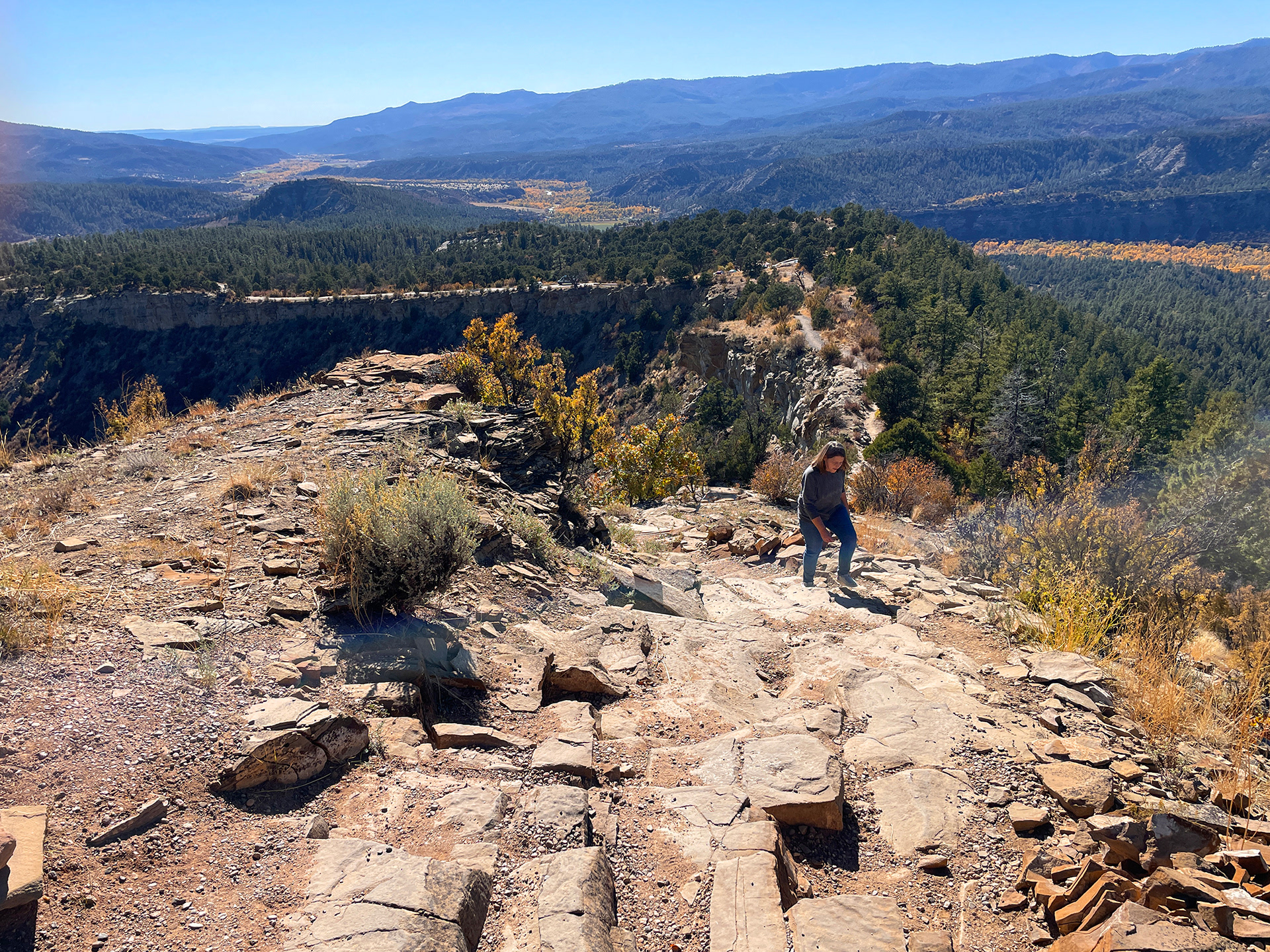
October 15, 2023
My wife and I recently celebrated our 25th wedding anniversary with a trip to the San Juan Mountains in southwest Colorado, where we visited Chimney Rock National Monument. The solar eclipse was at about 95% of total. Ancestral Puebloan people built kivas and structures a thousand years ago near the summits. We realized it afterward, but in the circular kiva photo, Rhoda's and my shadows echo the two pinnacles above.
__________
July 24, 2023
Some of our family recently visited the History Colorado Center in Denver. Many interactive and engaging exhibits, including a whole section on the Sand Creek Massacre of Cheyenne and Arapahoe people in 1864. On the Sand Creek Massacre National Historic Site website: "...Sand Creek Massacre stands as a testament to a brutality that should be learned from and never repeated, a lesson of what the rejection of conscience in the face of fear and hysteria can lead to, and the suffering that this betrayal has imparted on generations of Arapaho and Cheyenne people."
__________
June 7, 2023
Each year a selected group of Cherokees do a bike ride following the Trail of Tears from the Appalachian Mountains to Oklahoma. On the 'Remember the Removal' Bike Ride, they gather and pray each day, as generations before them have. Many Cherokees who walked the Trail of Tears in 1838-1839 were Christians who prayed and wrote songs of faith in the Cherokee language as they suffered on the journey, and that legacy of faith continues in many Cherokees today. Over 4,000 people perished on the Trail of Tears, now a National Historic Trail managed by the National Park Service.
Photo: Cherokee Nation
Photo: Cherokee Nation
__________
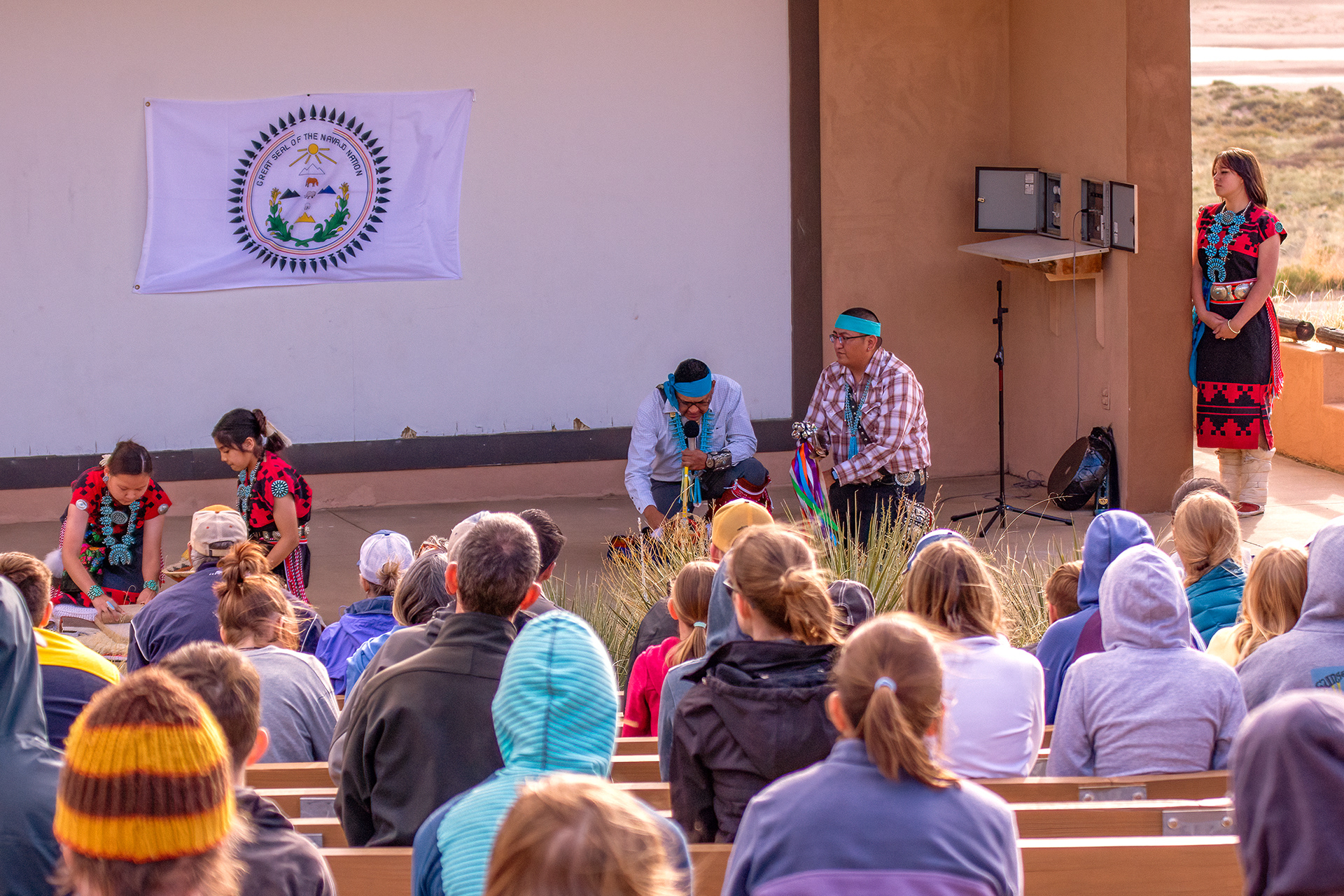
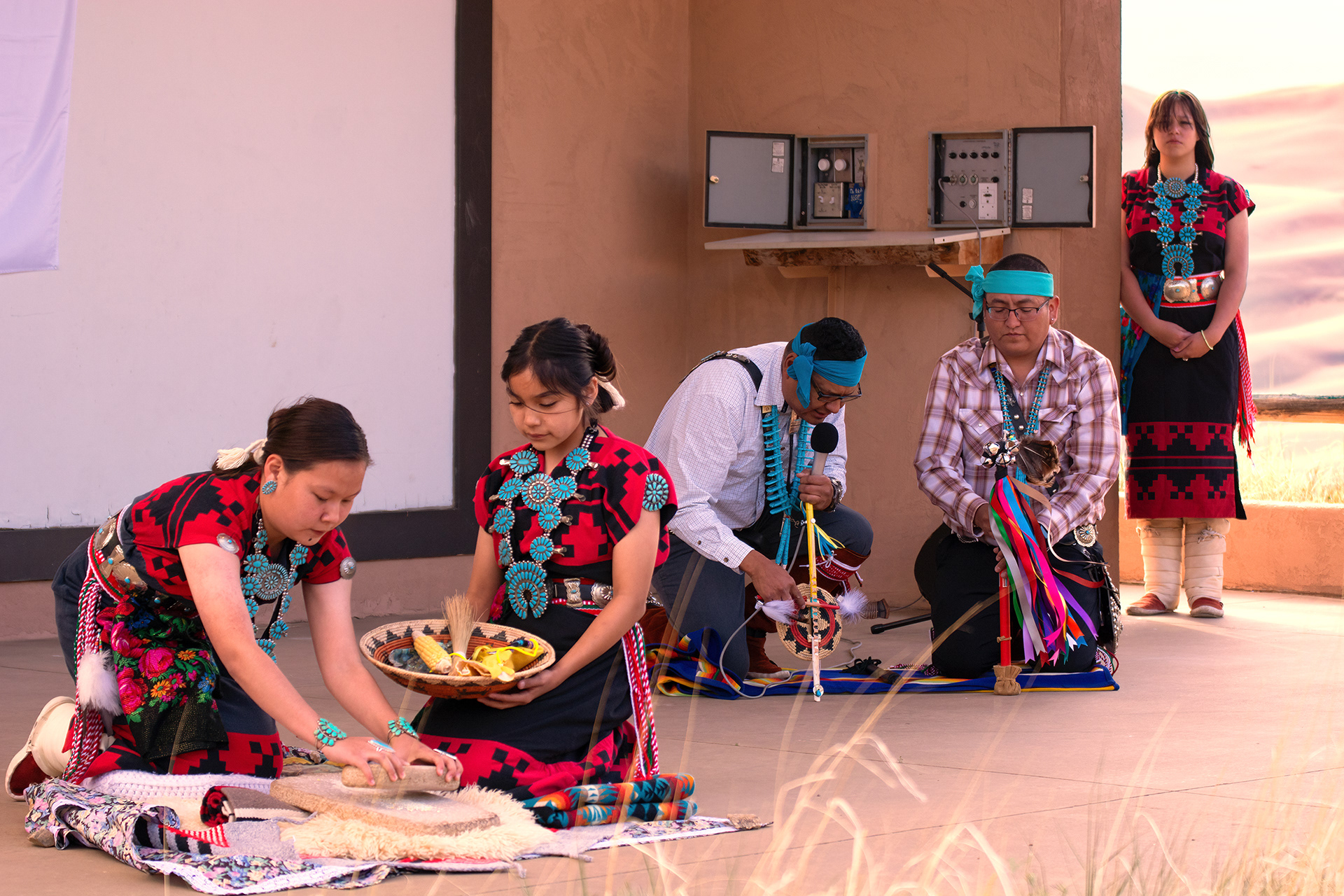
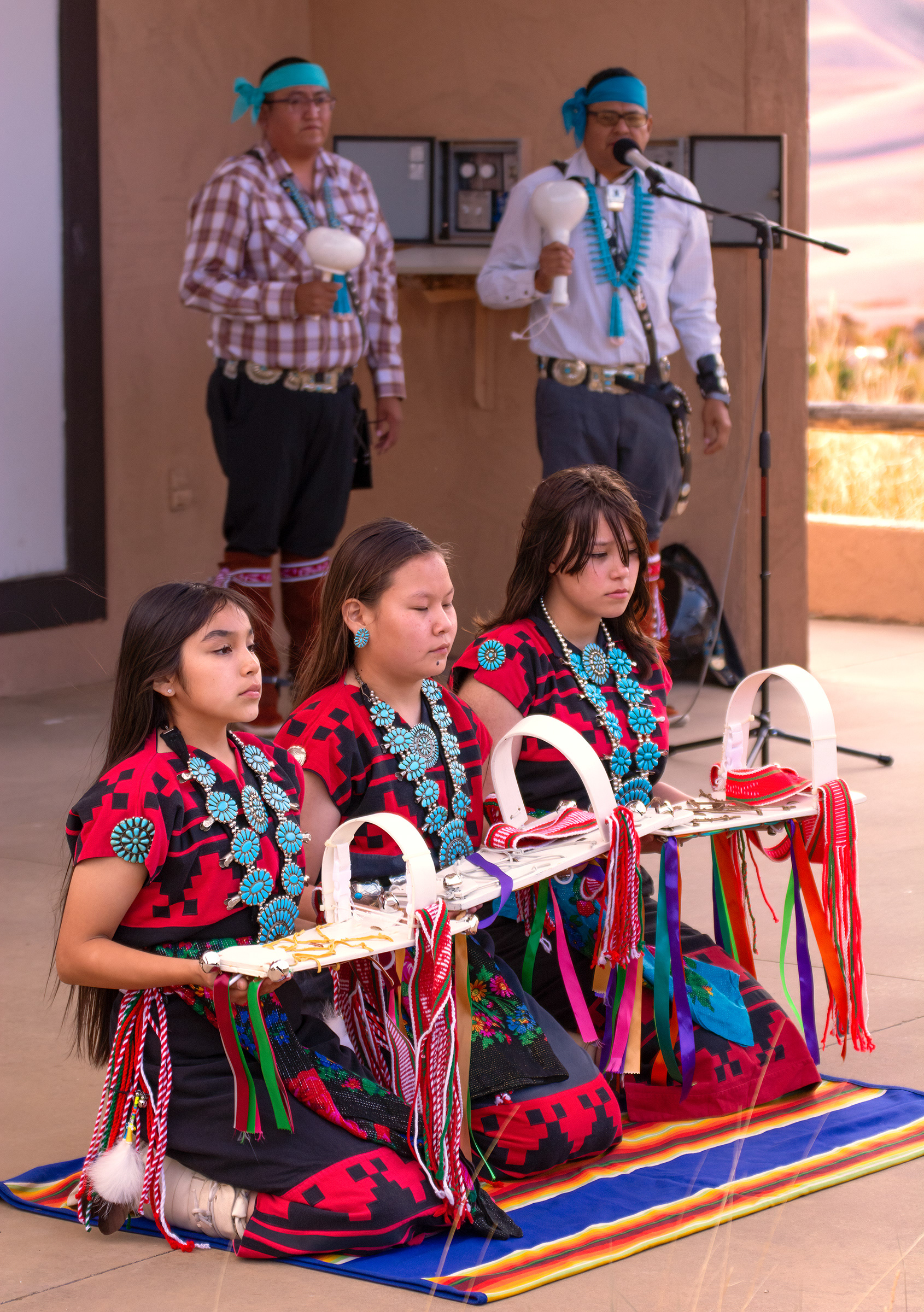
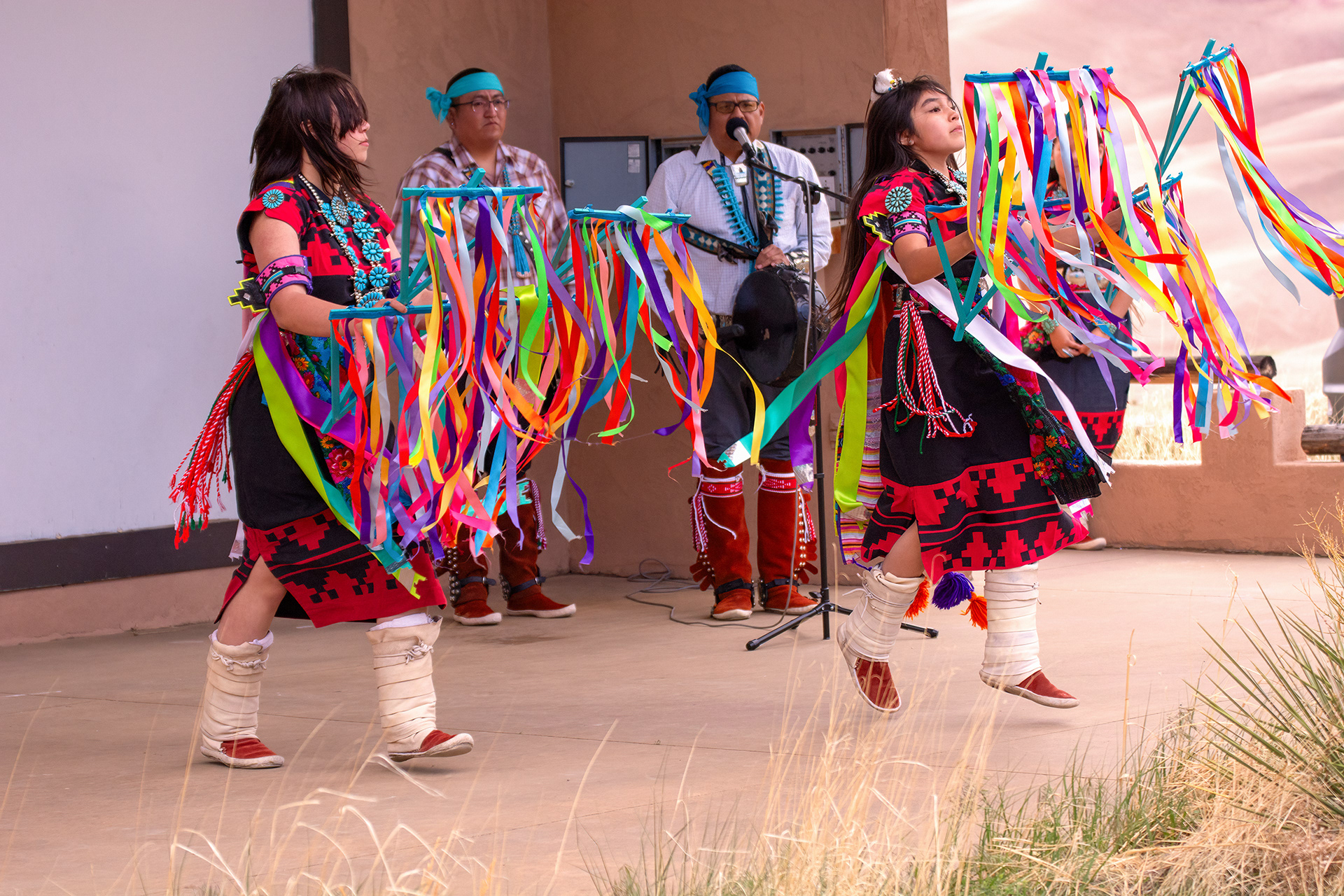
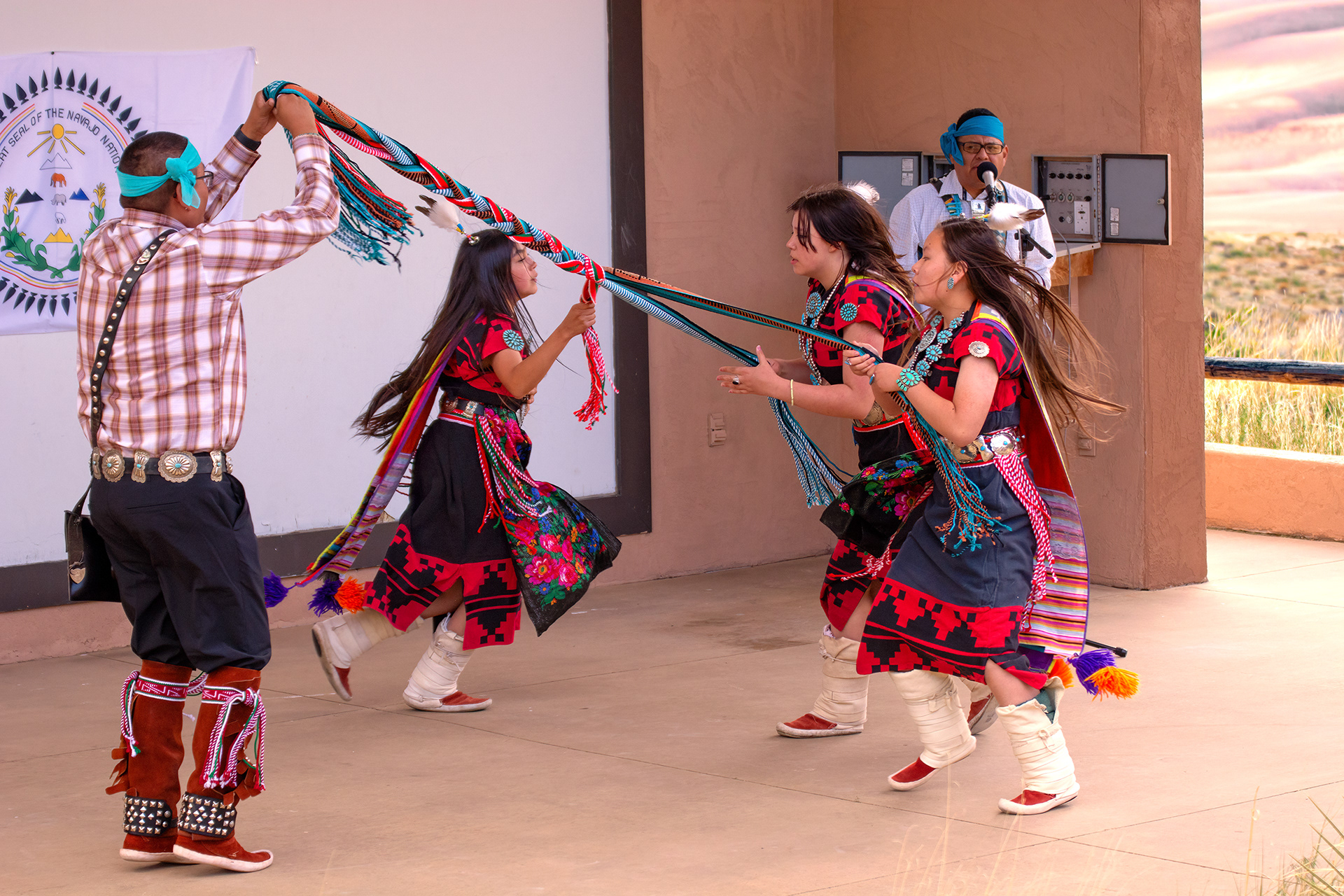
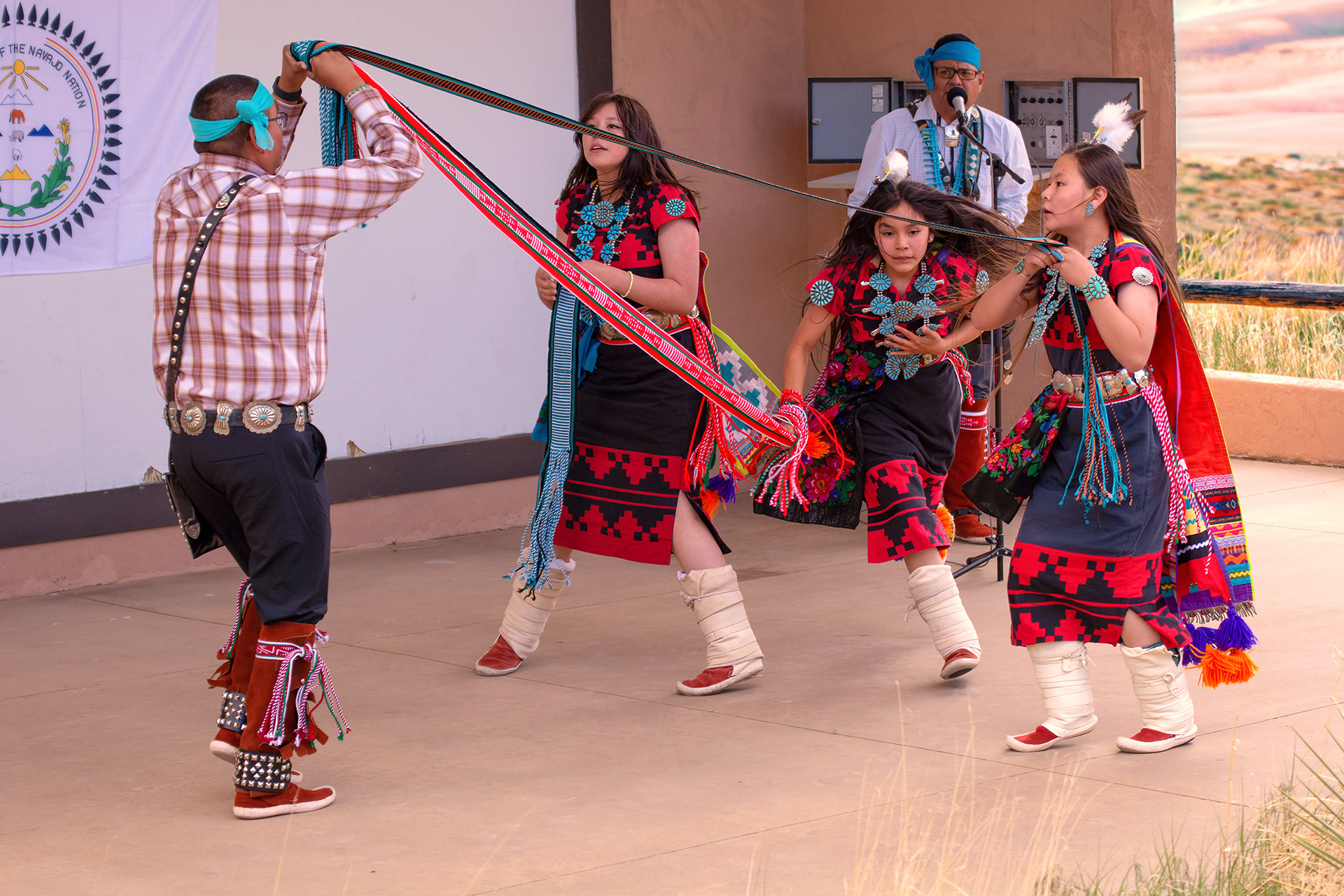
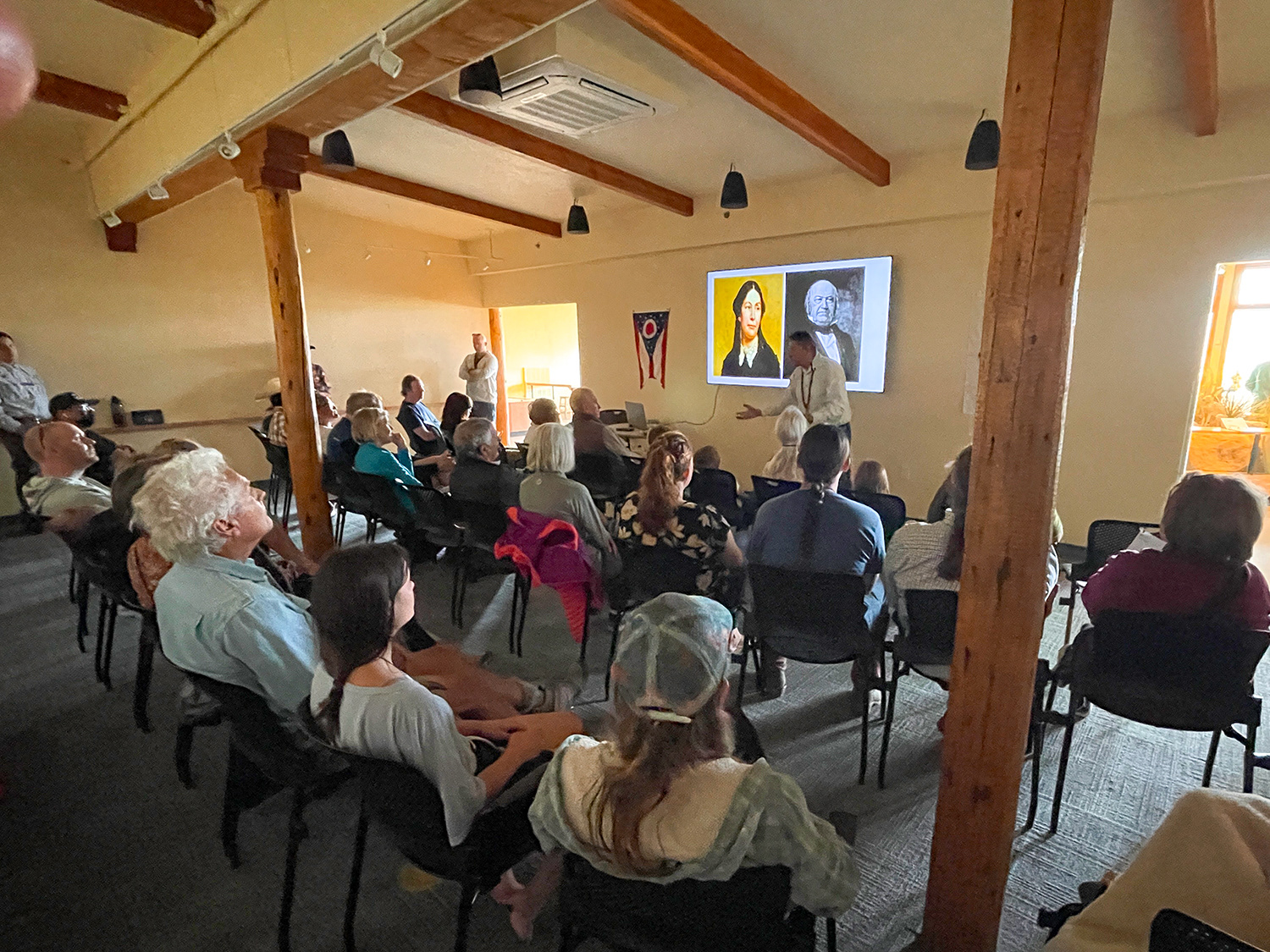
June 3, 2023
Some photos I took of the presentation by the Dine' Tah Navajo Dancers at the national park. Thanks to Fort Garland Museum & Cultural Center for coordinating with us to host them at both locations.
Earlier in the day, their song leader and coordinator, Shawn Price, also gave an excellent talk on the 1868 Navajo Treaty with the US. Since I volunteer sometimes at Fort Garland, Shawn also shared with me some of his research about Kit Carson, who commanded the fort for two years. It's important to hear Native perspectives on the history of this region for a more complete picture of the truth.
Earlier in the day, their song leader and coordinator, Shawn Price, also gave an excellent talk on the 1868 Navajo Treaty with the US. Since I volunteer sometimes at Fort Garland, Shawn also shared with me some of his research about Kit Carson, who commanded the fort for two years. It's important to hear Native perspectives on the history of this region for a more complete picture of the truth.
__________
May 31, 2023
At the end of the day doing living history as a cavalry soldier at Fort Garland (a state historic site), I quietly honor my Cherokee heritage and the regional tribes whose history is entwined here. This is the ancestral homeland of the Ute, Jicarilla Apache, Navajo, and other tribes.
__________
October 6, 2022
This morning Secretary of the Interior Deb Haaland visited the national park where I work. She is the first Interior Secretary who is a member of a federally recognized tribe. She met with our staff, announced a long-awaited land acquisition, and walked out with us to go sand sledding. NPS can’t yet release the photos I took of the visit, but here’s a photo of us one of her staff took. I was able to chat with her some as we walked out to the dunes, and expressed appreciation for her being an understanding voice for tribes. She also asked about my Cherokee heritage and citizenship. I'm just a lowly park ranger that she could have ignored, but it was a good conversation.
__________
September 24, 2022
I photographed this bison (yanasa or ᏯᎾᏌ in Cherokee) west of the dunes. Within Great Sand Dunes National Park, The Nature Conservancy has managed a herd of about 2,000 bison for almost three decades. This portion of the park and a bison herd will eventually be managed by the National Park Service. The plan to manage their population includes regional tribes doing traditional hunts. This traditional knowledge can then be shared generation to generation, restoring a practice that dates back millennia here. Photo: NPS/Patrick Myers
__________
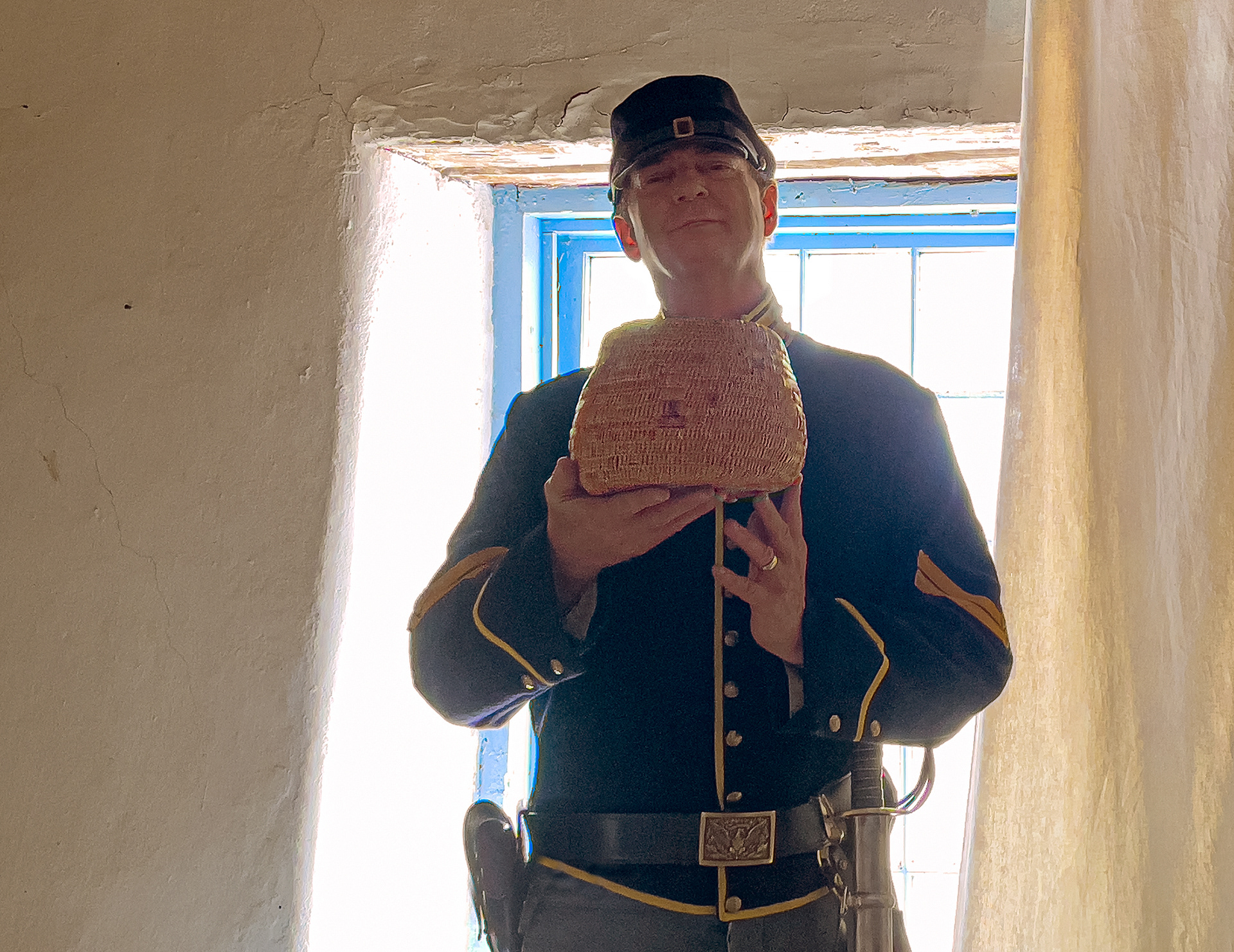
Showing a 19th century Jicarilla Apache basket while in cavalry uniform
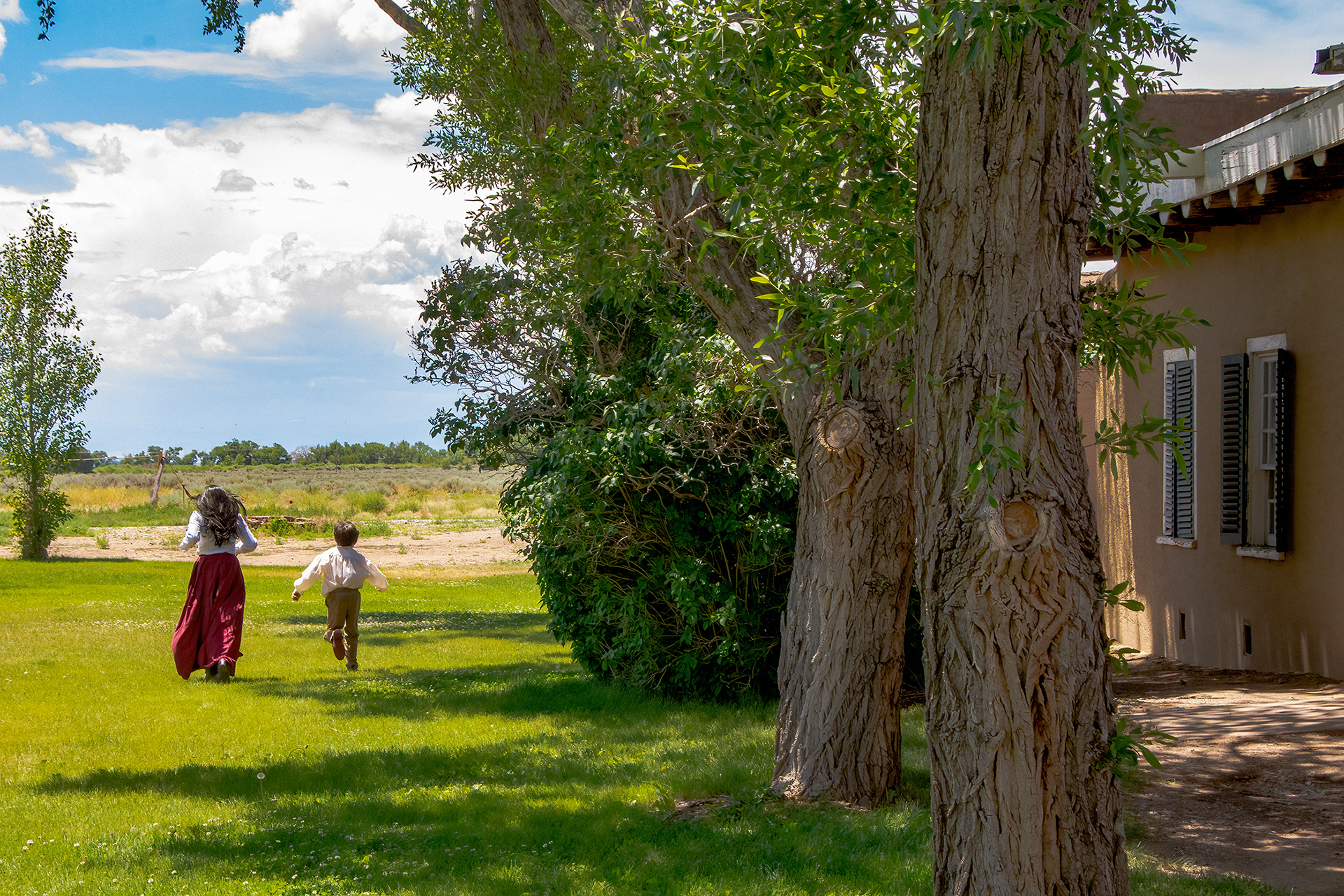
Our two youngest doing living history at the fort in 2021. Our younger daughter (pictured) has now left home for college, but our younger son (9) still helps with living history.
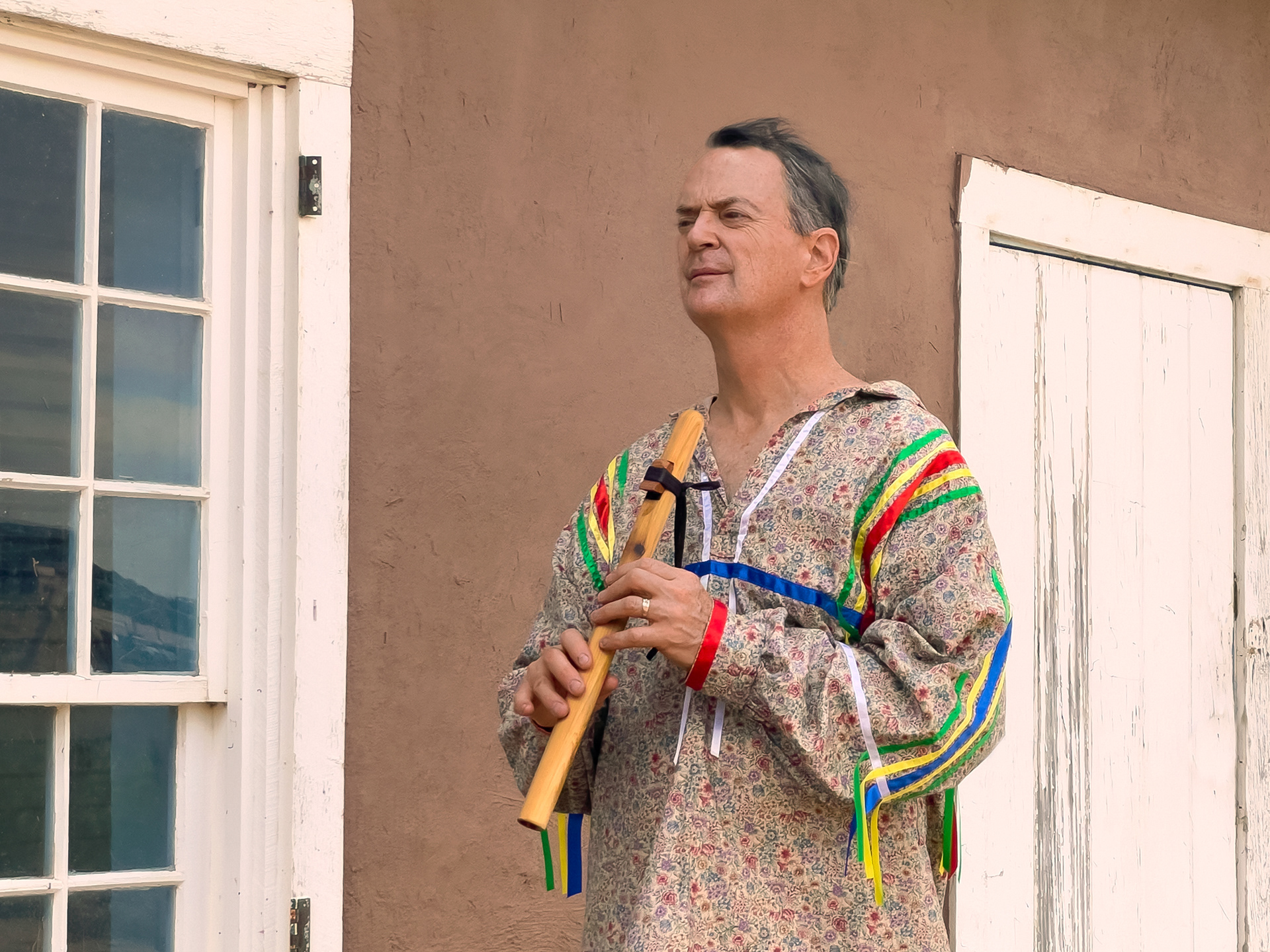
About to play a closing piece on my cedar flute to honor the tribes whose homeland this is.
September 3, 2022
A few times each year I (and sometimes one or two of my children) volunteer to do living history at Fort Garland Museum and Cultural Center, a state historic site. I primarily represent a cavalry soldier at the fort, but always emphasize the historical presence here of children, women, diverse soldiers and civilians, and regional tribes.
Before I leave, I always find a quiet place, put on my ribbon shirt, and play my cedar flute to honor the tribes whose homeland this is. My documented Cherokee lineage goes back to Oklahoma and the Trail of Tears, while the Ute, Jicarilla Apache, Navajo, and their ancestors have lived in this area for millennia.
Before I leave, I always find a quiet place, put on my ribbon shirt, and play my cedar flute to honor the tribes whose homeland this is. My documented Cherokee lineage goes back to Oklahoma and the Trail of Tears, while the Ute, Jicarilla Apache, Navajo, and their ancestors have lived in this area for millennia.
__________
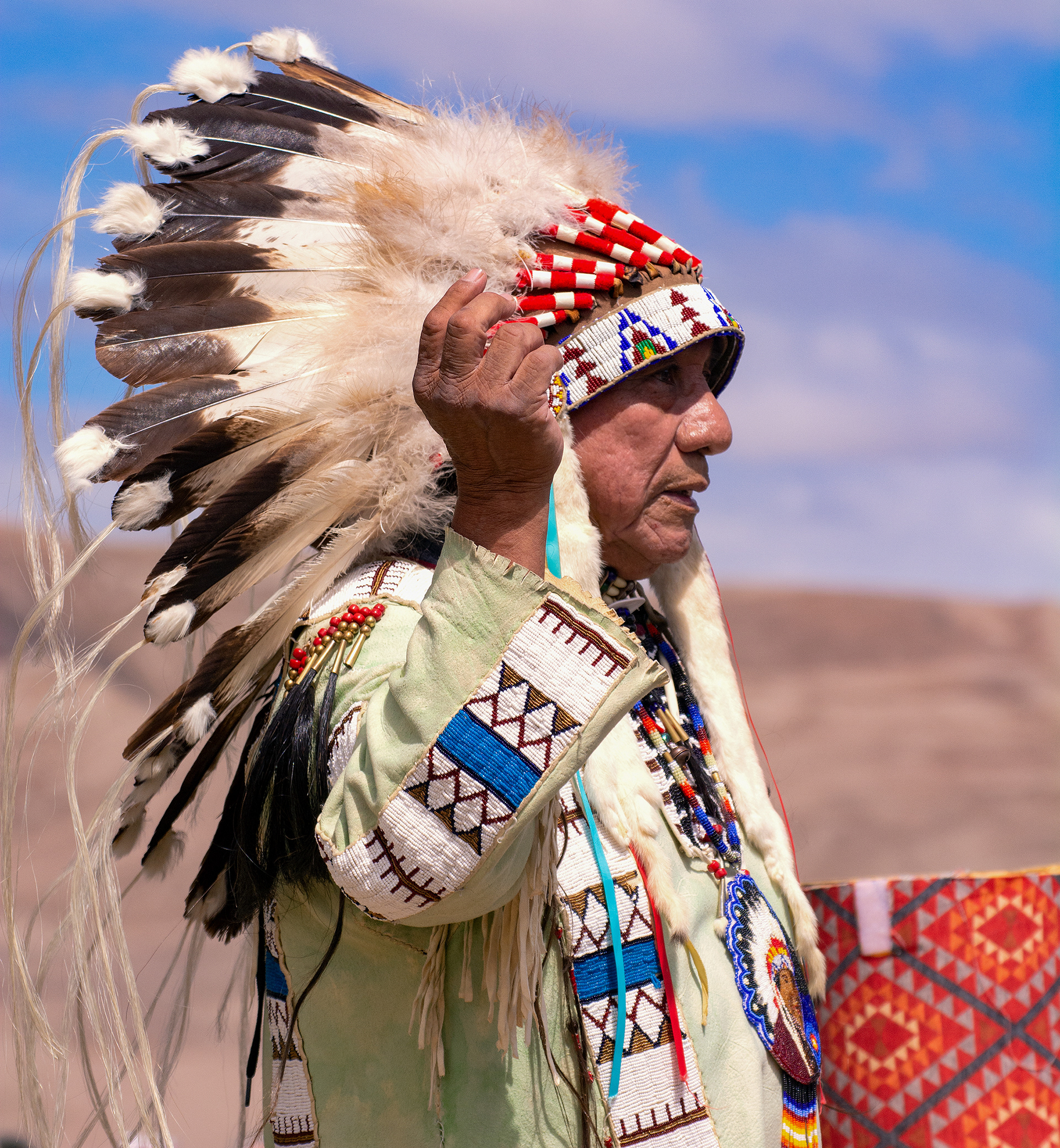
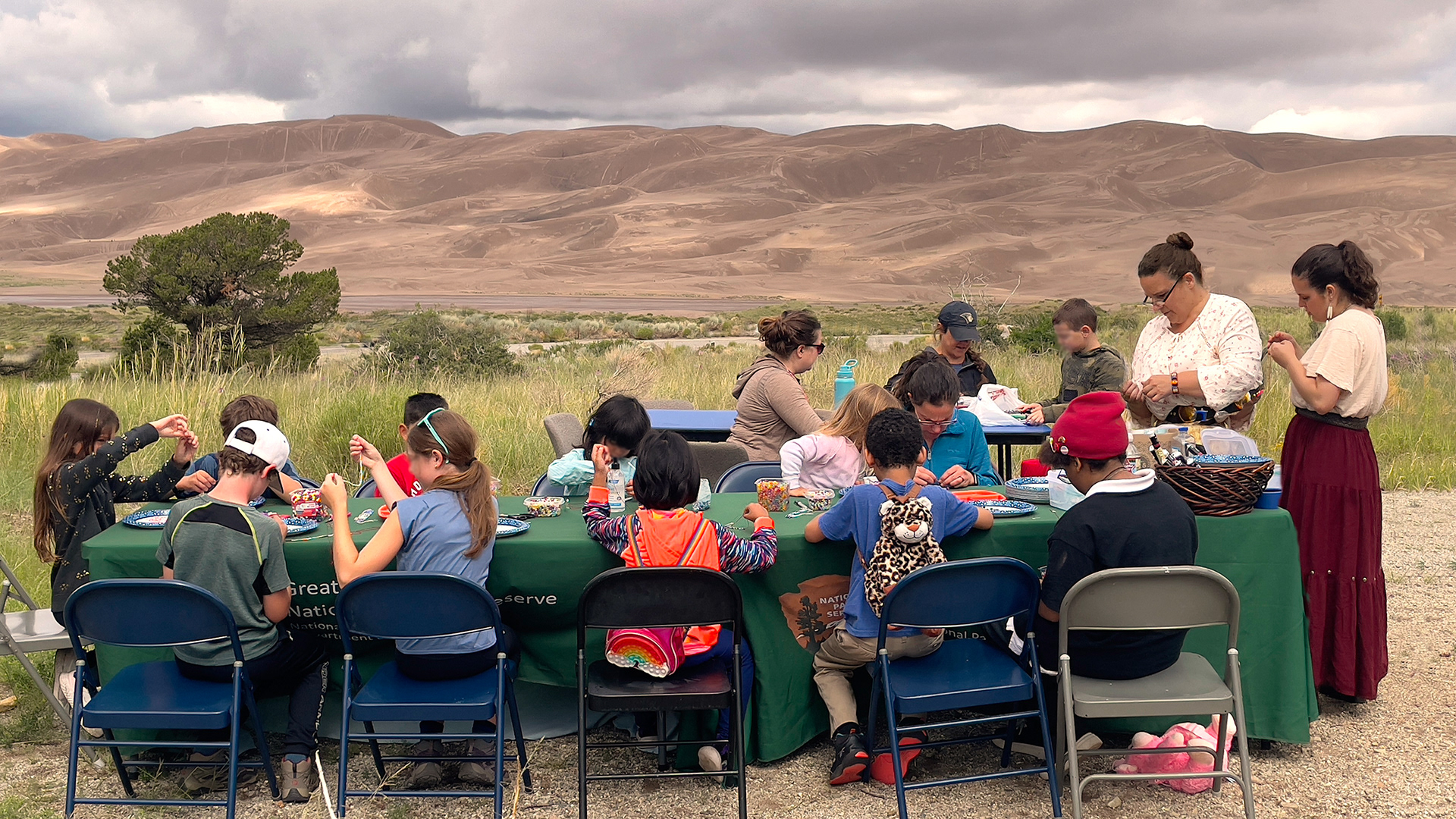
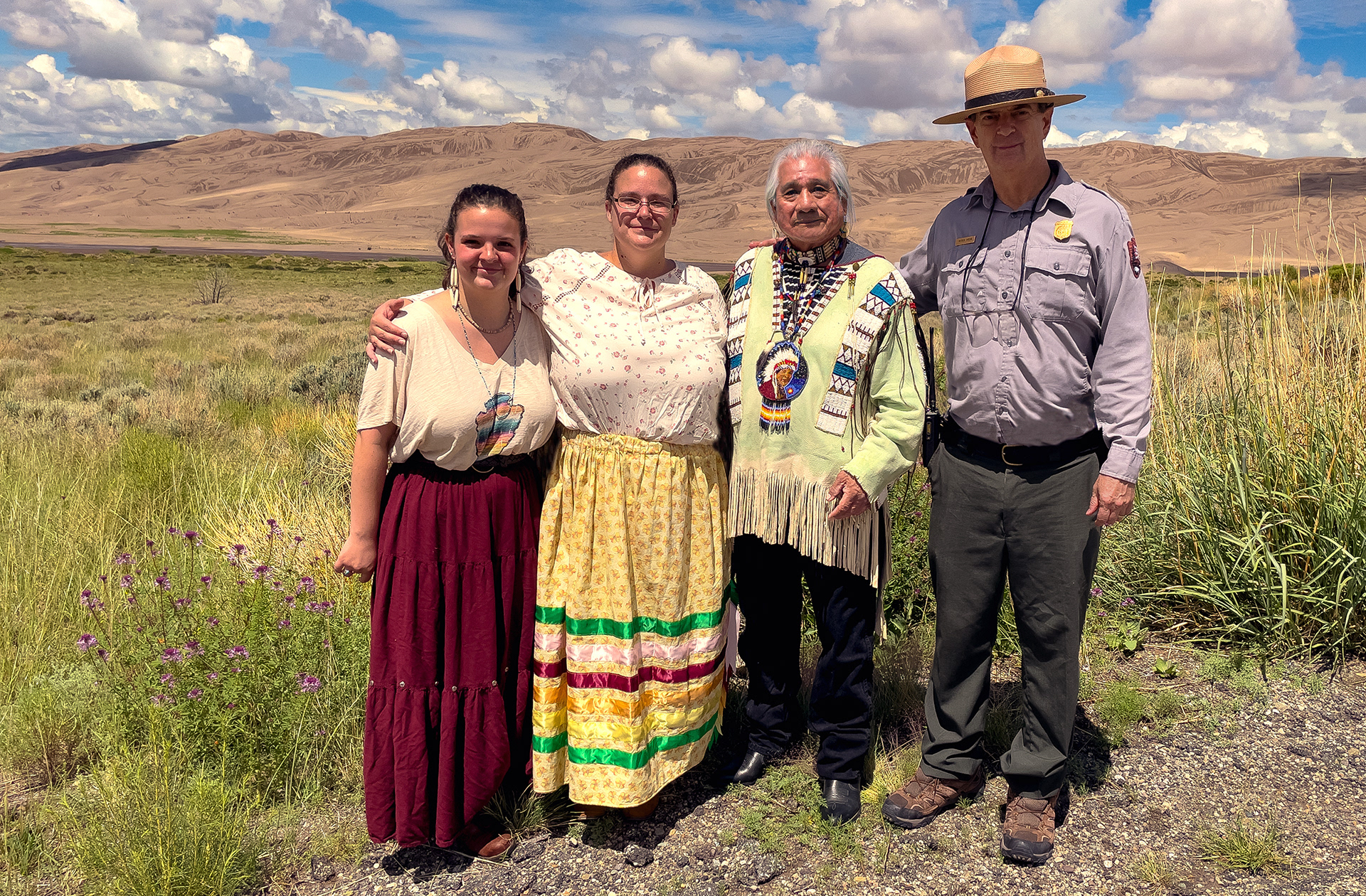
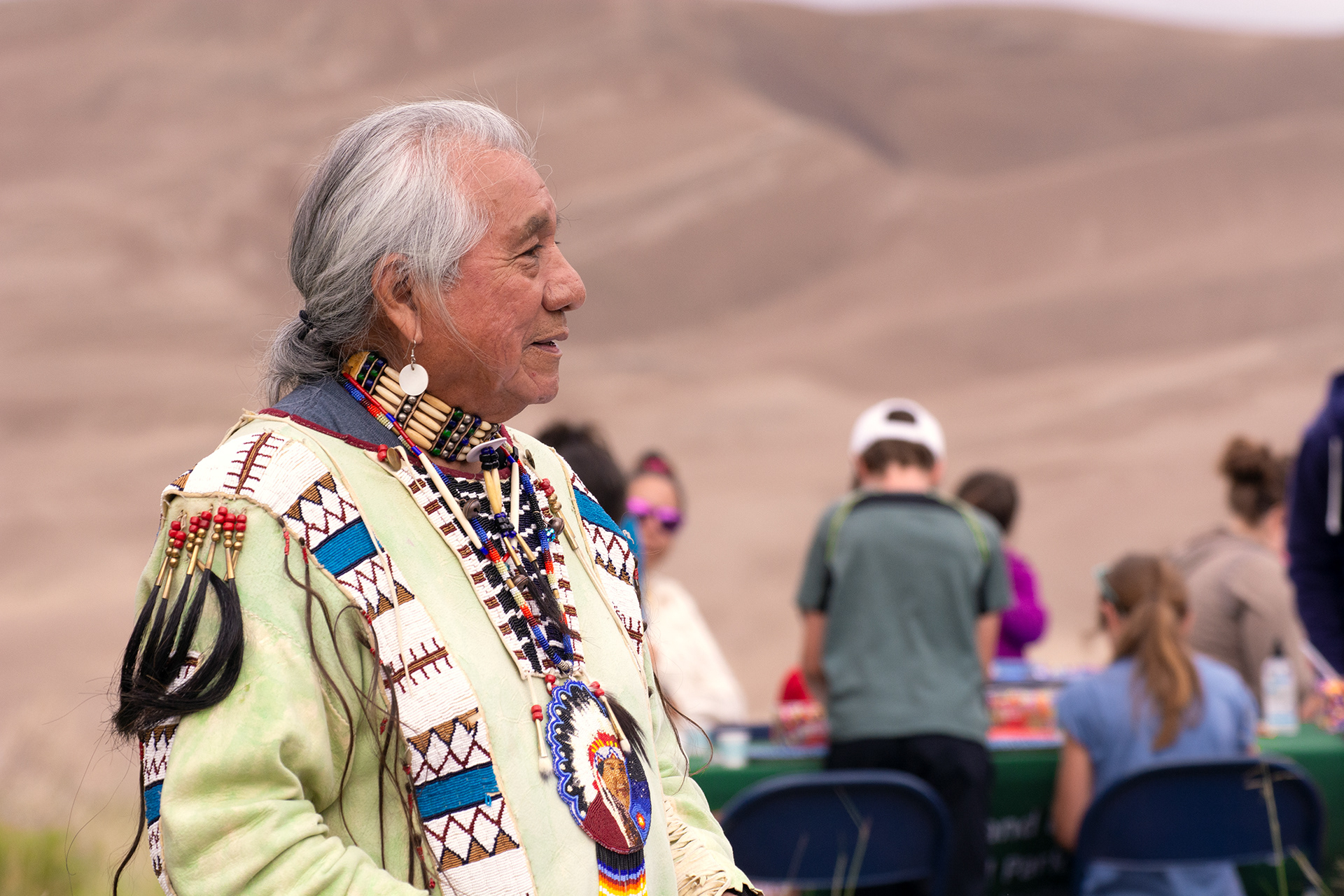
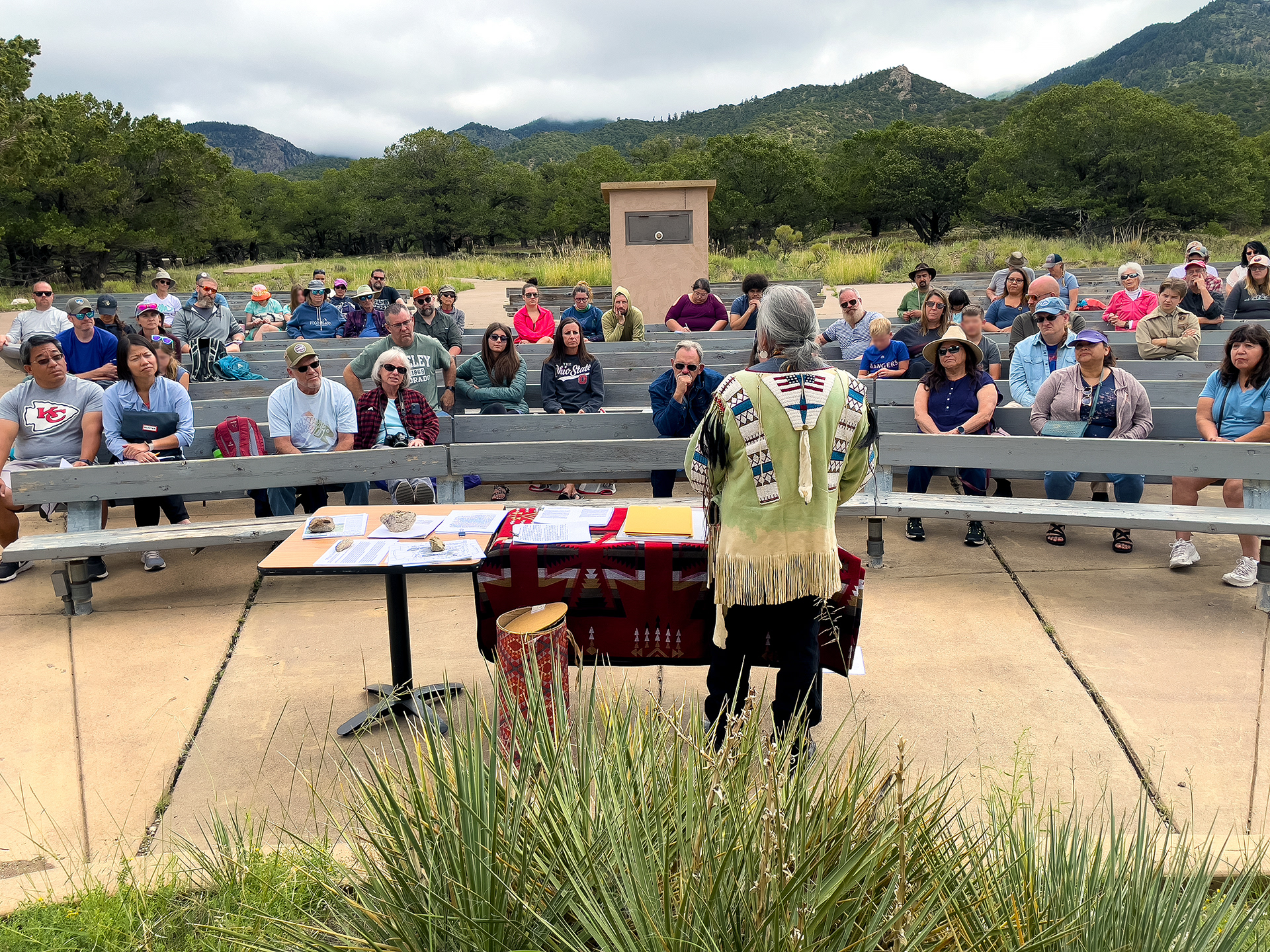
August 1, 2022
Some moments I captured from Great Sand Dunes National Park's Ute event Saturday. Ute Elder Roland McCook shared his tribe's culture and history, while Morgan Dawn Allen and her daughter taught children traditional beadwork.
I met Roland 3 years ago when my younger daughter did a History Fair project on Roland's famous ancestor, Chipeta. We traveled to western Colorado to interview Roland, who welcomed us into his home and shared wonderful history about Chipeta and her husband Chief Ouray. We also made plans then for Roland to present at the dunes, but Covid delayed his coming until this summer. It was an honor to finally welcome them to the San Luis Valley and the dunes, part of the traditional homeland of the Ute people.
I met Roland 3 years ago when my younger daughter did a History Fair project on Roland's famous ancestor, Chipeta. We traveled to western Colorado to interview Roland, who welcomed us into his home and shared wonderful history about Chipeta and her husband Chief Ouray. We also made plans then for Roland to present at the dunes, but Covid delayed his coming until this summer. It was an honor to finally welcome them to the San Luis Valley and the dunes, part of the traditional homeland of the Ute people.
__________
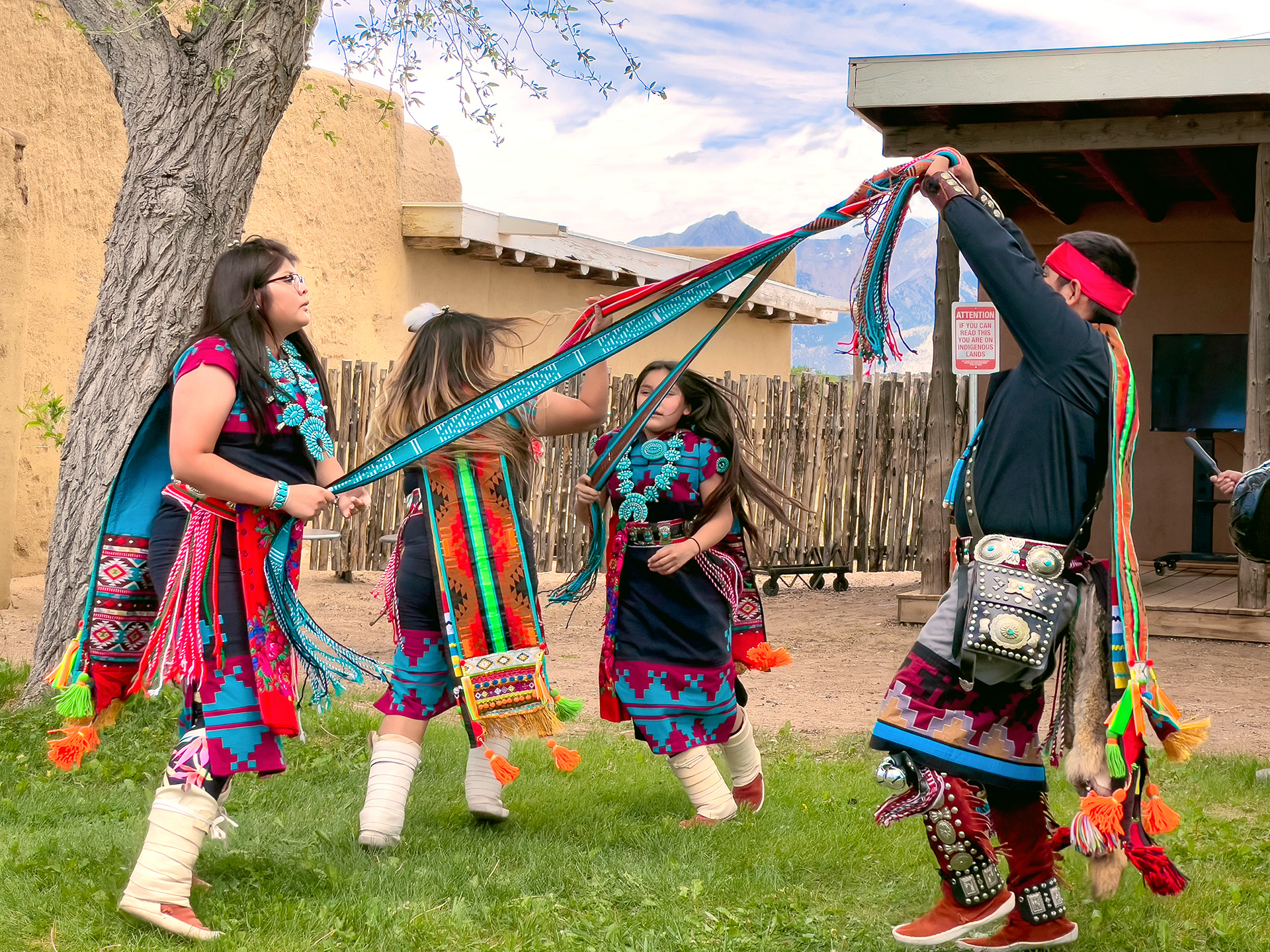
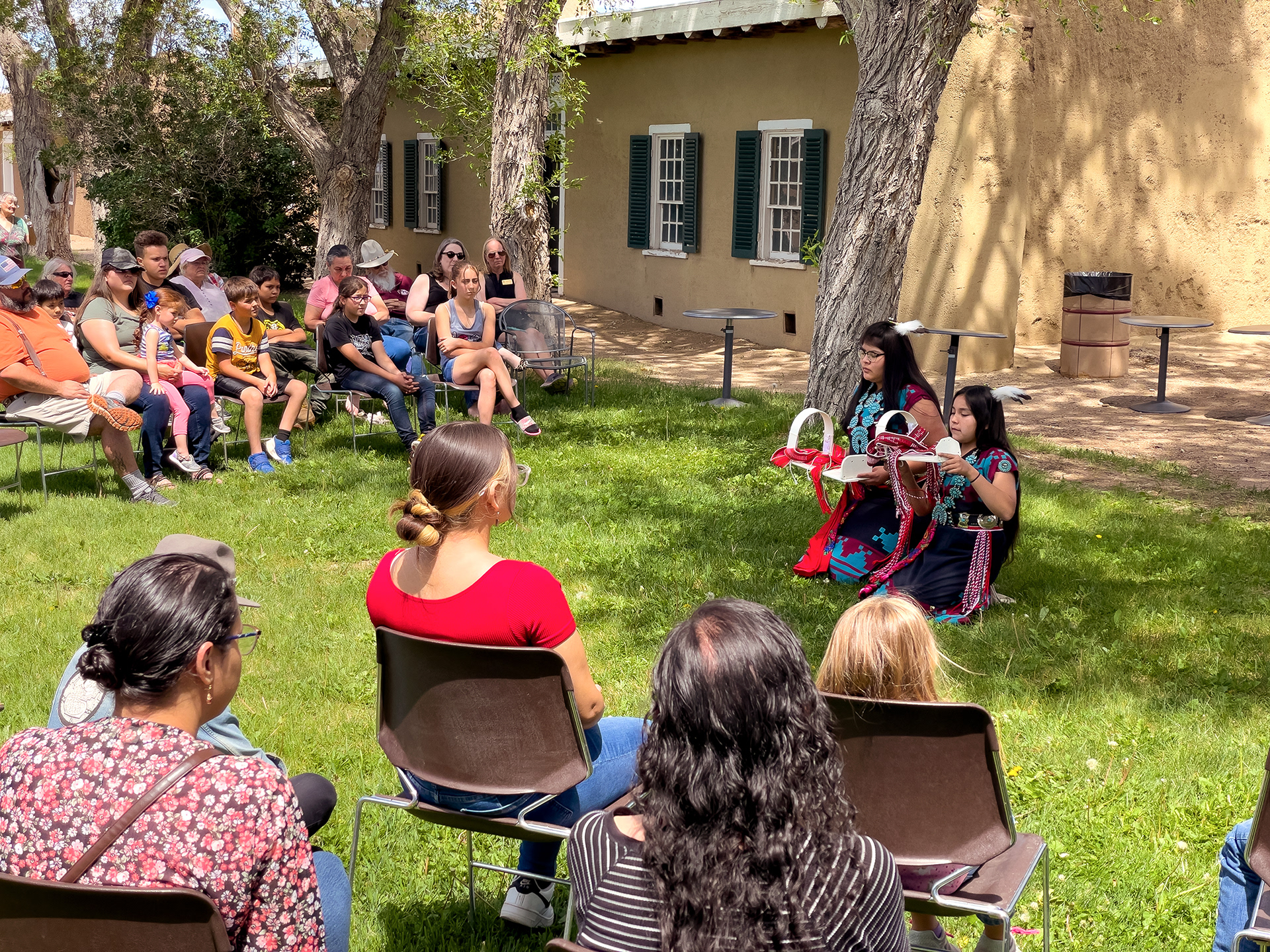
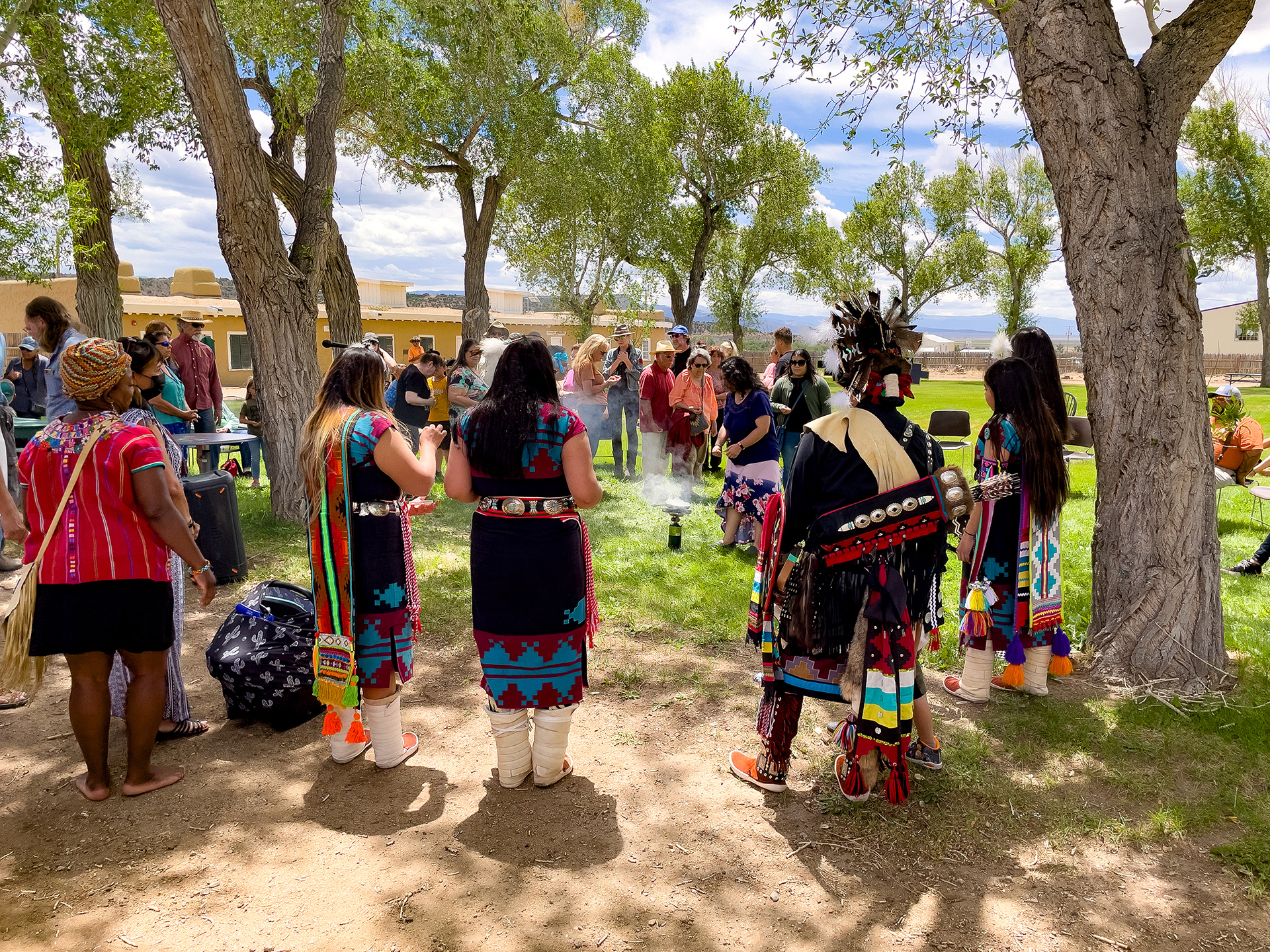
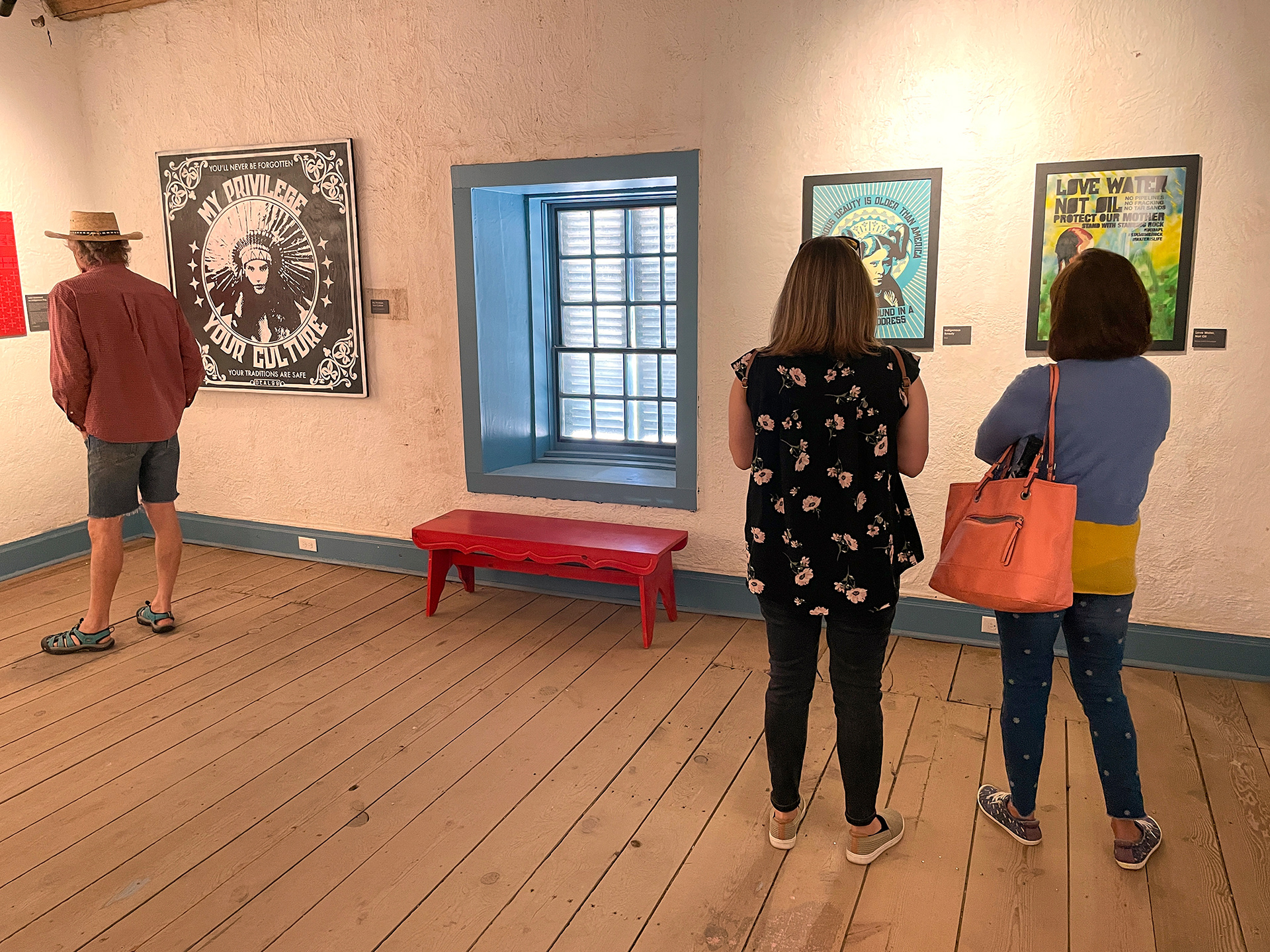
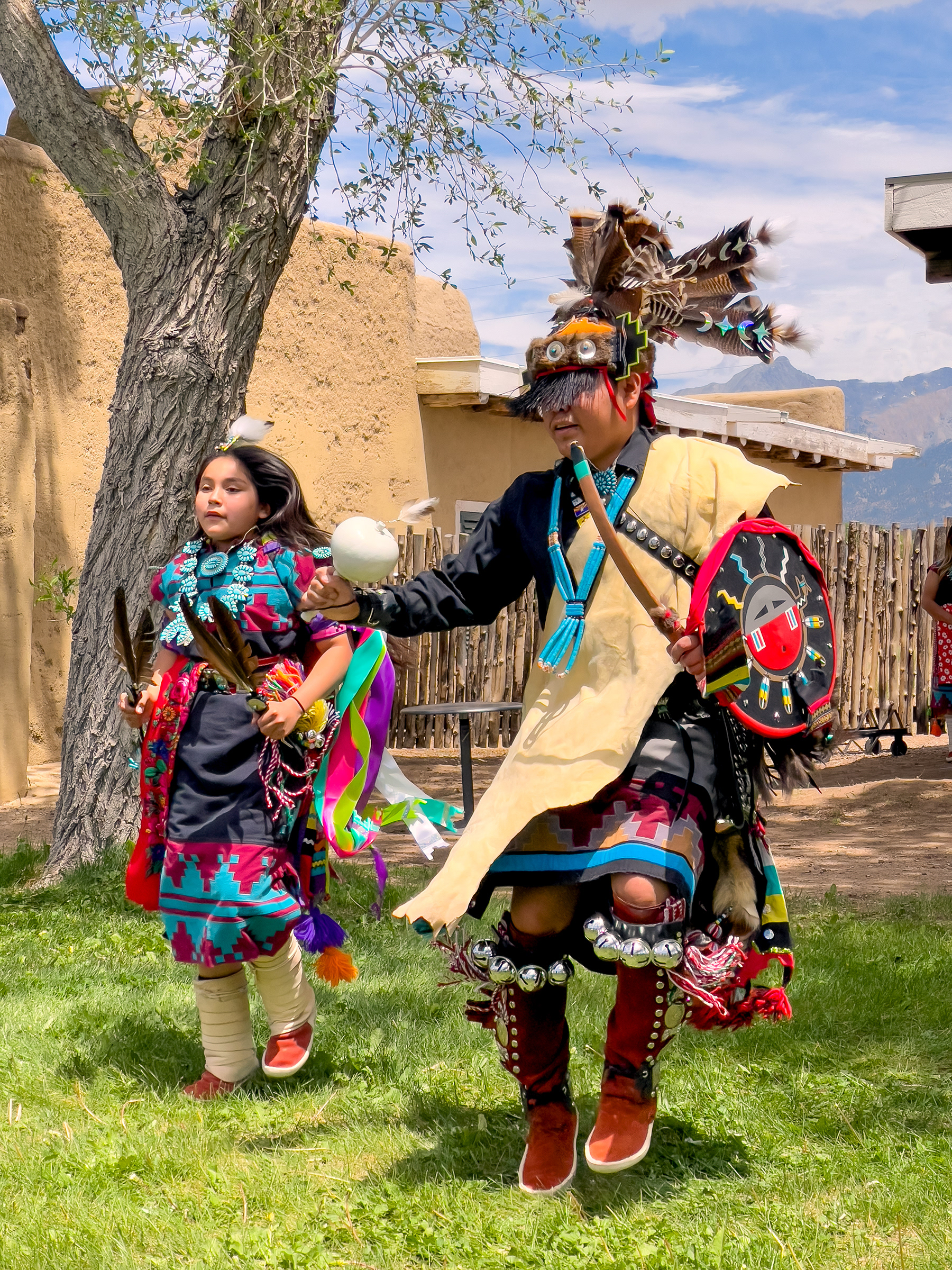
June 24, 2022
I was grateful to attend a recent presentation by the Dine' Tah Navajo Dancers at Fort Garland Museum & Cultural Center (where I sometimes volunteer) and capture a few moments of the event. The same day there was also an exhibit opening of paintings by Gregg Deal (Pyramid Lake Paiute). Thanks are due to the new museum director, Eric Carpio, for including more Indigenous voices at Fort Garland. This fort was a meeting place of many cultures, including regional tribes.
__________
February 22, 2022
Over the past year, we've seen the news stories of the discoveries of the remains of over a thousand children in unmarked graveyards at former Indigenous boarding schools in Canada and the US. Over 700 remains were found at one school in Canada, and a school in Nebraska documented over 100 deaths. The US Department of Interior has launched its own investigation, and there will likely be far more revealed.
Beginning in the 19th century, Indigenous children were often forcibly removed from their families and tribes, and placed in government-sponsored schools primarily managed by the Catholic Church. Physical, sexual, and mental abuse were rampant in these schools. Conditions were frequently crowded and deplorable, leading to outbreaks of disease. Children died from abuse, neglect, disease, and suicide, all under the guise of showing them God's love.
Beginning in the 19th century, Indigenous children were often forcibly removed from their families and tribes, and placed in government-sponsored schools primarily managed by the Catholic Church. Physical, sexual, and mental abuse were rampant in these schools. Conditions were frequently crowded and deplorable, leading to outbreaks of disease. Children died from abuse, neglect, disease, and suicide, all under the guise of showing them God's love.
The first step in healing is acknowledgment, to "weep with those who weep."
I wrote a native flute piece called 'Children Stolen (Diniyoli Ganosgida)', and created a short video to go with it, on the music page.
Photo: Geoff Robins, ABC News
__________
November 24, 2021
My friend Anna Martinez-Amos is currently on a detail assignment for a few months to Great Sand Dunes National Park and Preserve from San Antonio Missions National Historical Park. A large part of her heritage is the Indigenous Coahuiltecan people of south Texas and northern Mexico, a tribe that long predated the US/Mexican border. On a recent afternoon we hiked out to one of the 200 culturally modified ponderosa pines here, living artifacts that were ceremonially peeled in past centuries by area tribes. I photographed her touching this 500 year-old tree that was peeled in the 19th century.
As we #GiveThanks for the Creator's provision in so many aspects of our lives, we remember the people who walked here before us, who were provided food and medicine from these vanilla-scented ponderosa pines.
__________
November 18, 2021
A watercolor painting and three music pieces on my website are about the Trail of Tears. In 1838-1839, 4,000 Cherokee women, men, and children died on a forced march from their homelands in the Appalachian Mountains to Oklahoma Territory. Some Cherokees who couldn't keep up - including young children, pregnant women who had been raped by soldiers, and the elderly - were bayoneted and left to die. Others bled from frostbite or injuries. Many died from exhaustion, disease, heat stroke, or hypothermia. The suffering and loss of life that occurred is unfathomable.
The National Park Service manages Trail of Tears National Historic Trail to commemorate this horrific event. Learn more at https://www.nps.gov/trte/index.htm
NPS photo: Cherokee people retrace part of the Trail of Tears at Pea Ridge National Battlefield, Arkansas.
__________
November 12, 2021
Part of #NativeAmericanHeritageMonth is a week of #RockYourMocs, when people of Indigenous heritage post photos of their own unique moccasins. According to rockyourmocs.org, the purpose is "A positive opportunity to be united and celebrate tribal individuality by wearing moccasins. We honor our ancestors, and indigenous peoples worldwide, during Rock Your Mocs events and commemorate National Native American Heritage Month." The National Park Service is encouraging staff with Indigenous heritage to wear their mocs during the week with the uniform and share a photo.
Traditional Cherokee footwear is the distinctive 'pucker toe' moccasin with a center seam, so this fall I crafted a pair with deerskin.
__________
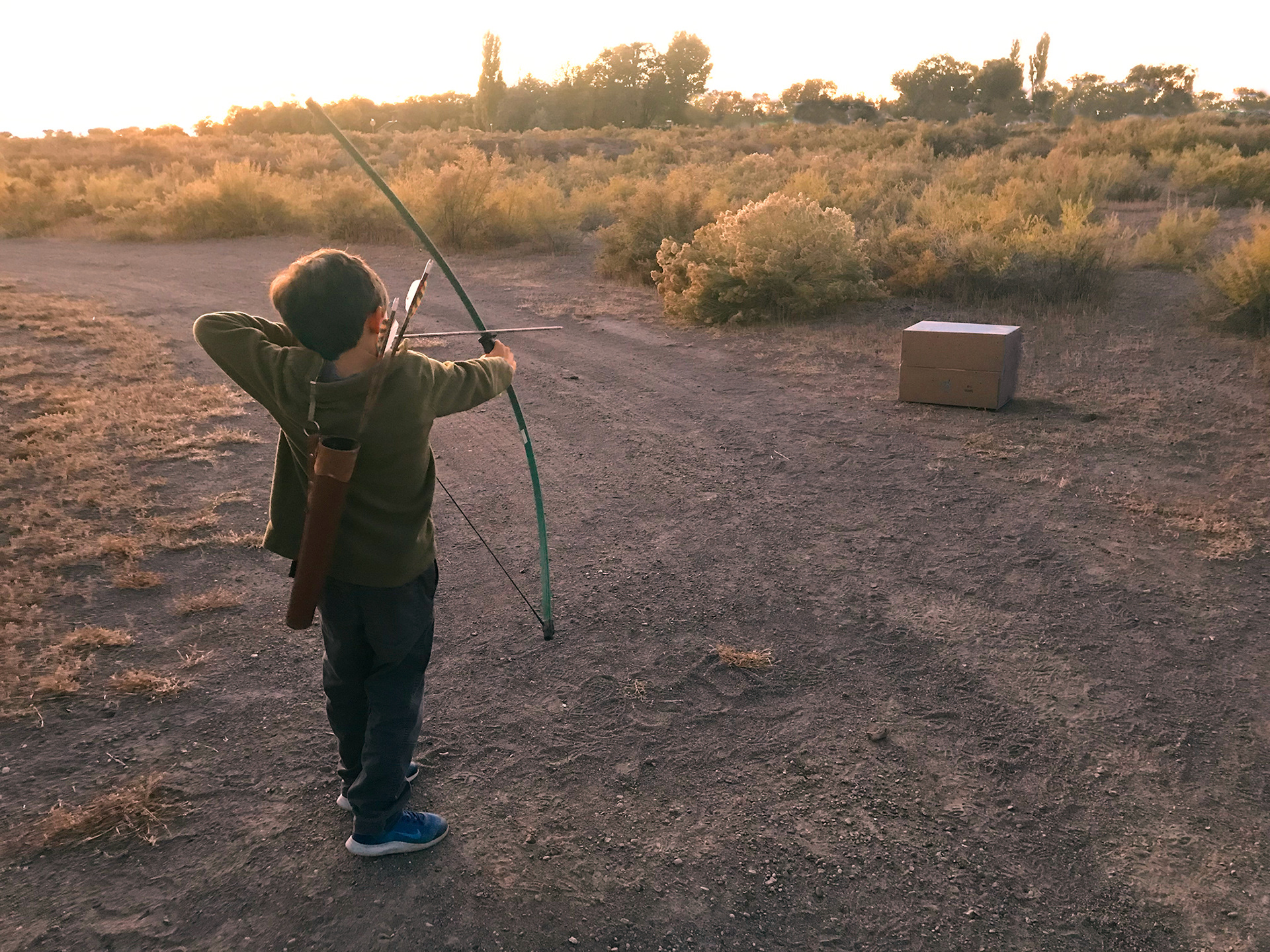
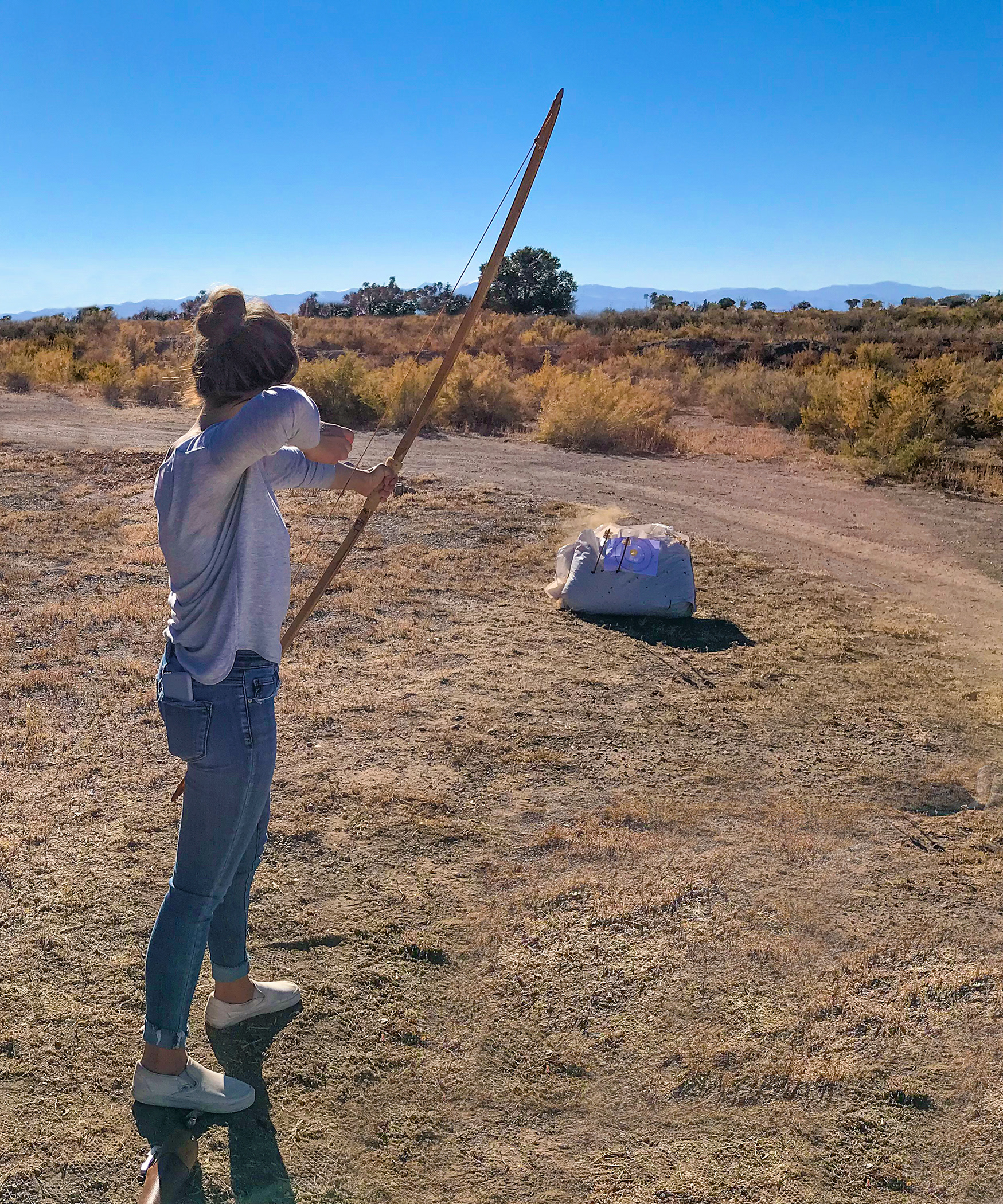
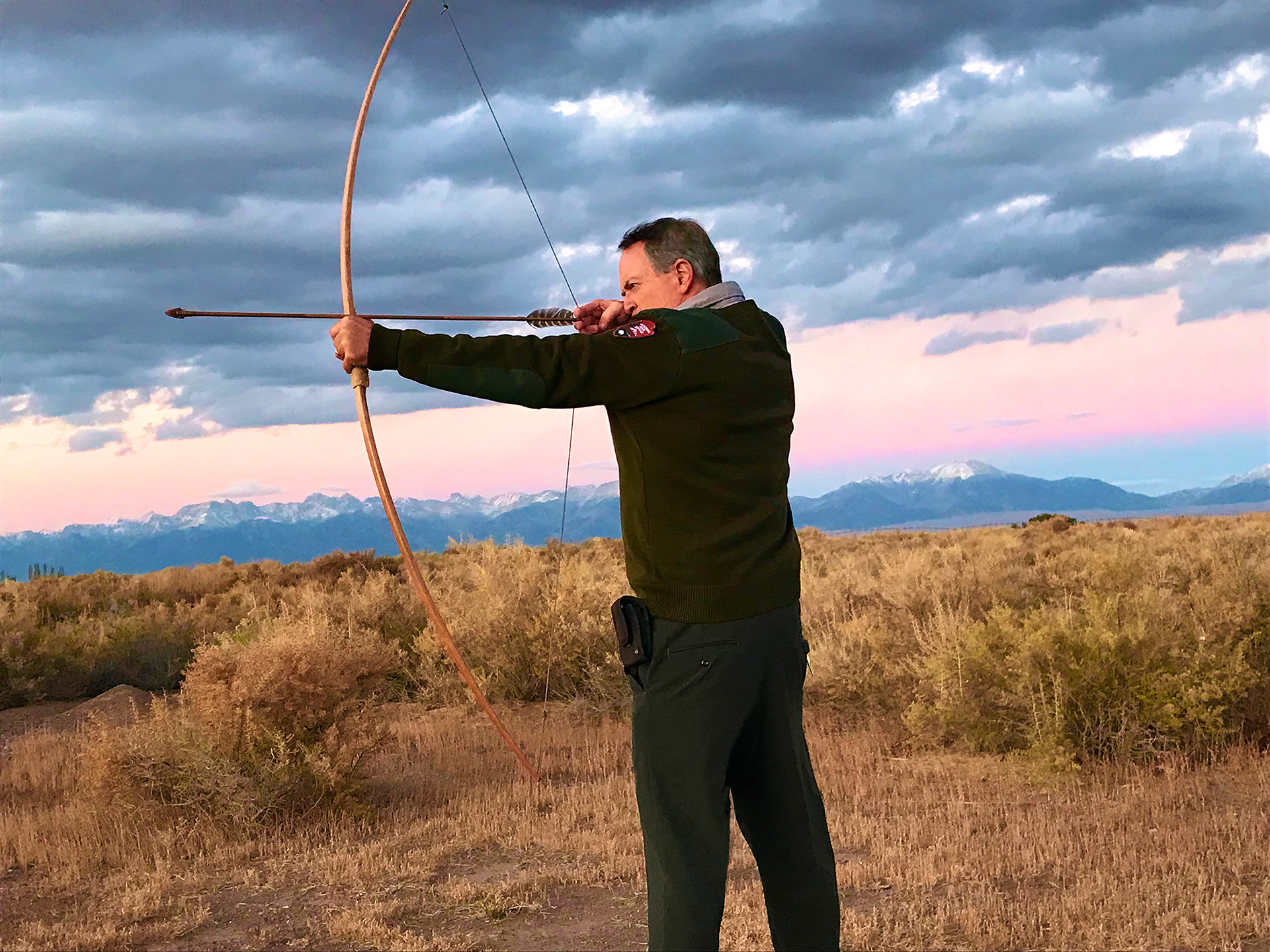
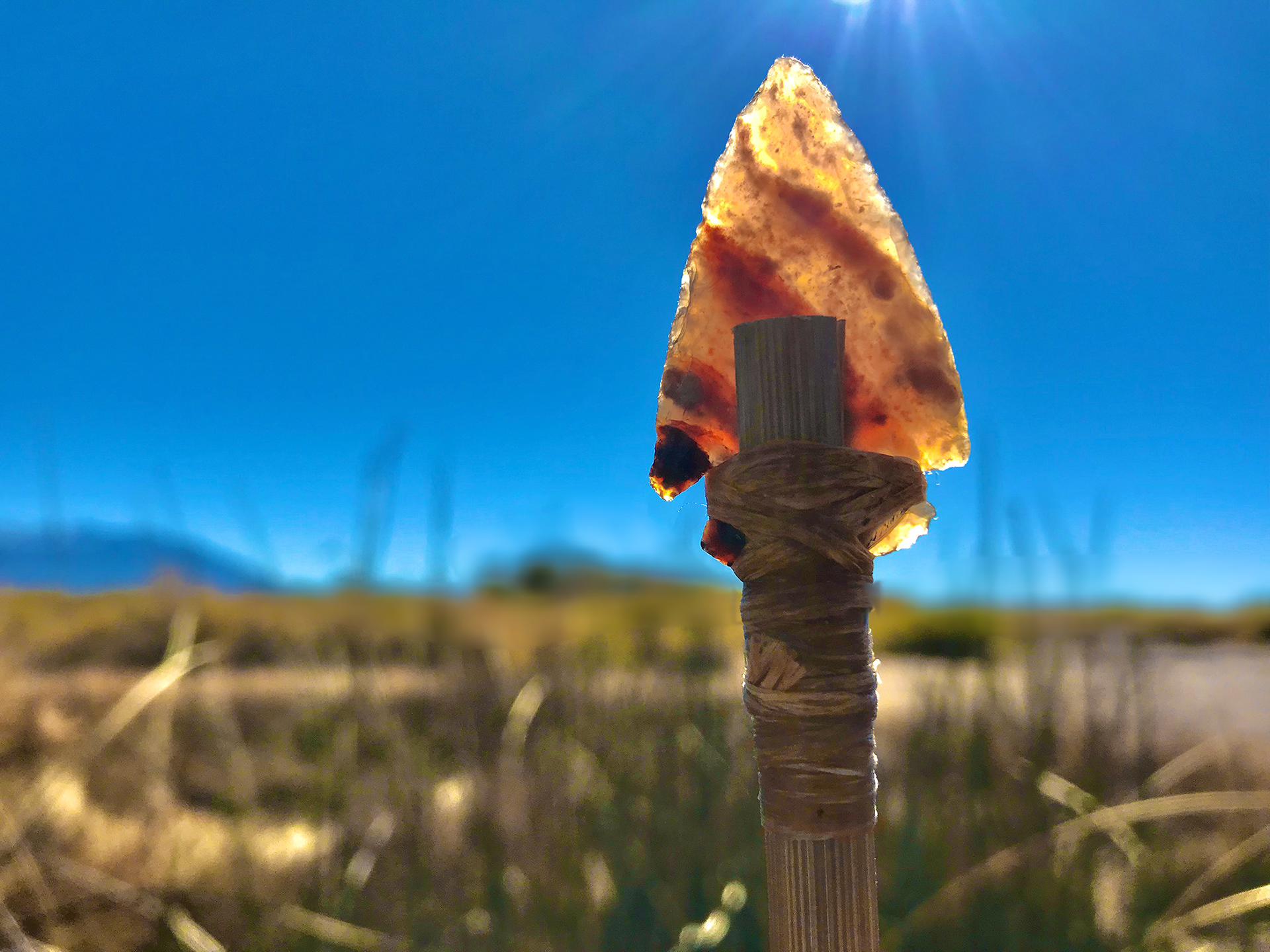
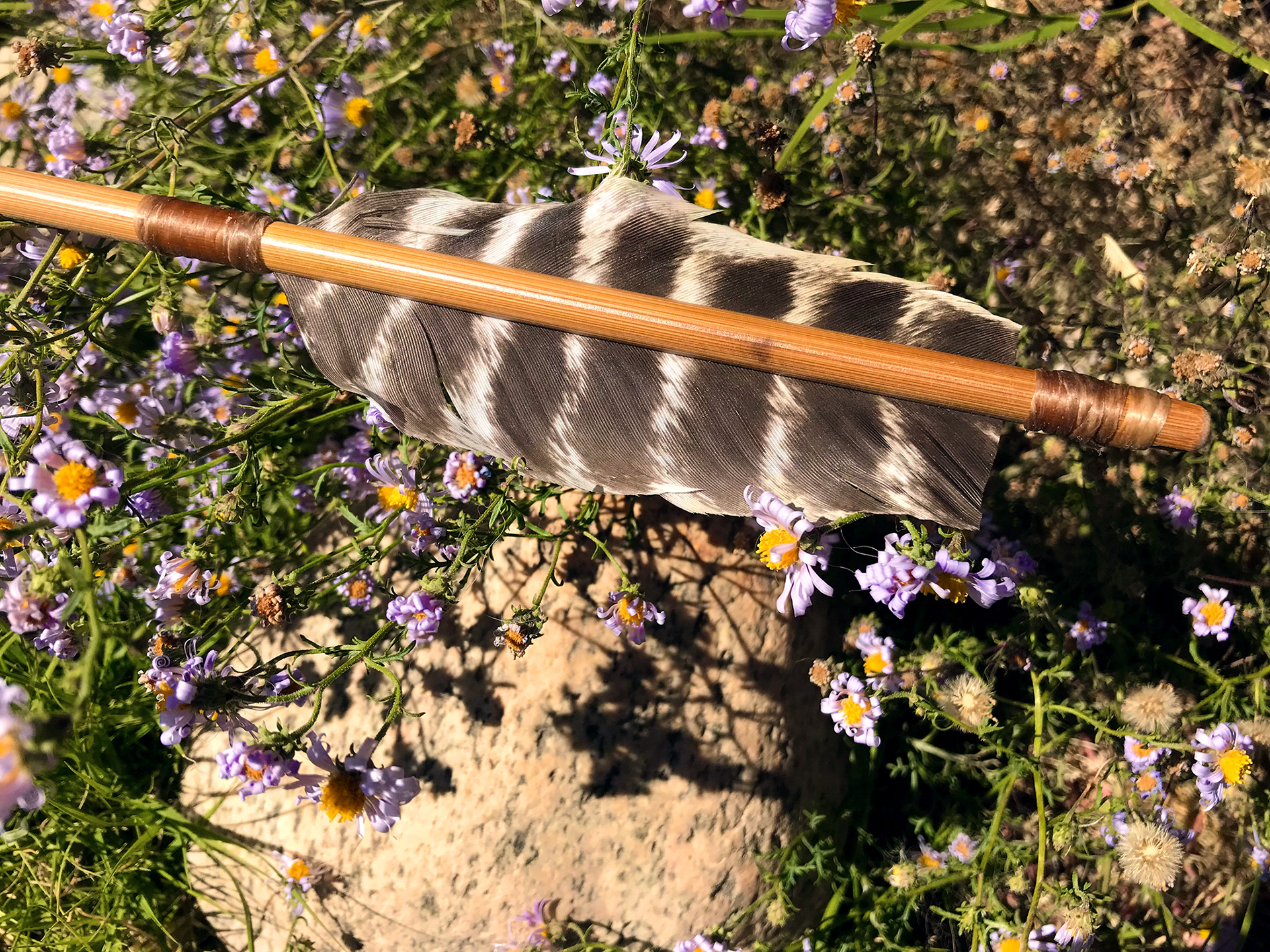
October 28, 2021
Have been teaching traditional archery to our youngest child this fall, with occasional participation from our older kids (oldest daughter is also pictured). In scripture and in traditional Indigenous teachings, children are metaphorically described as arrows that we prepare and send out into the world. I've tried to teach each of our kids the basics of traditional archery, so they can feel and understand the power of this. Our older daughter is in college to be a teacher, and by faith she is already touching the lives of new generations.
I use a traditional longbow and rivercane arrows with turkey two-feather fletching and stone arrowheads, the design used historically by the Cherokee and other southeastern tribes.
___________
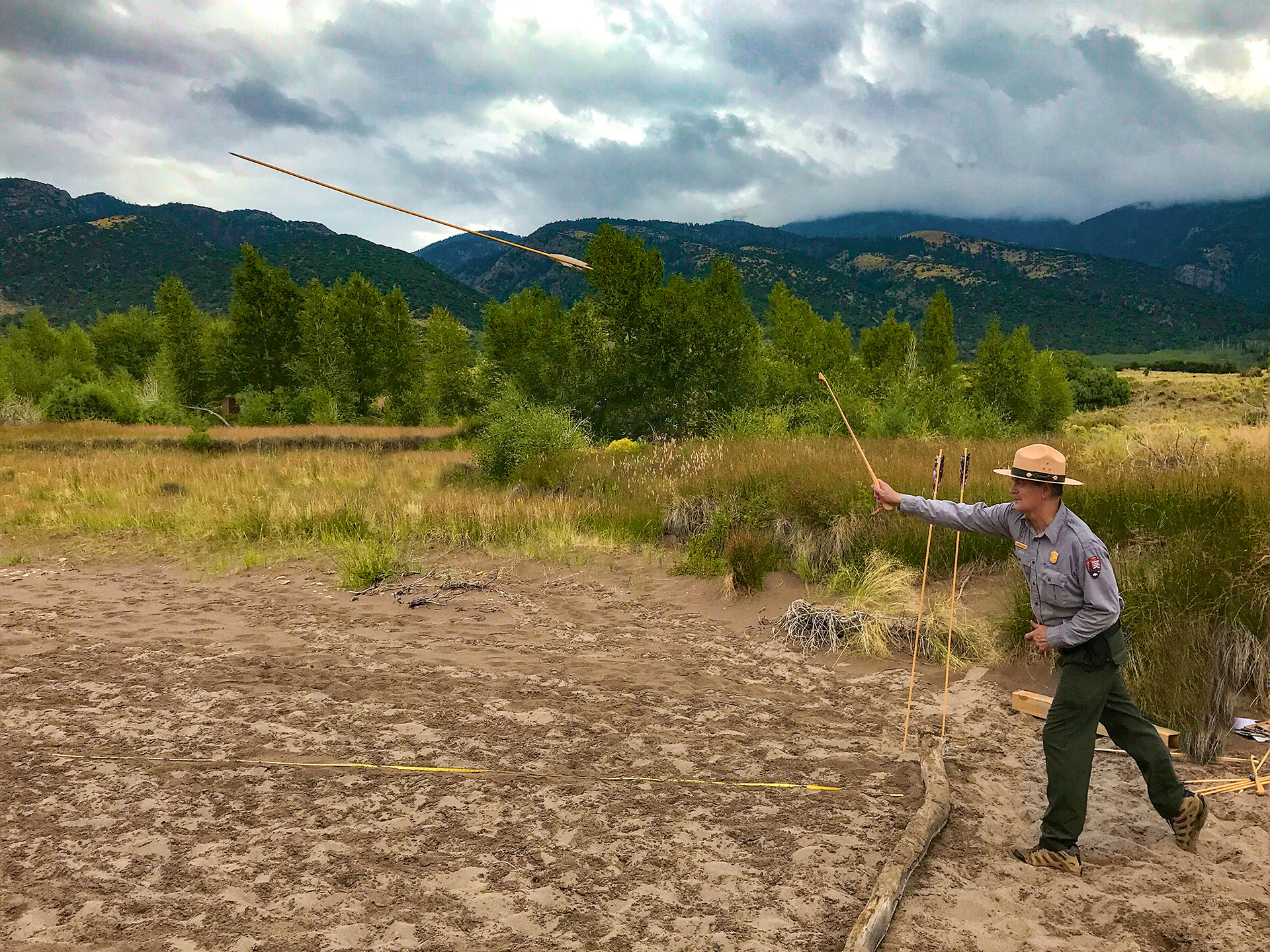
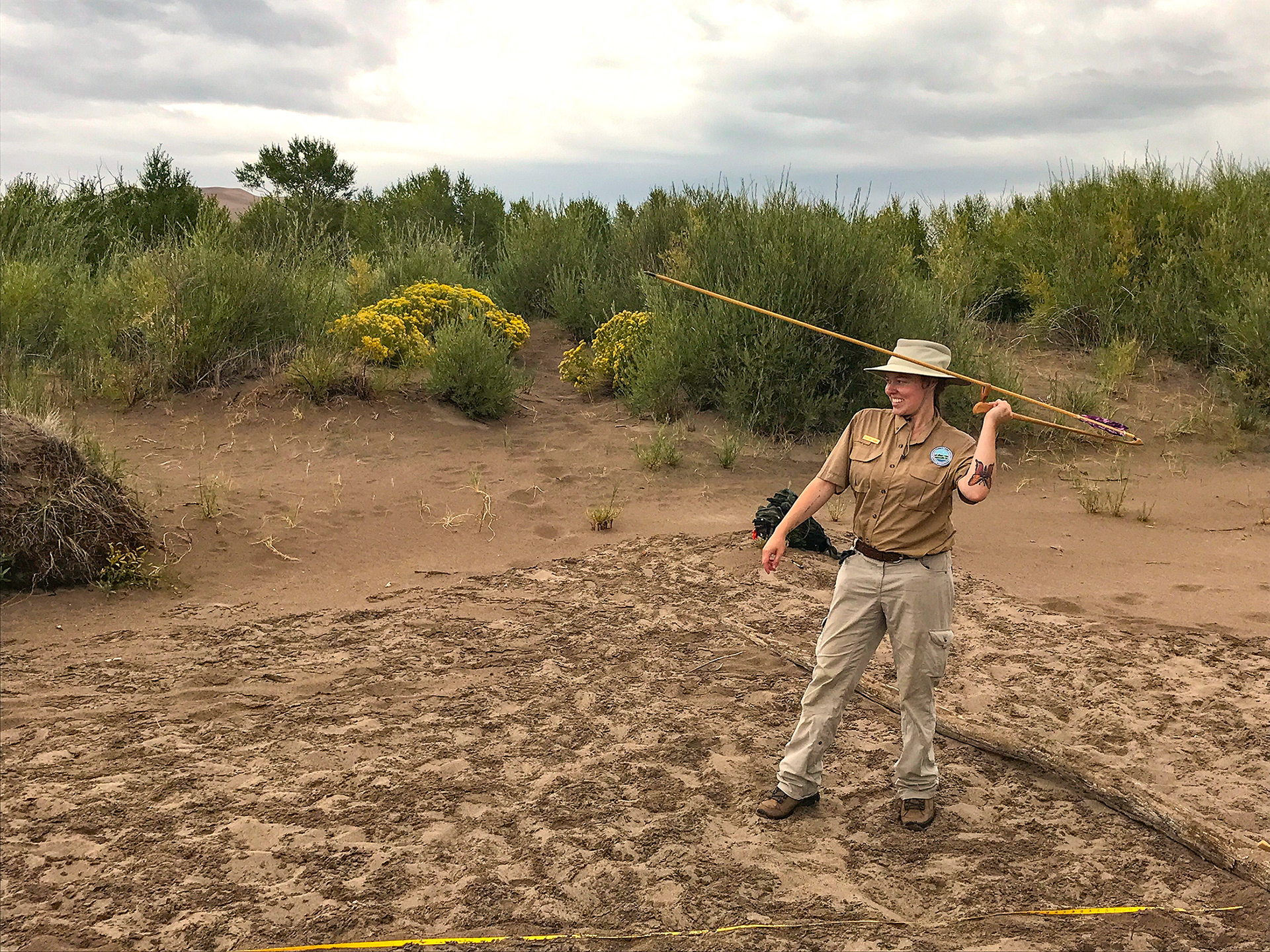
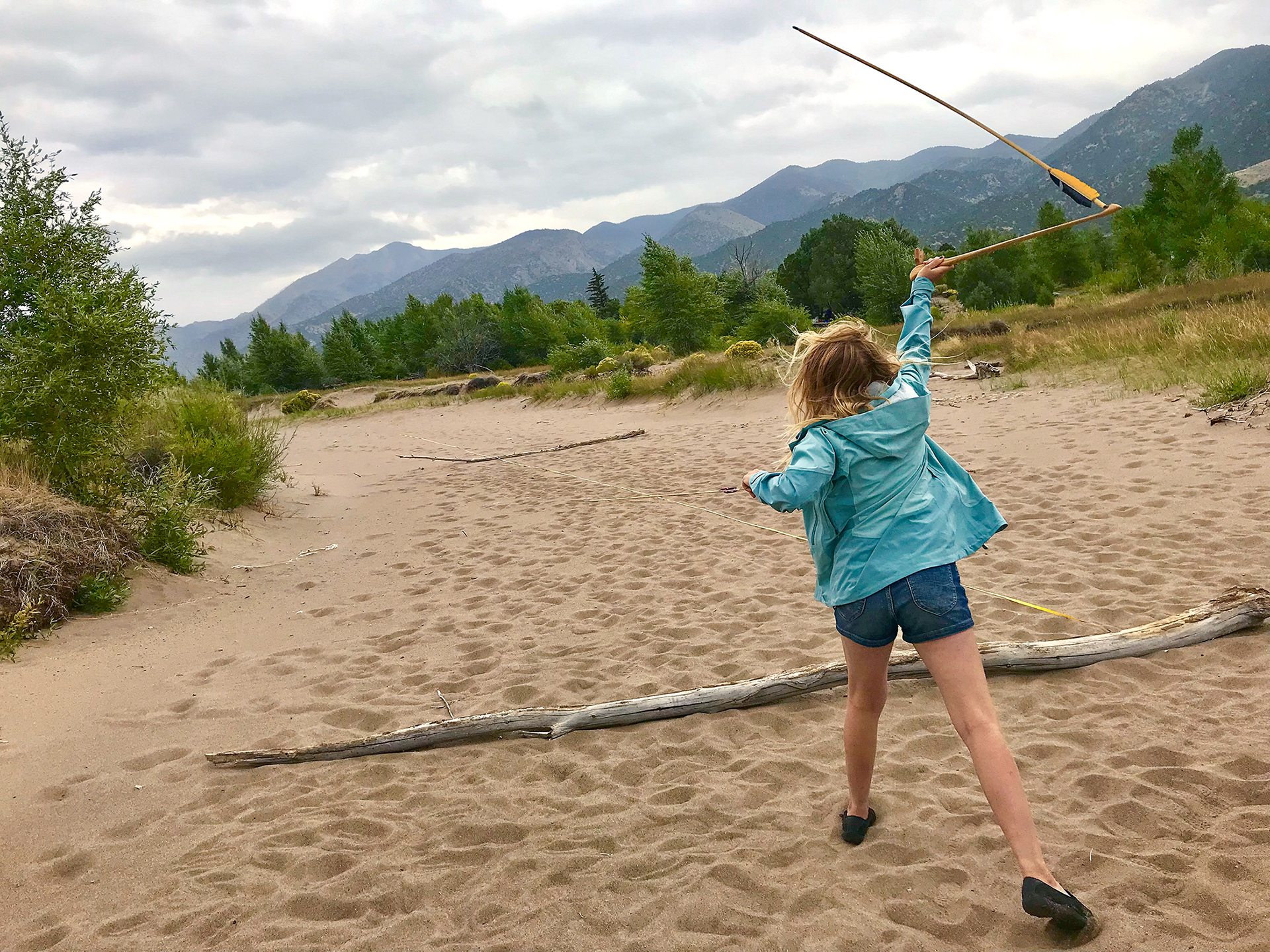
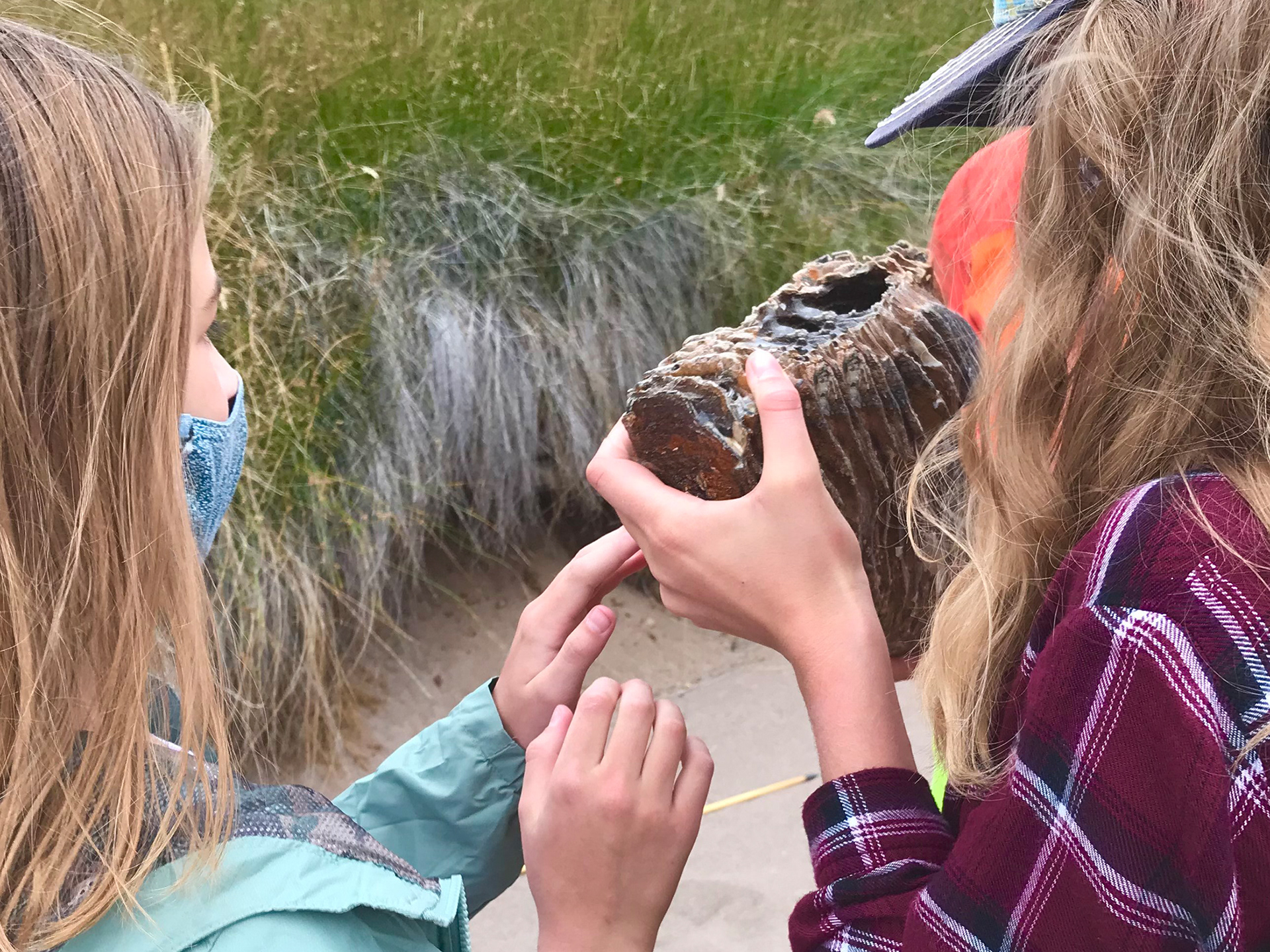
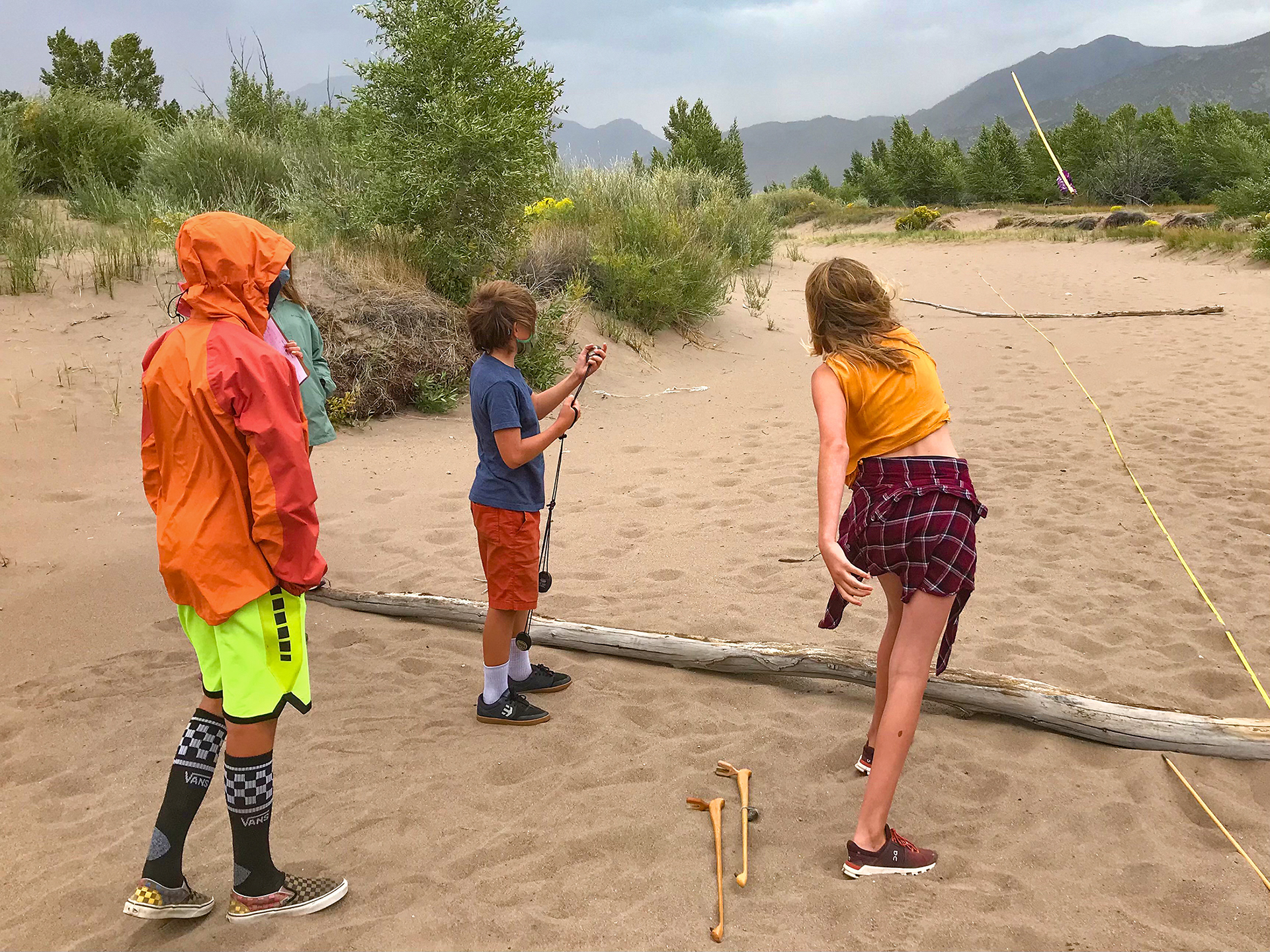
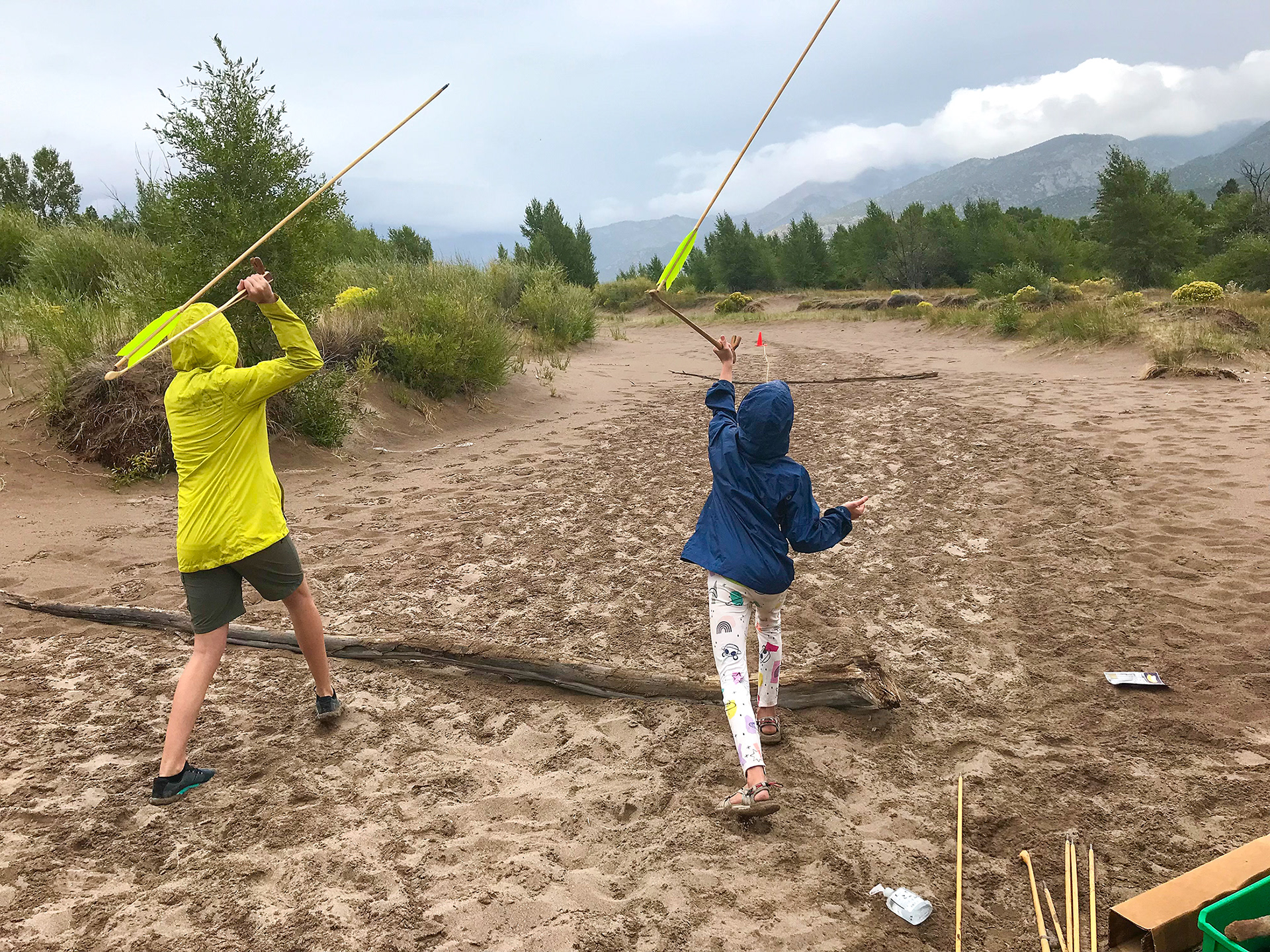
September 3, 2021
Our first education program of the fall season at Great Sand Dunes National Park was this week, focusing on the lifeways of the earliest indigenous people here. Lithic art, gathering and processing food with a mano and metate, and hunting prehistoric mammals with an atlatl were included in three stations. In these photos, middle schoolers were learning how to launch a high-velocity spear with an atlatl, and got to hold a real mammoth tooth and ancient camel tooth. Even during ice age times, the Creator provided sustenance for the earliest people living around the dunes. Thanks to our intern Brookelynn for helping with this program!
__________
August 5, 2021
Driving home from work with my younger daughter, I stopped to photograph the prairie sunflowers in the grasslands west of the dunes. She still had on her nicer work clothes, but walked out with me to experience the beauty of this least-visited part of the park. She and I had a tradition when she was younger of photographing her walking in the sunflowers every year. Now a high school senior, she's naturally more reluctant to be photographed. After I photographed the sunflowers, I asked if she wanted me to photograph her. Surprisingly, she did. I took some photos of her walking through the gently waving blossoms.
To protect their privacy in this public space, I do not share my children's faces or names, but one of the photos of her walking away touched something within me, so I share it here. It's part of the Creator's design for a child to grow up and leave the nest. While I rejoice to see them spread their wings, and will do all I can to help them become independent, responsible adults, I will miss the closeness we've shared day after day in their growing years. We still have a 9-year old at home, so we may be far from having an empty nest. But in this last year with our two 17-year-olds at home, I'm trying to give thanks for each moment like this, listen to their thoughts and hearts, and hopefully plant some good seeds on the path they choose, even through the sometimes tumultuous teen years, just as my father did with me. It is through him that my Cherokee heritage comes, and I know his prayers were part of my coming to faith, a faith that goes back countless generations in the Cherokee people.
The sunflower bloom is one of my favorite times of year. The seeds that fell in the soil the previous year have weathered a frigid winter, drought and heat, like the painful times in our lives. But when the summer rains finally come, the grasslands burst into an expanse of little suns. It is worth the wait.
__________
May 3, 2021
This is something that breaks my heart. Most Americans don't realize how prevalent this is. It's primarily native women who are murdered and missing, in alarming numbers.
US Department of Interior
The May 5 National Missing and Murdered Indigenous Persons Awareness Day observance shines an important light on the epidemic of violence that has disproportionately plagued Indigenous communities. http://ow.ly/VQPV50EFjRT
The May 5 National Missing and Murdered Indigenous Persons Awareness Day observance shines an important light on the epidemic of violence that has disproportionately plagued Indigenous communities. http://ow.ly/VQPV50EFjRT
__________
November 26, 2020
Gratitude is not dependent on circumstances or culture, but is an attitude of the heart.
Abraham Lincoln's Thanksgiving Proclamation of 1863 was written in the midst of one of the bloodiest civil wars in human history, tearing our nation to the core to end the evil practice of slavery. Lincoln's powerful words acknowledge both our sorrow and our blessings, calling all to join together in giving thanks.
And despite the horrific, tragic treatment of indigenous people in North America - including the Trail of Tears endured by Cherokees and other tribes - today the Cherokee people as a whole are a people of humble gratitude to the Creator, acknowledging the lingering pain of the past, facing the challenges of the present, and working with hope to make a better future.
Abraham Lincoln's Thanksgiving Proclamation of 1863 was written in the midst of one of the bloodiest civil wars in human history, tearing our nation to the core to end the evil practice of slavery. Lincoln's powerful words acknowledge both our sorrow and our blessings, calling all to join together in giving thanks.
And despite the horrific, tragic treatment of indigenous people in North America - including the Trail of Tears endured by Cherokees and other tribes - today the Cherokee people as a whole are a people of humble gratitude to the Creator, acknowledging the lingering pain of the past, facing the challenges of the present, and working with hope to make a better future.
__________
November 6, 2020
Recently I was at the right place and moment to photograph sandhill cranes, alpenglow and moonrise over Blanca Peak.
Even during these uncertain times, we can still glimpse the intricate rhythms and circles of life: the wingbeats of a soaring flock of birds, the heartbeat of a baby in her mother’s womb, the silent spin of planets and galaxies. We lift our eyes to the Creator, and find perspective and strength to face another day.
View more of my photos on the Great Sand Dunes Flickr page:
https://www.flickr.com/photos/greatsanddunesnpp
View more of my photos on the Great Sand Dunes Flickr page:
https://www.flickr.com/photos/greatsanddunesnpp
___________
April 16, 2020
A post I wrote for a series on artifacts that tell relevant stories of struggle from our nation's history. This jar was found along Sand Creek on the north side of the dunes.
The saying "If these walls could speak..." refers to the hidden stories of the past, both negative and positive, that could be revealed in a house. Each artifact also holds countless secrets of the lives of those who have used it. This centuries-old jar, found in the sand and now on display in the visitor center, was likely crafted by a Tewa woman to bring water or ricegrass grains to her family's campsite. The life stories we all have in common of love, loss, suffering, hope, and perseverance, took place in the family that received food and water from her jar.
Today during this difficult and uncertain time, as unemployment is high and many worry about food and other necessities, we can look back to a time and culture when each day’s food was not a guarantee from a government, but a blessing to be received with thanks. This woman worked hard every day of the year to gather grains, process game, craft clothing and jars, and care for her family. She had no 401K to retire in comfort - the work had to continue as long as she was able.
Her descendants, along with many other regional tribes, continue to maintain a special relationship with Great Sand Dunes, participating in ceremonies and connecting with their heritage. This simple jar, and many other artifacts discovered here, inspire us today with the intrinsic stories of the people that created them with their hands.
__________
March 15, 2020
Grasses in fog this afternoon near Sand Creek Massacre National Historic Site, eastern Colorado. In 1864, 230 Cheyenne and Arapaho people - mostly women, children, and the elderly - were brutally murdered by US soldiers. After previous negotiations, the tribes here thought they were under the protection of the US government, and they were even flying the US flag along with a white surrender flag when the soldiers approached. Not all the soldiers participated, however. Some recognized the horrific evil taking place and reported it. The US Army condemned the attack, saying, "It is difficult to believe that beings...disgracing the uniform of the United States soldiers and officers, could commit...such acts of cruelty and barbarity." The national historic site tells this complex story in the hope that similar tragedies can be prevented in the future.
___________
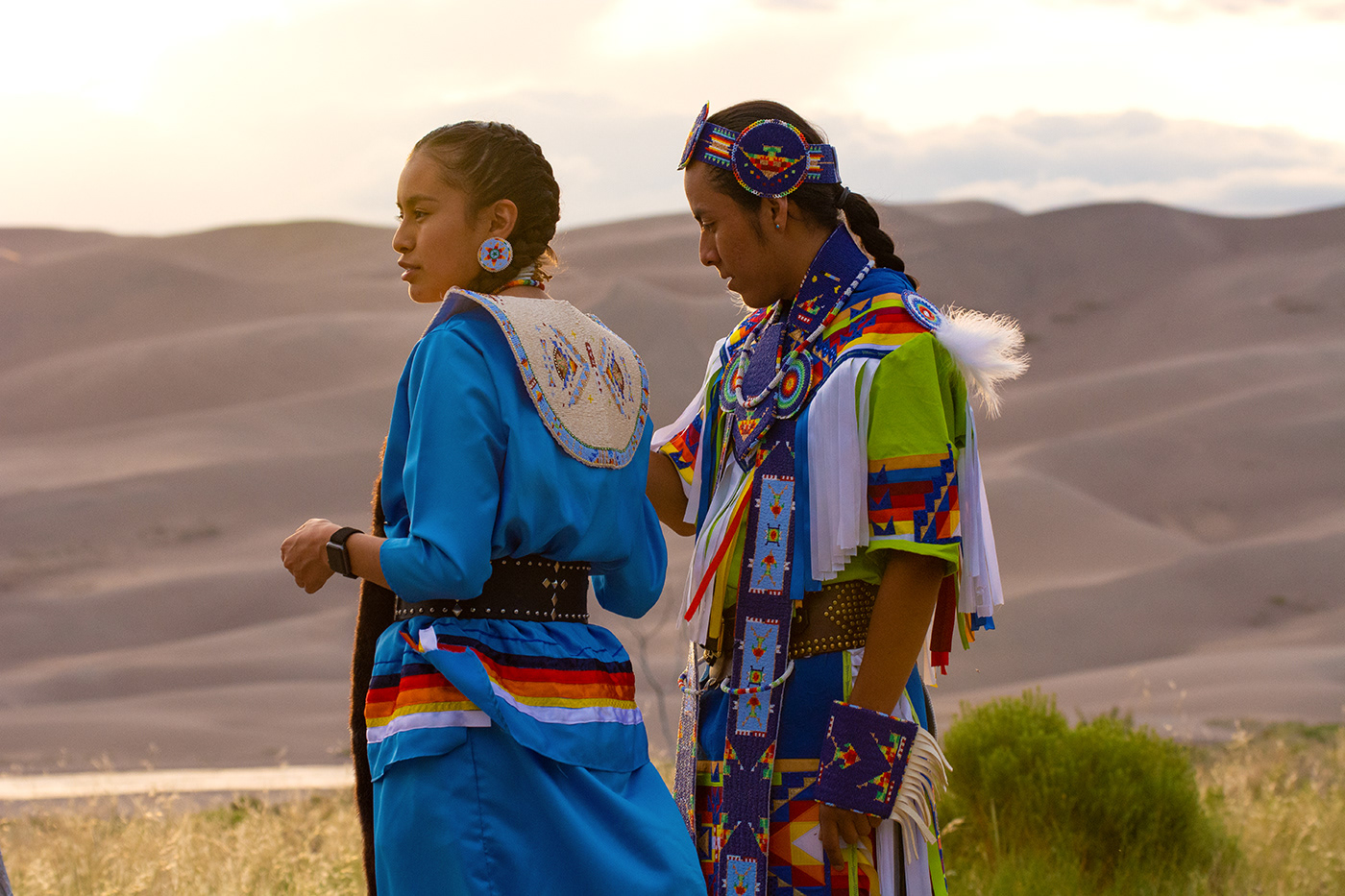
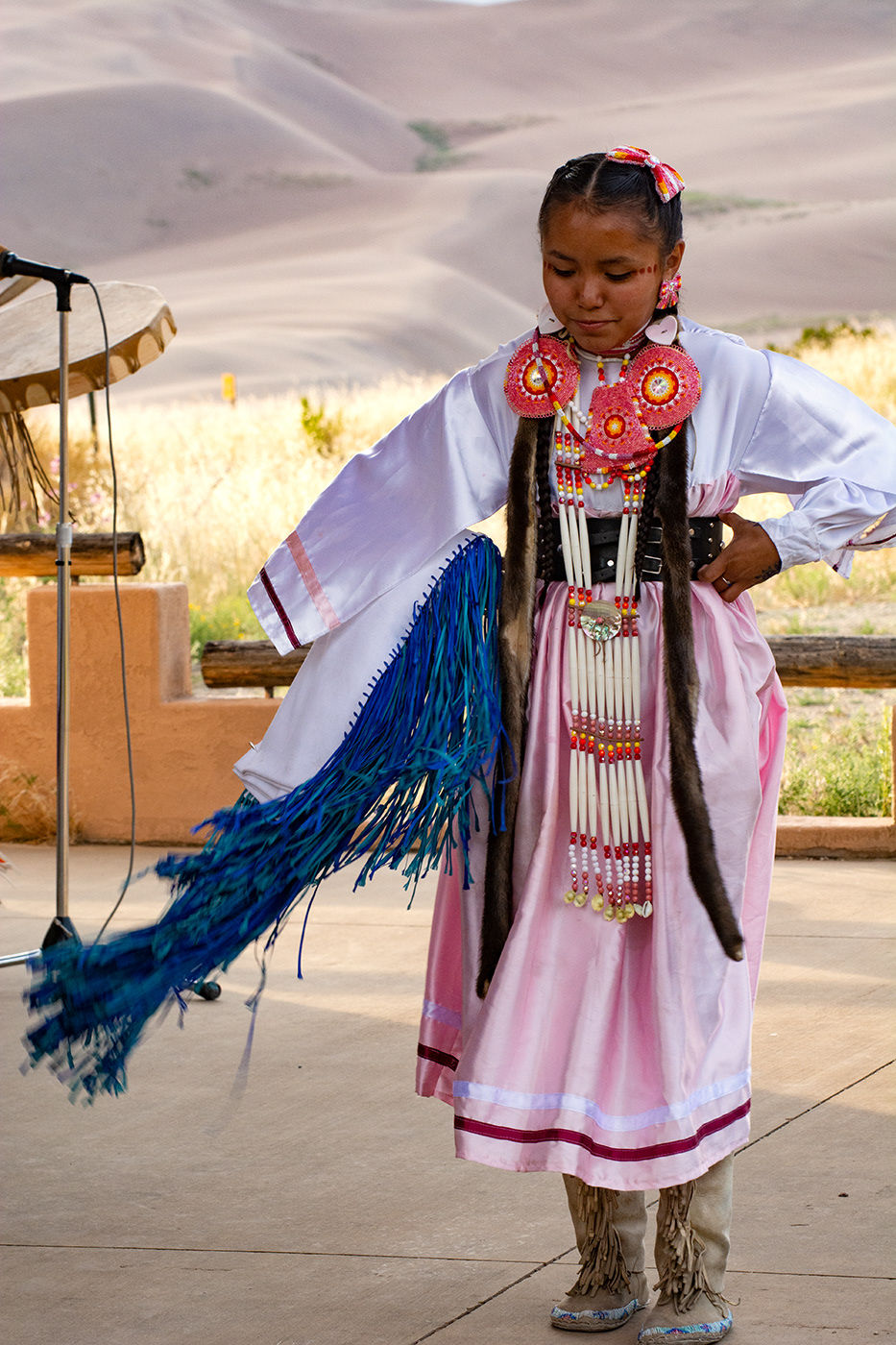
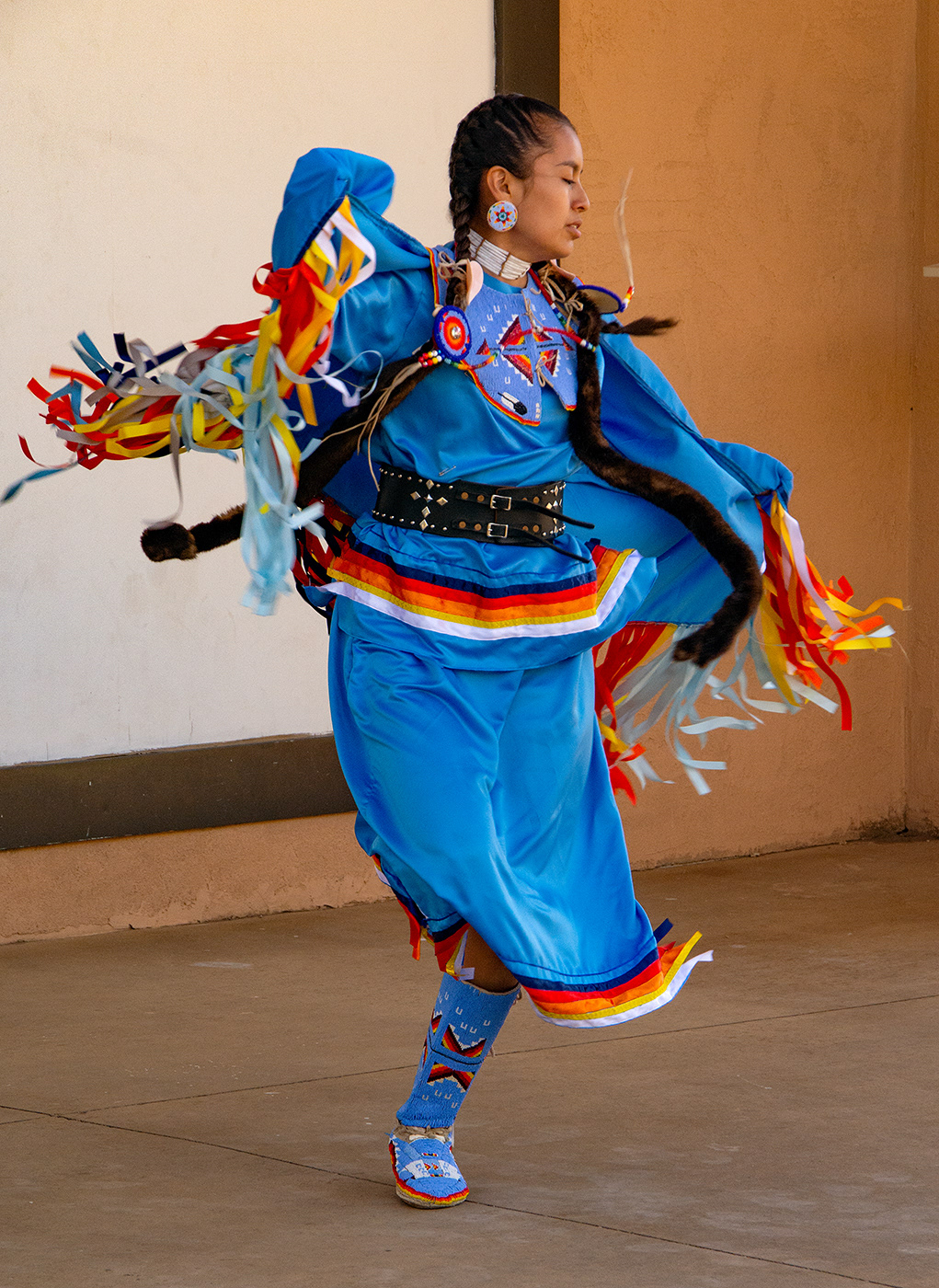
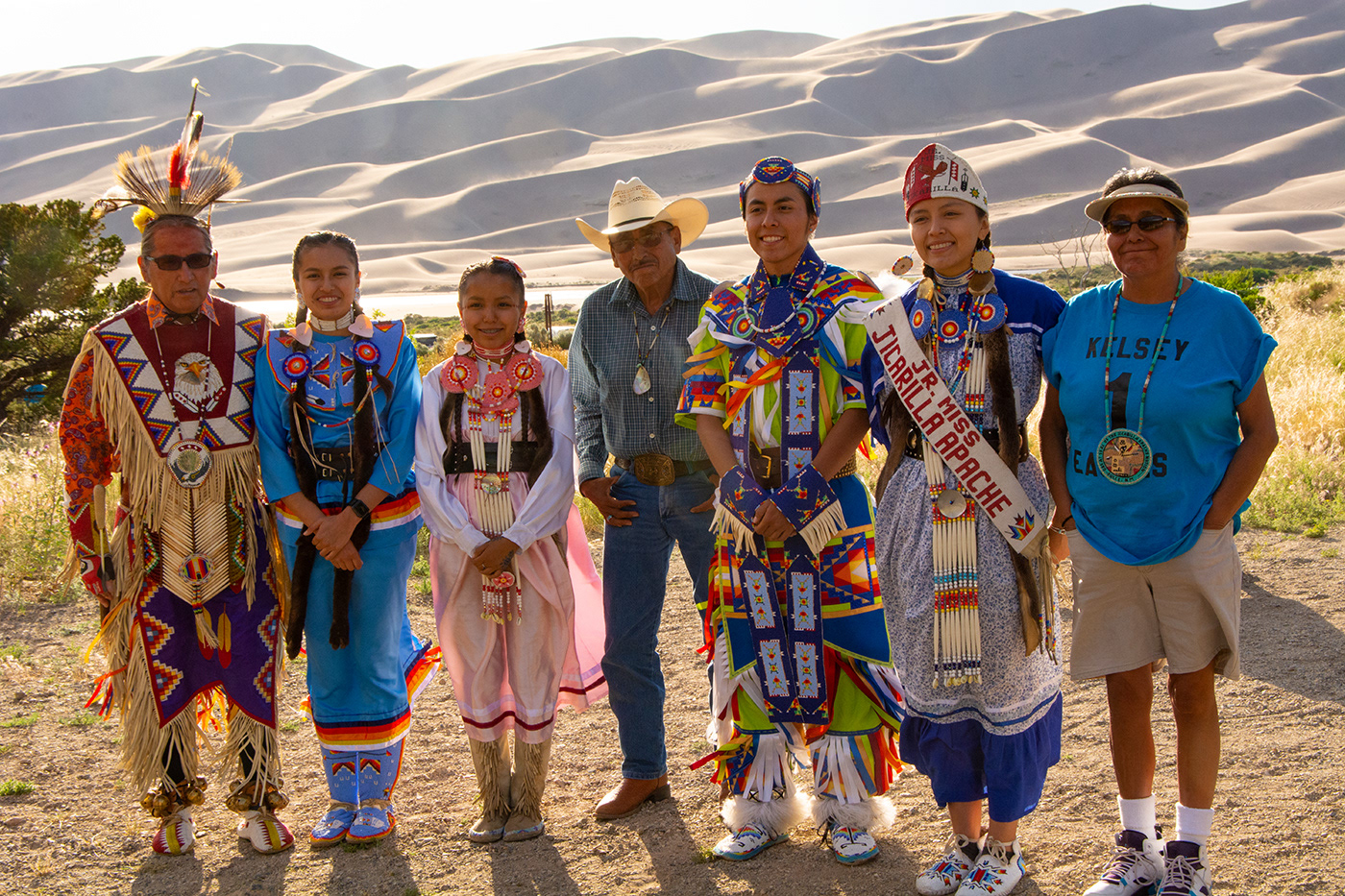
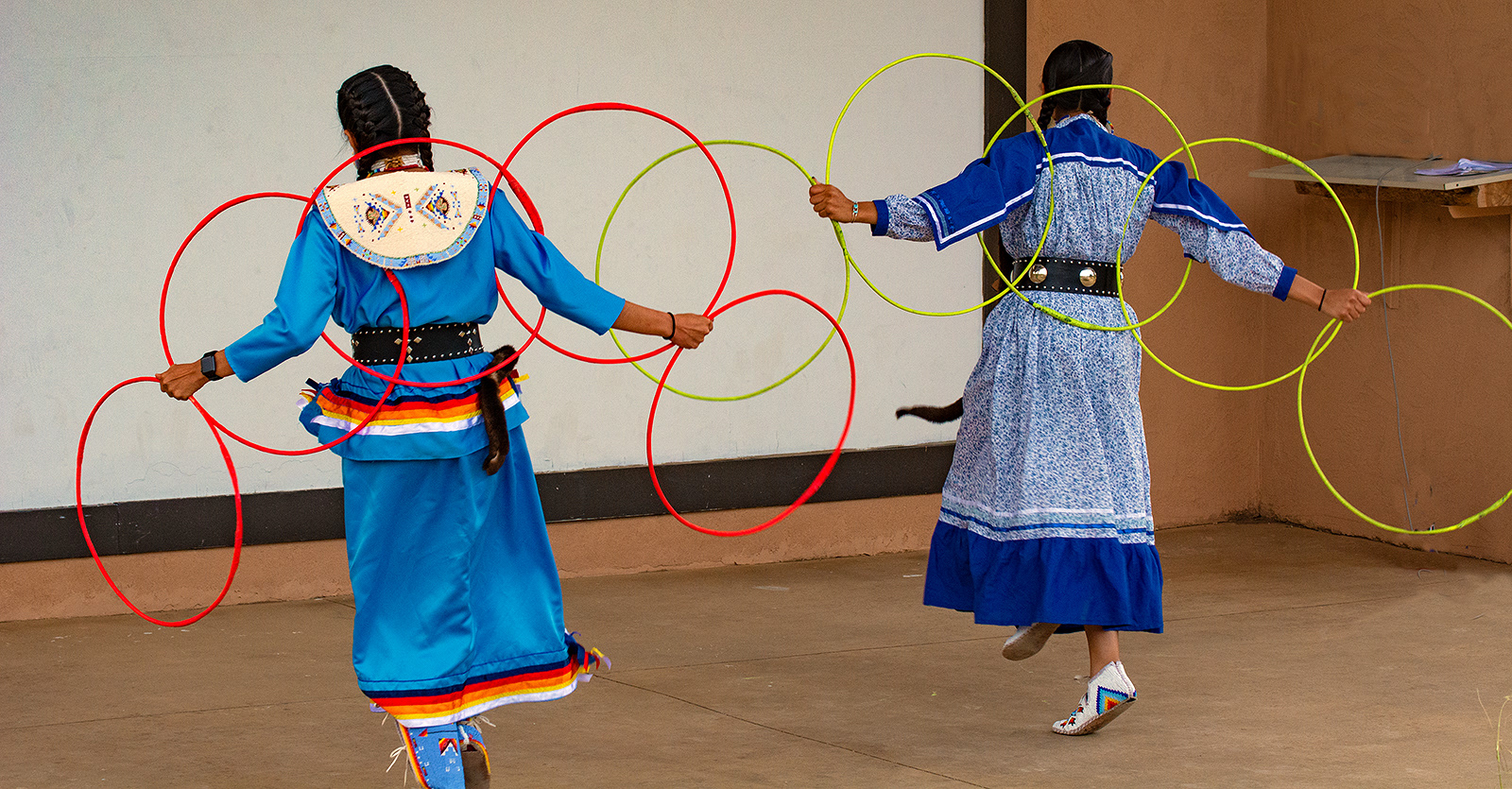
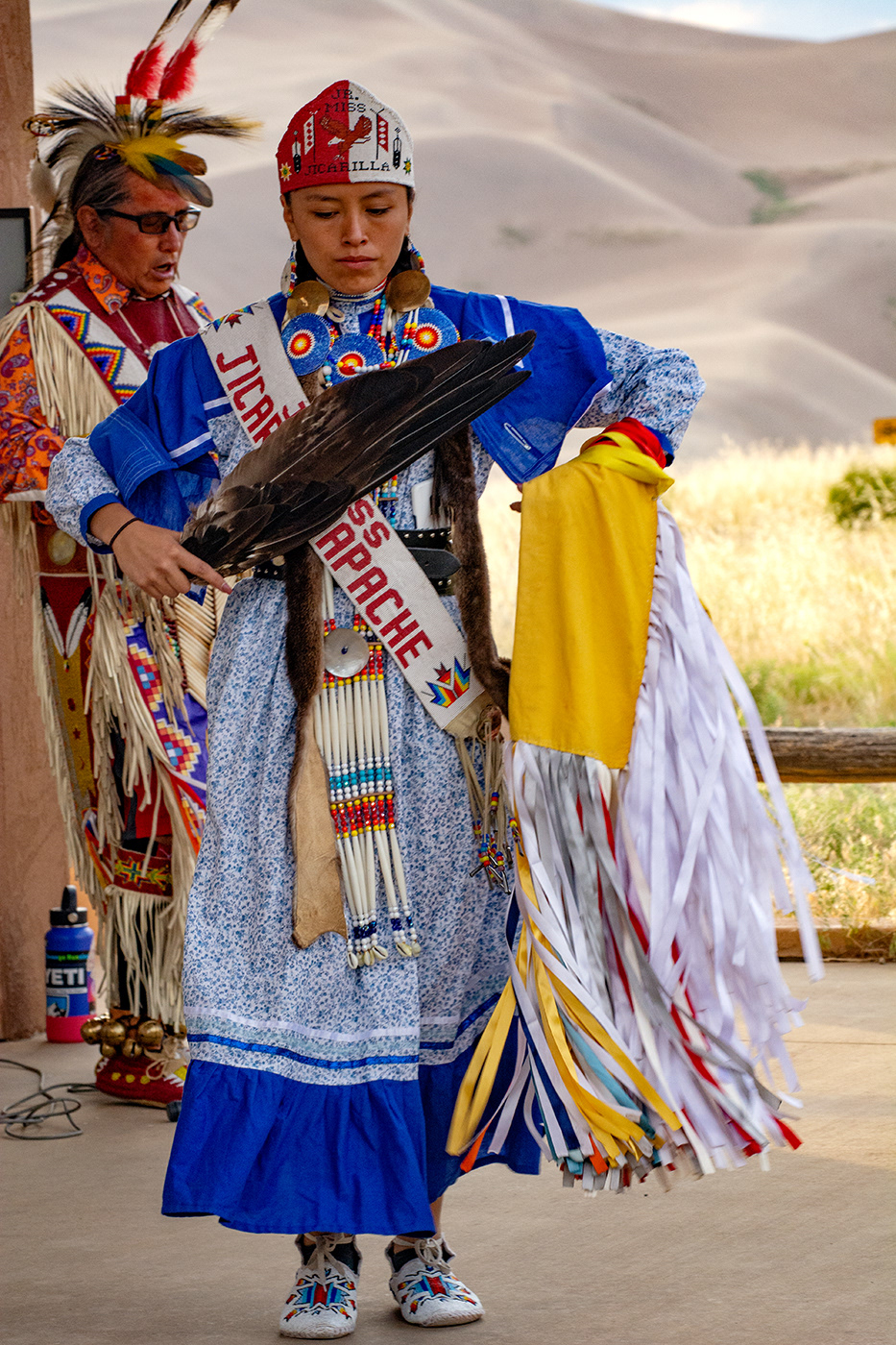
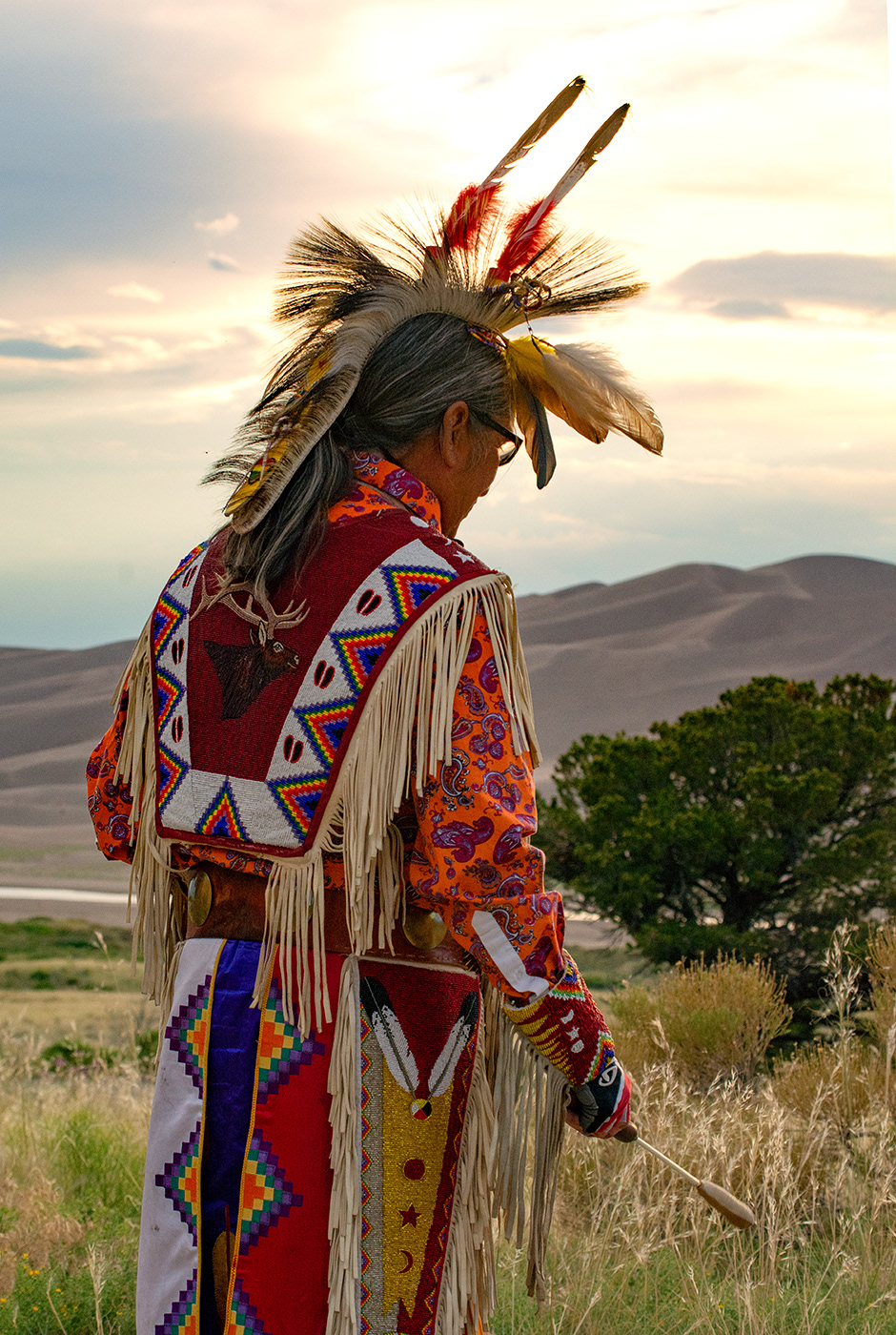
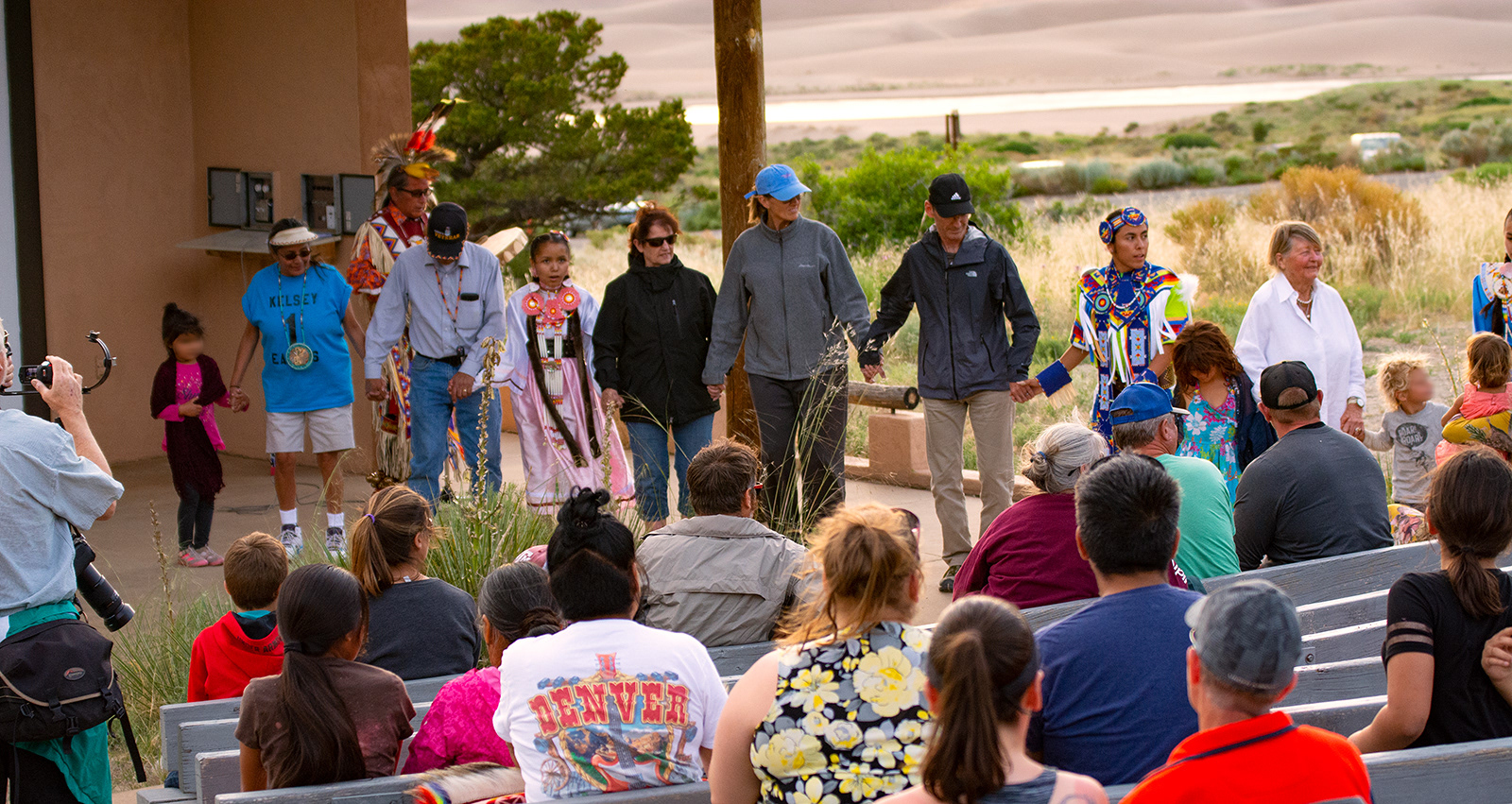
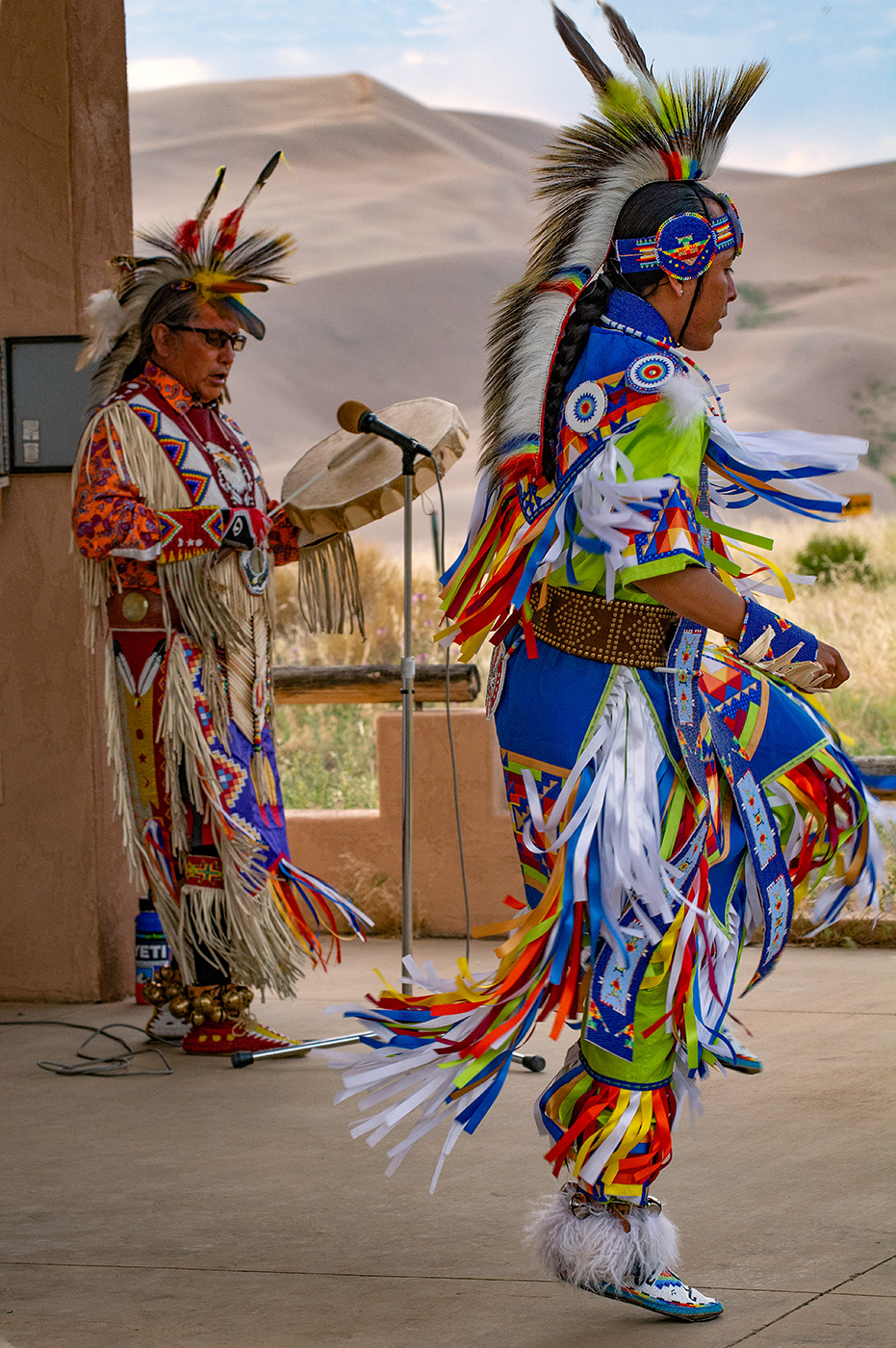
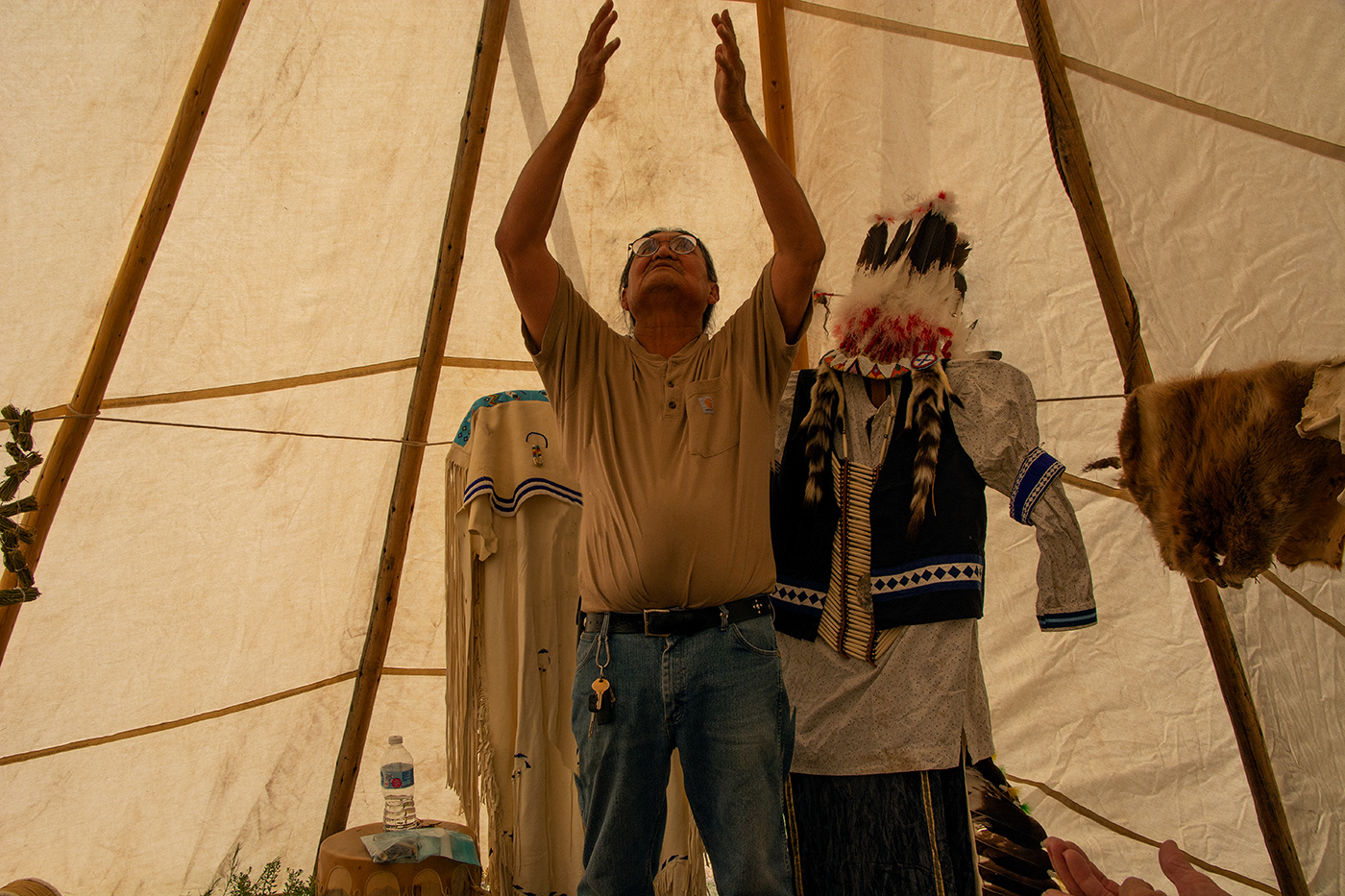
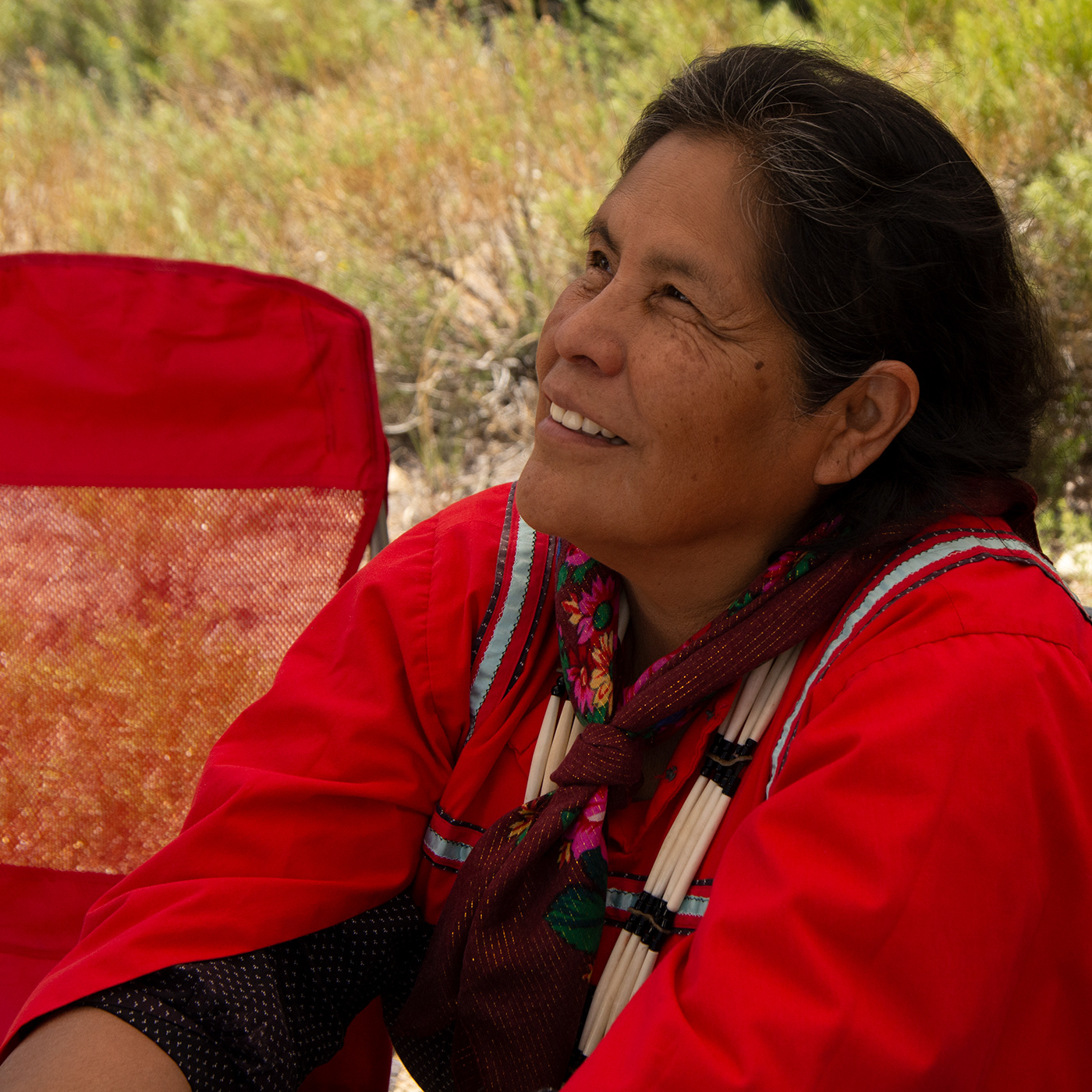
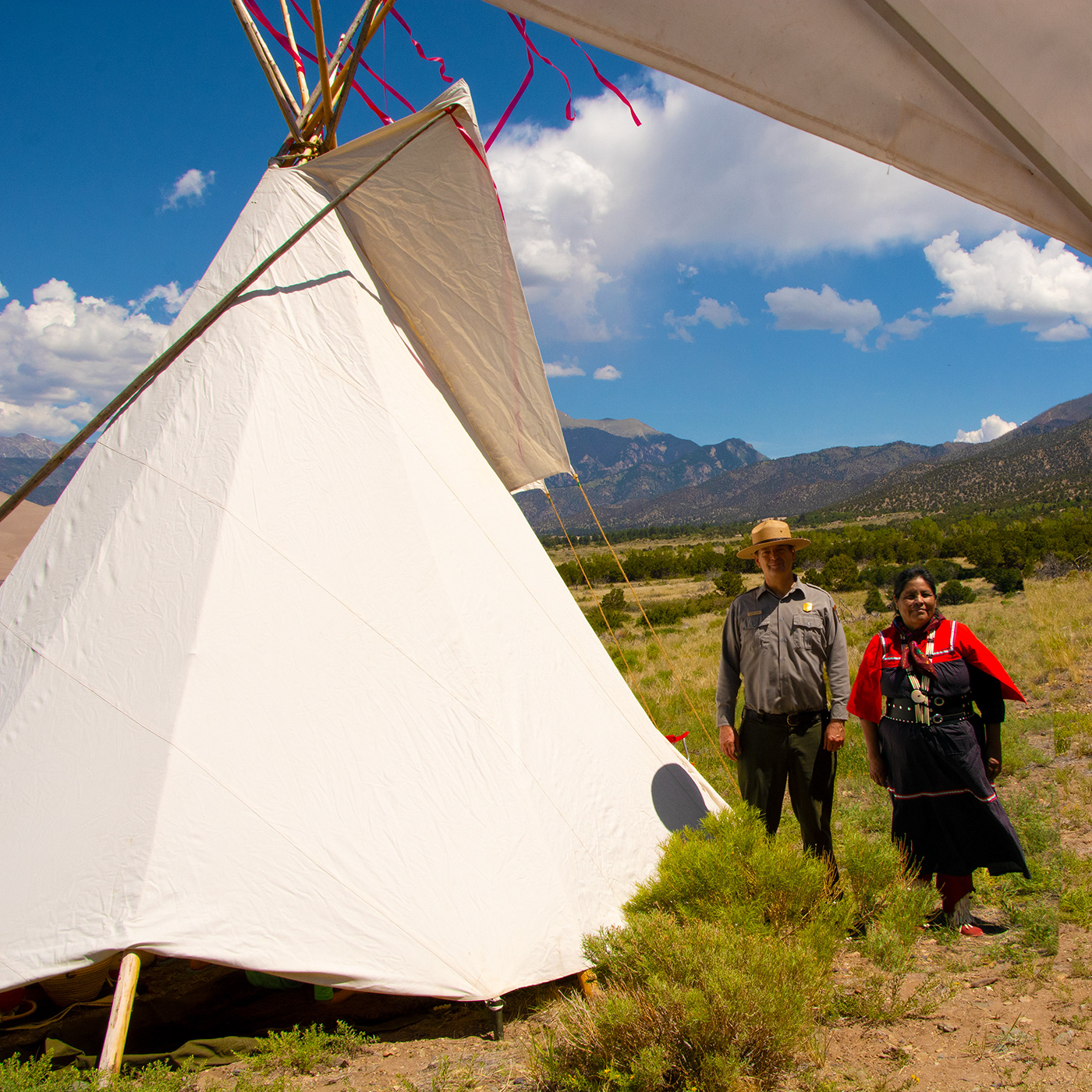
July 30, 2019
It was an honor to host members of the Jicarilla Apache Nation at Great Sand Dunes National Park for a full day and evening of storytelling in a tipi, craft demonstrations, and dance. While assisting with tipi setup and other logistics, I visited with them and tried to capture some moments from this special event.
This tribe has a longtime connection with Great Sand Dunes. For centuries here in this unique landscape, they have hunted, gathered, danced, and collected black magnetite sand for paintings.
__________
March 14, 2019
I photographed my grandmother's moccasins in tall grasses (left), and put beside it a photo of her wearing them. I have vivid memories of visiting her in Oklahoma, where she would greet us with warm hugs, sometimes with these tall moccasins on her feet. On her walls and shelves were various tribal artifacts and artwork. Historical objects have some material value, but far greater are the stories they hold for each generation.
__________
